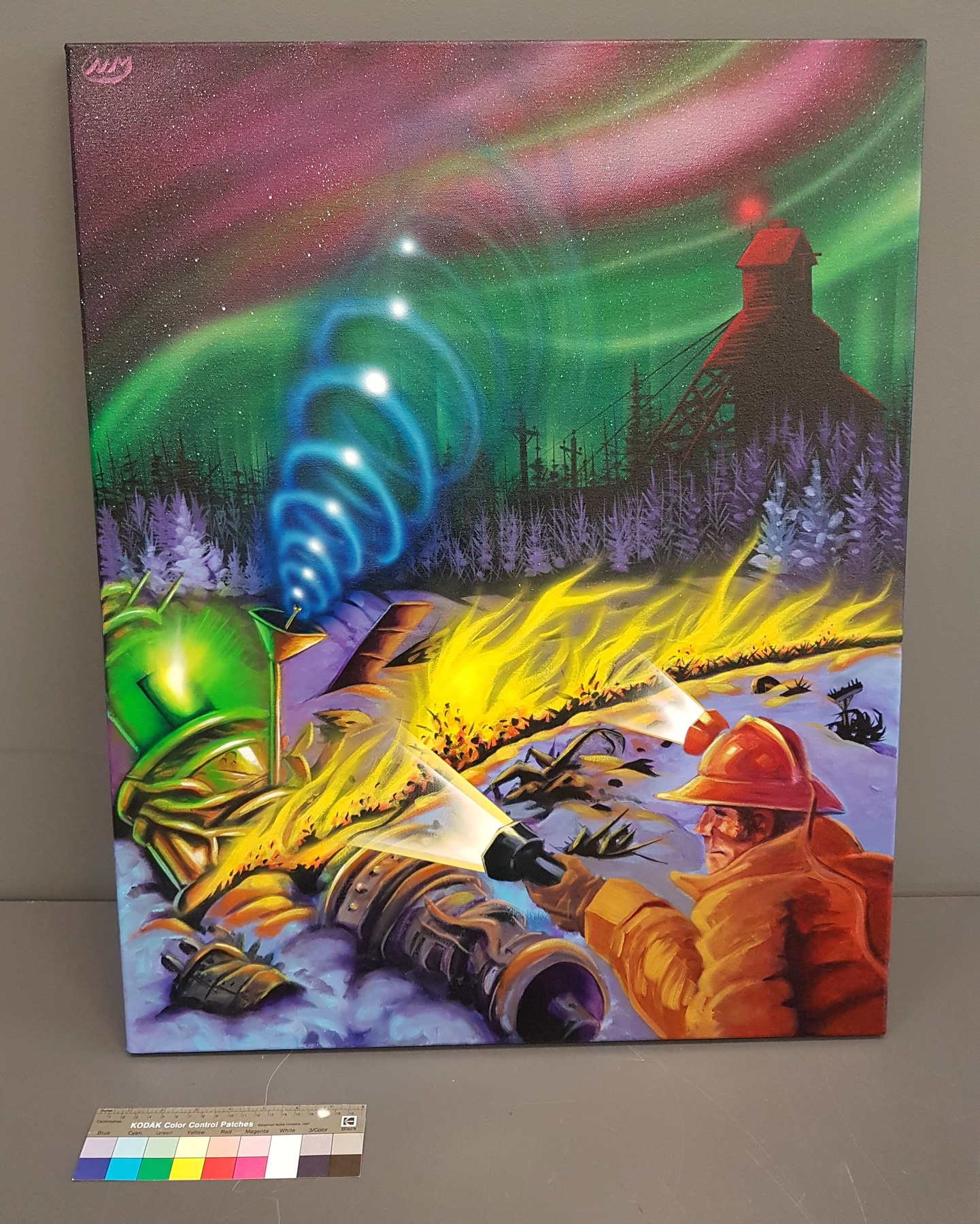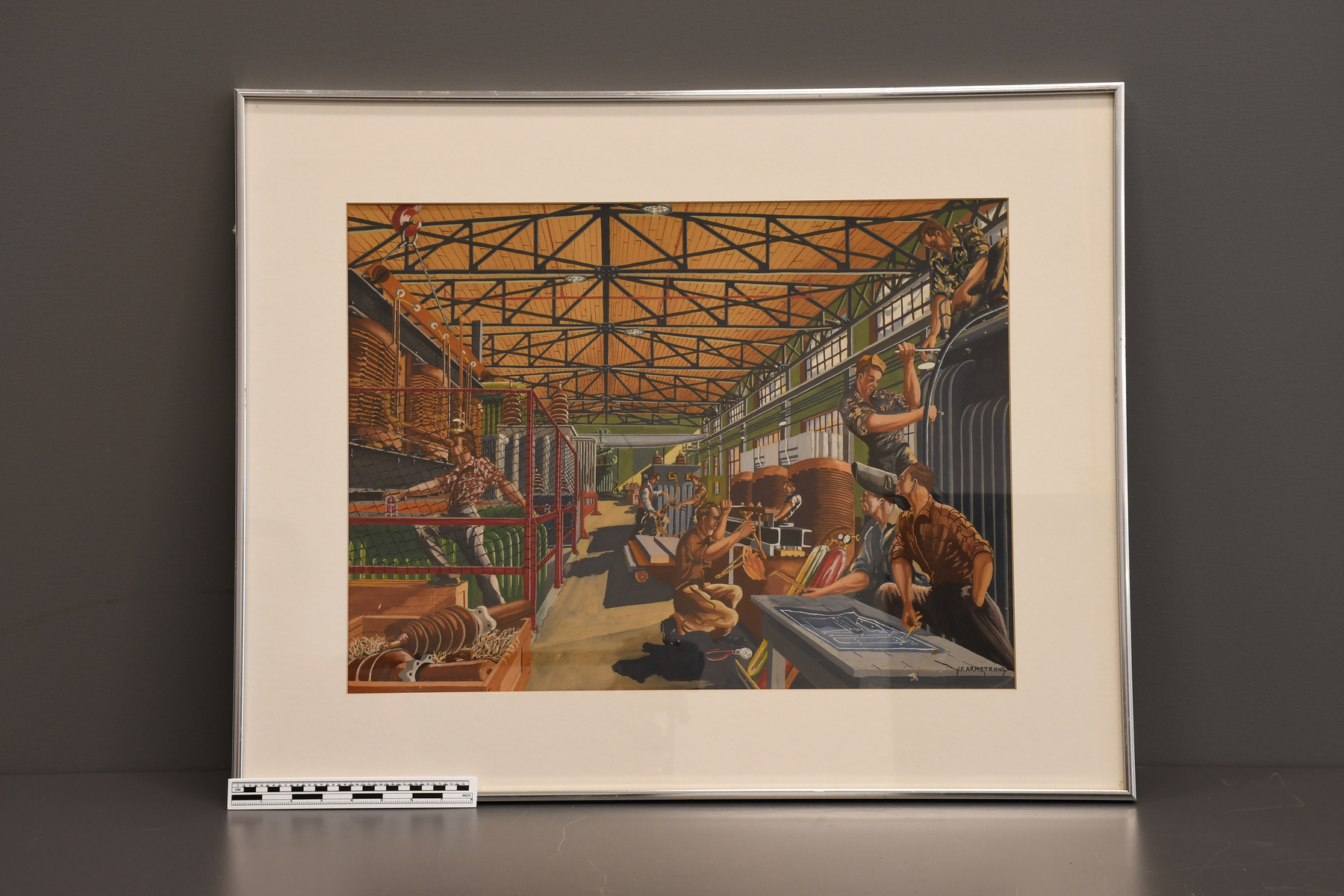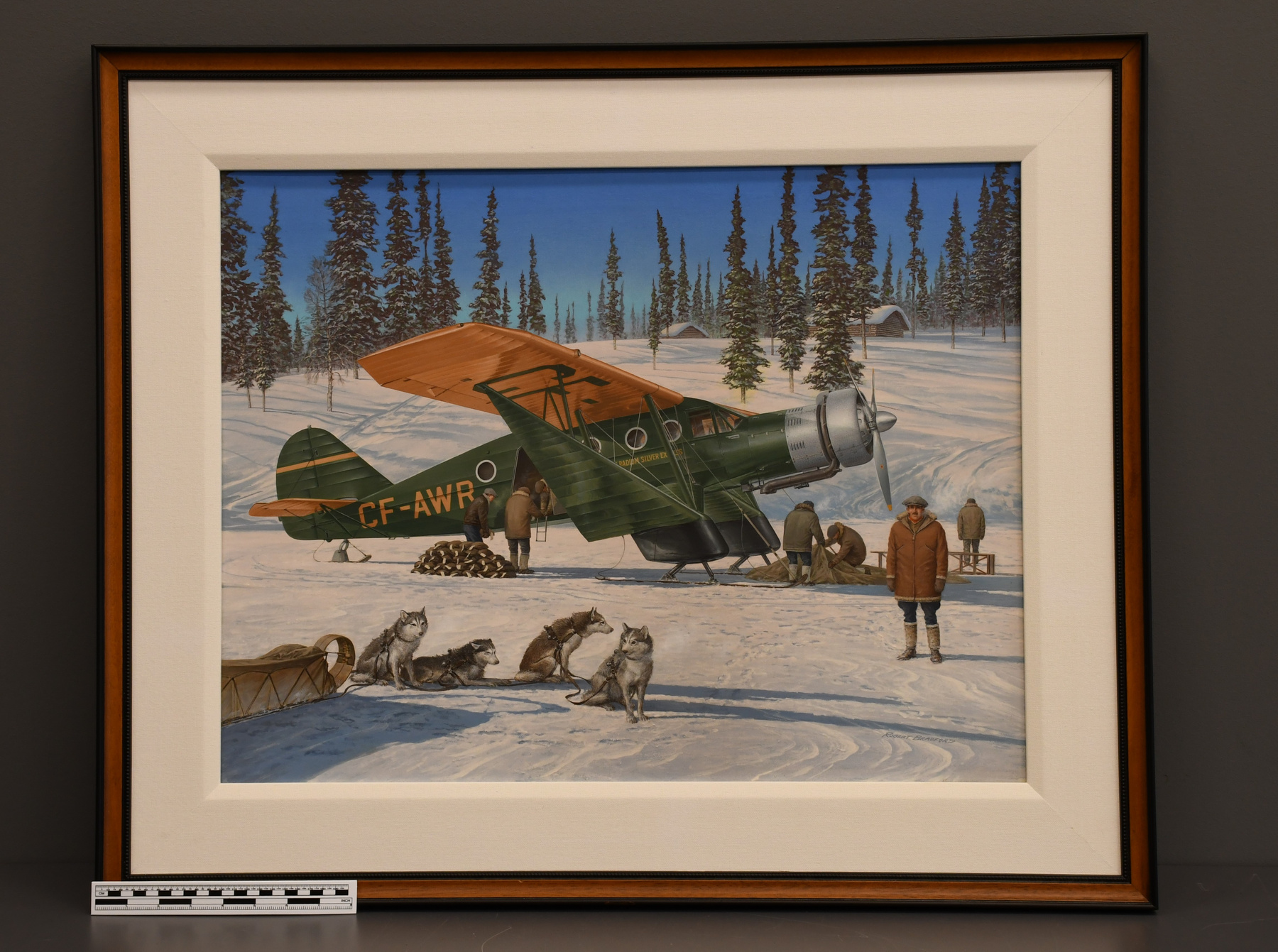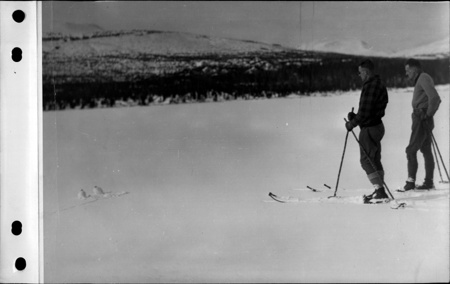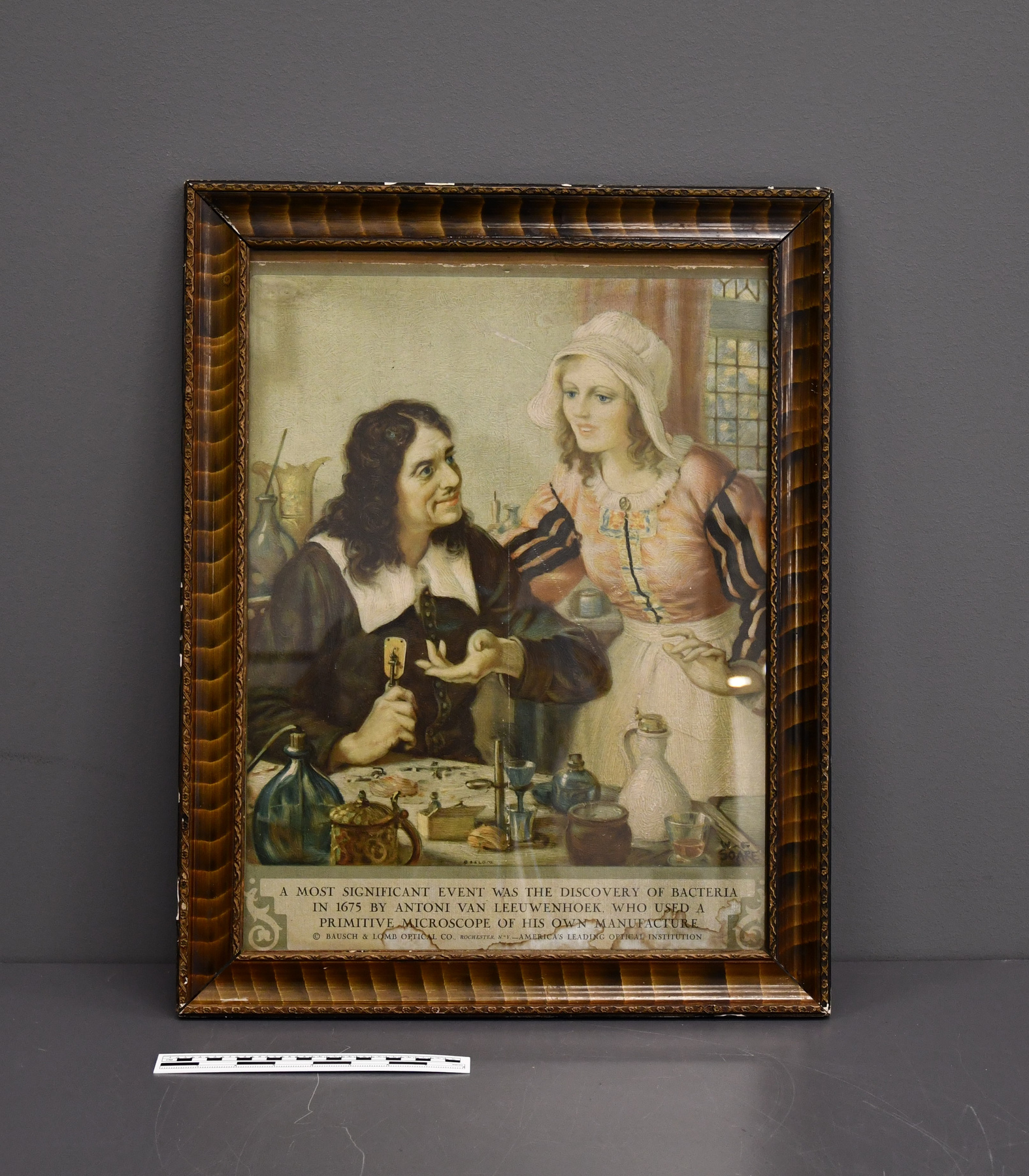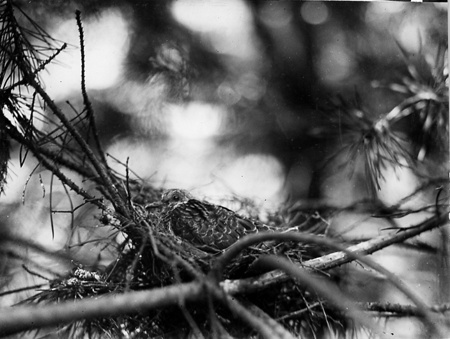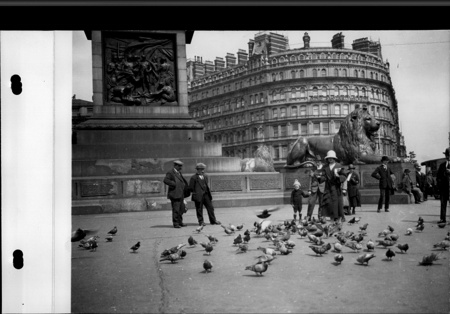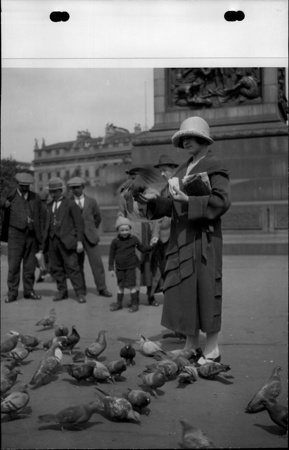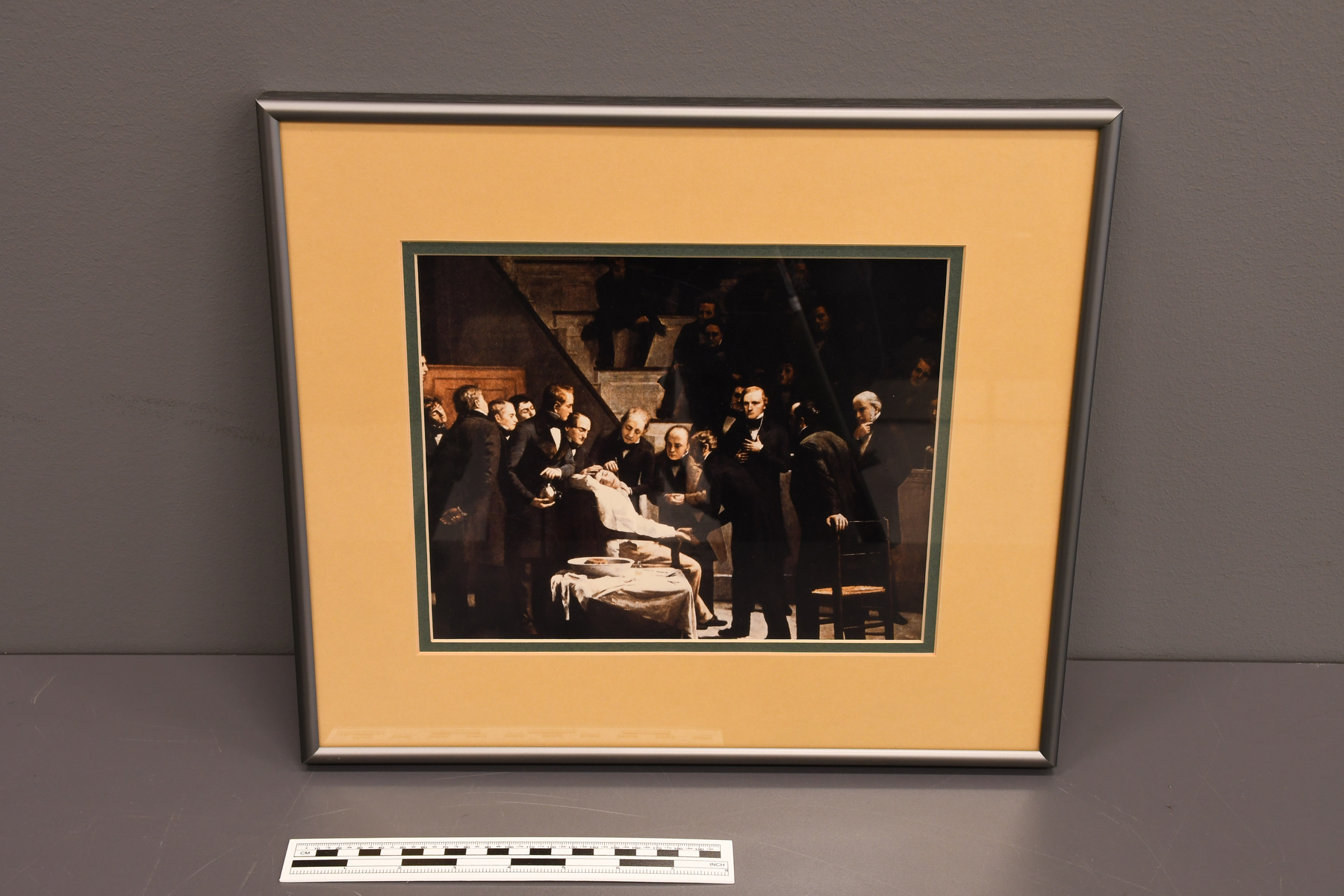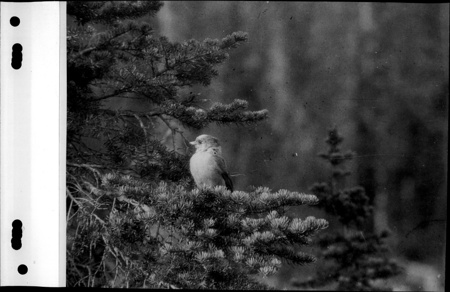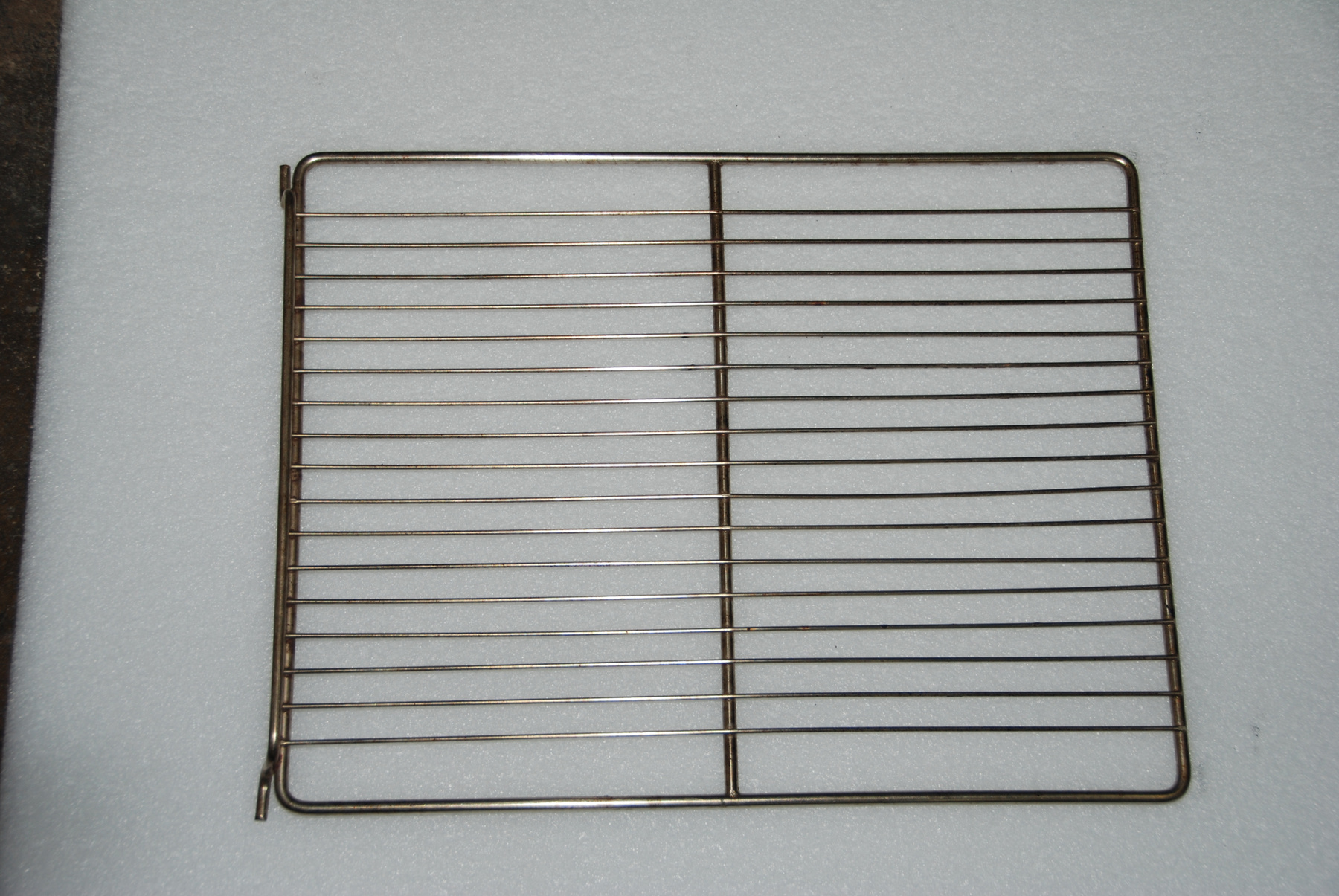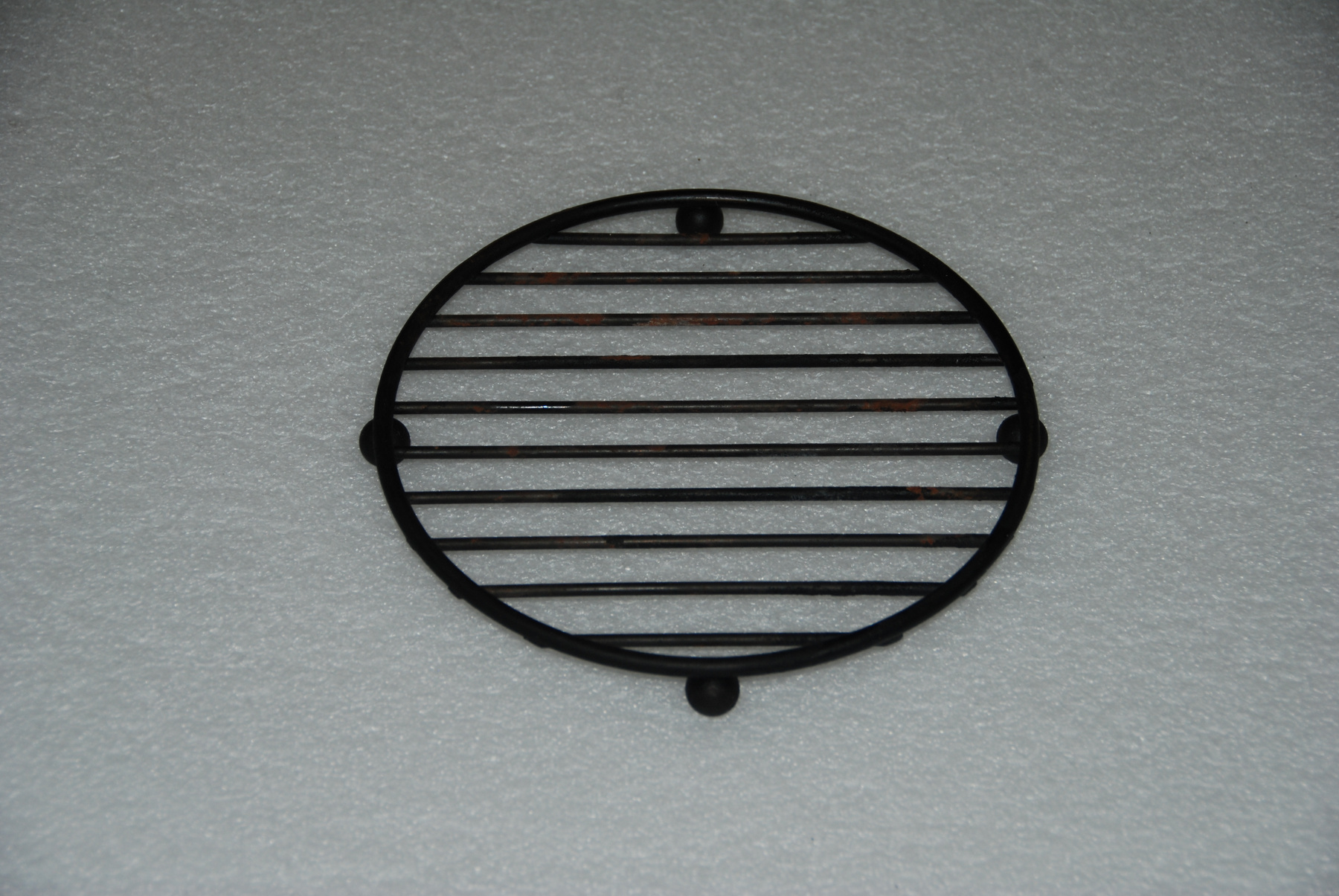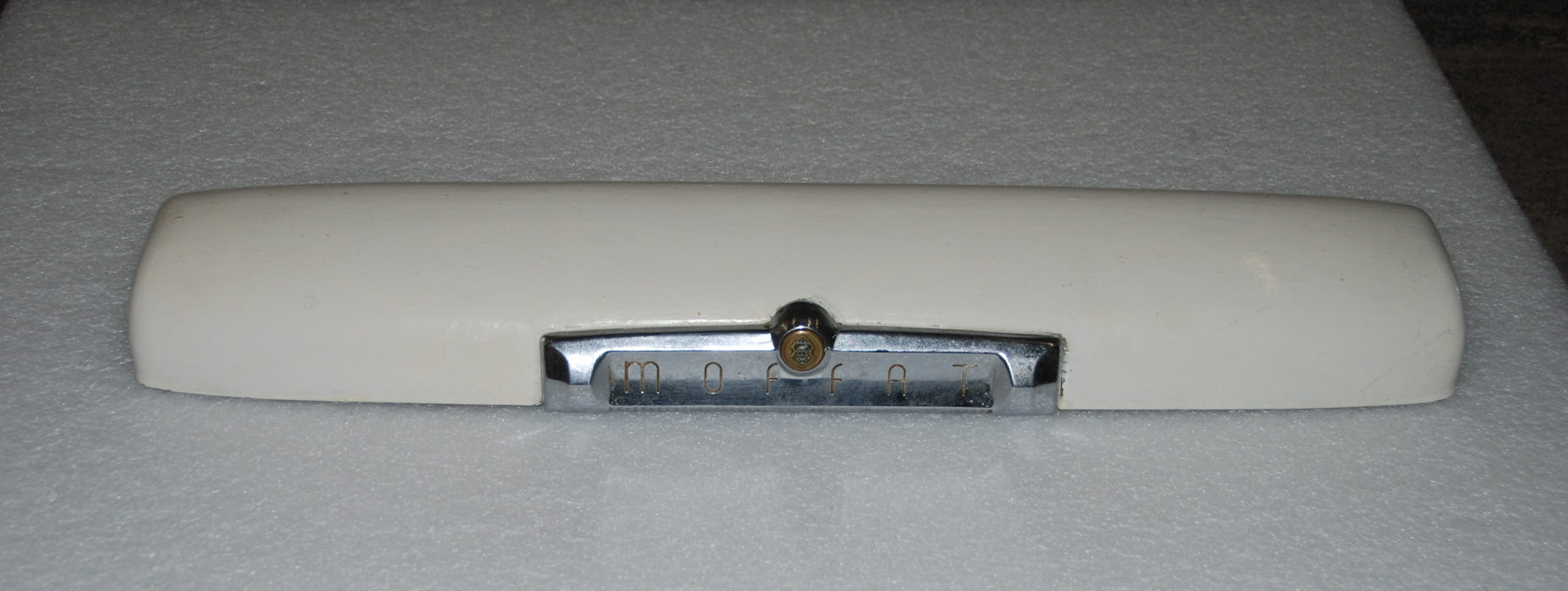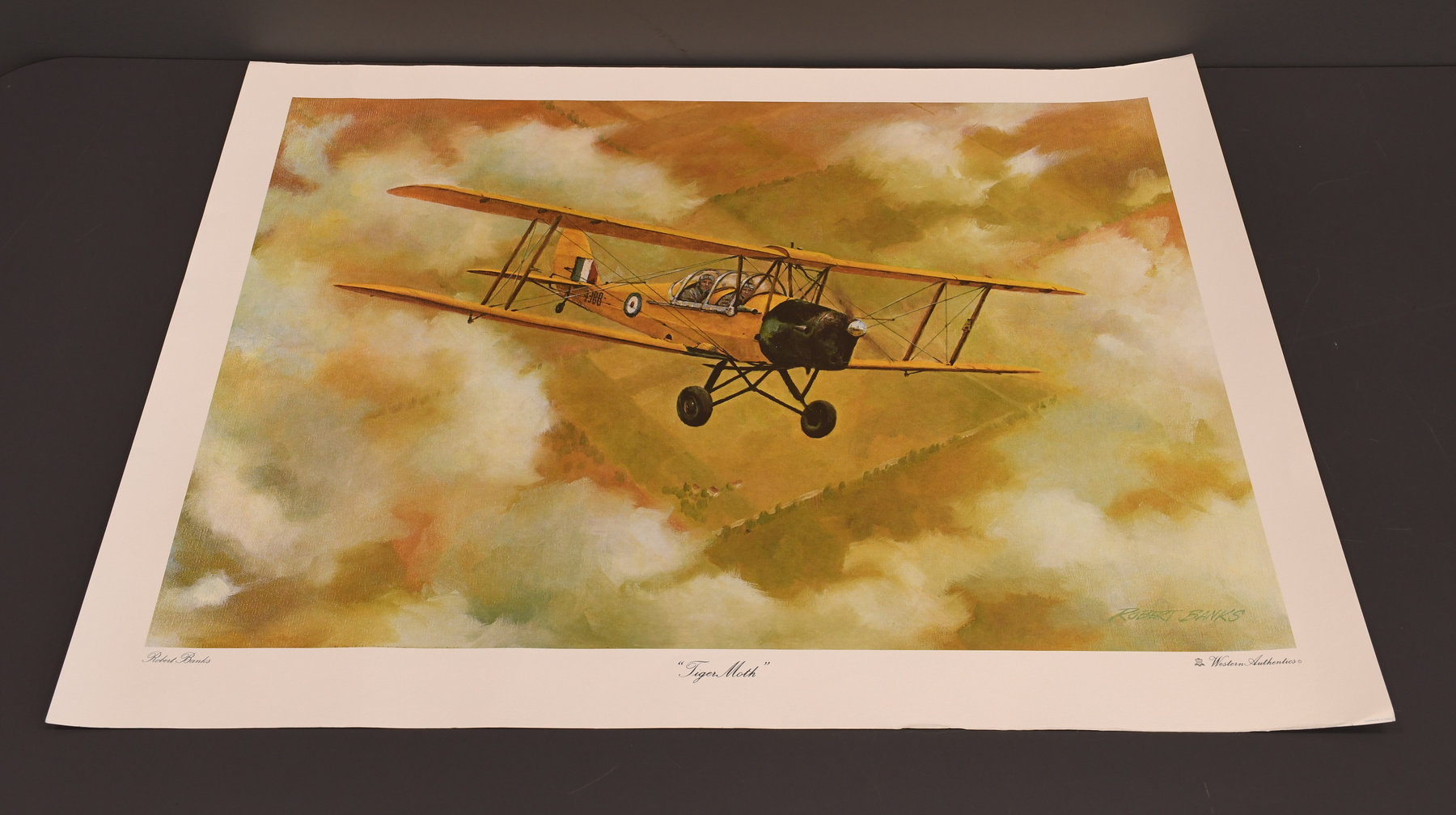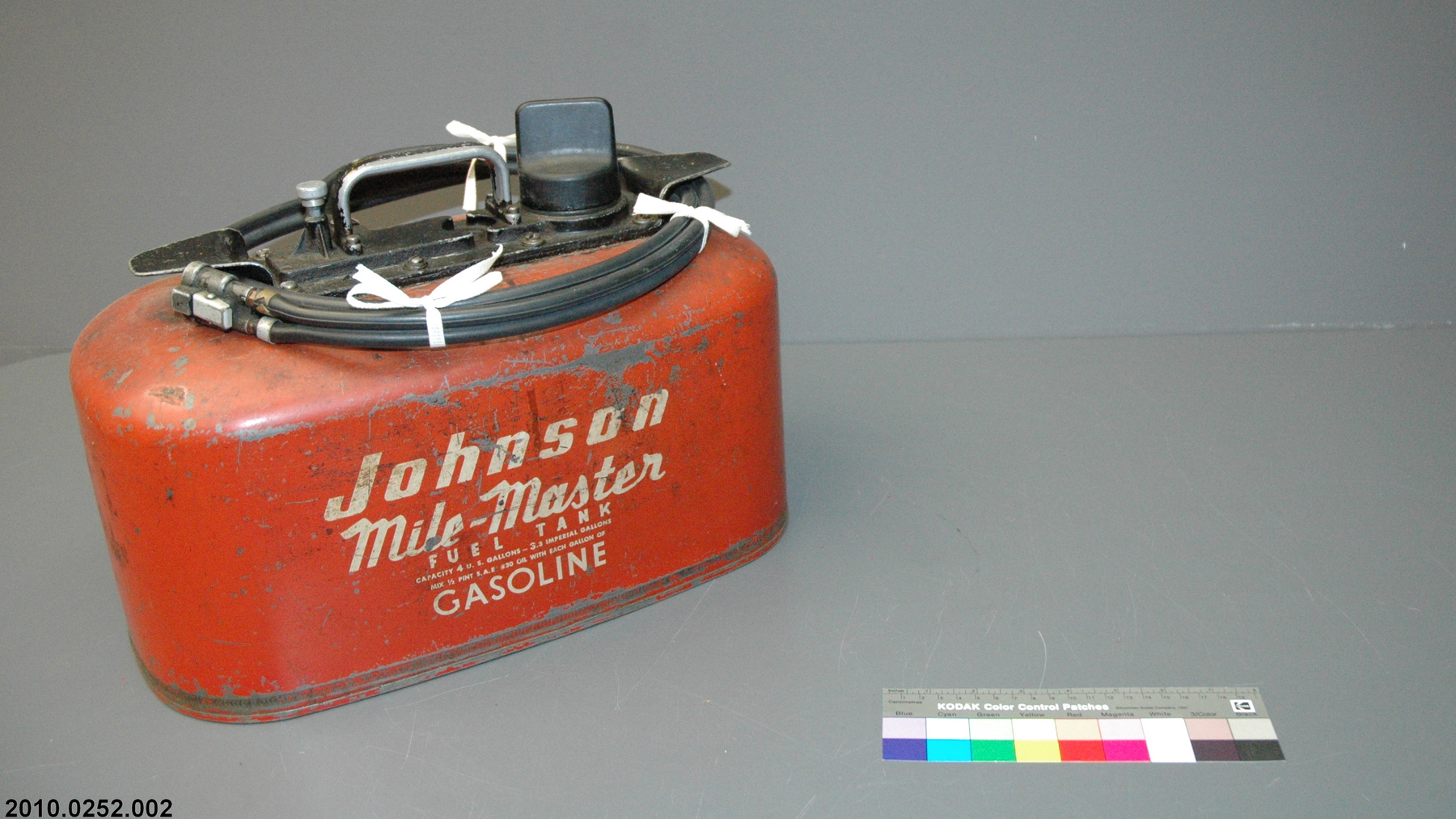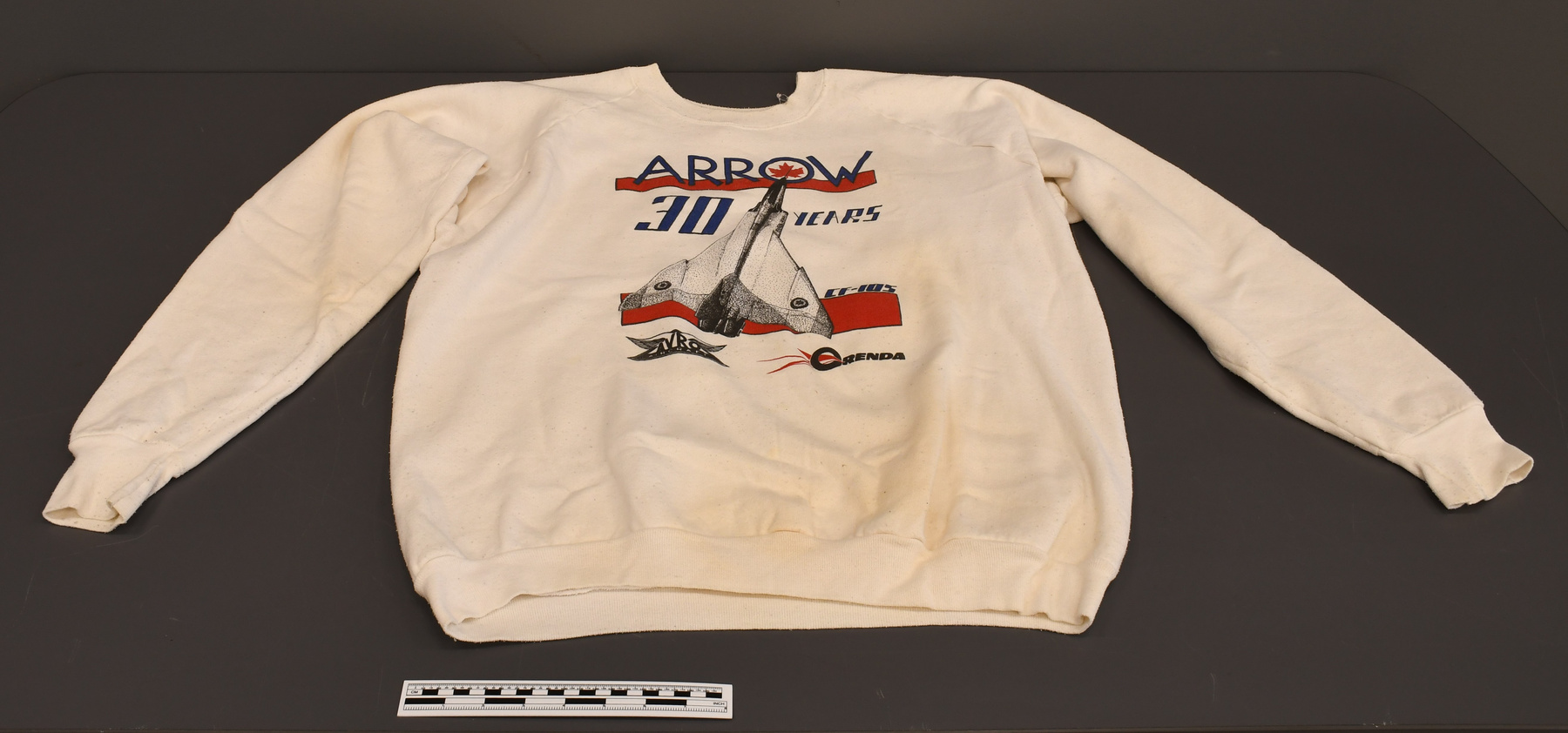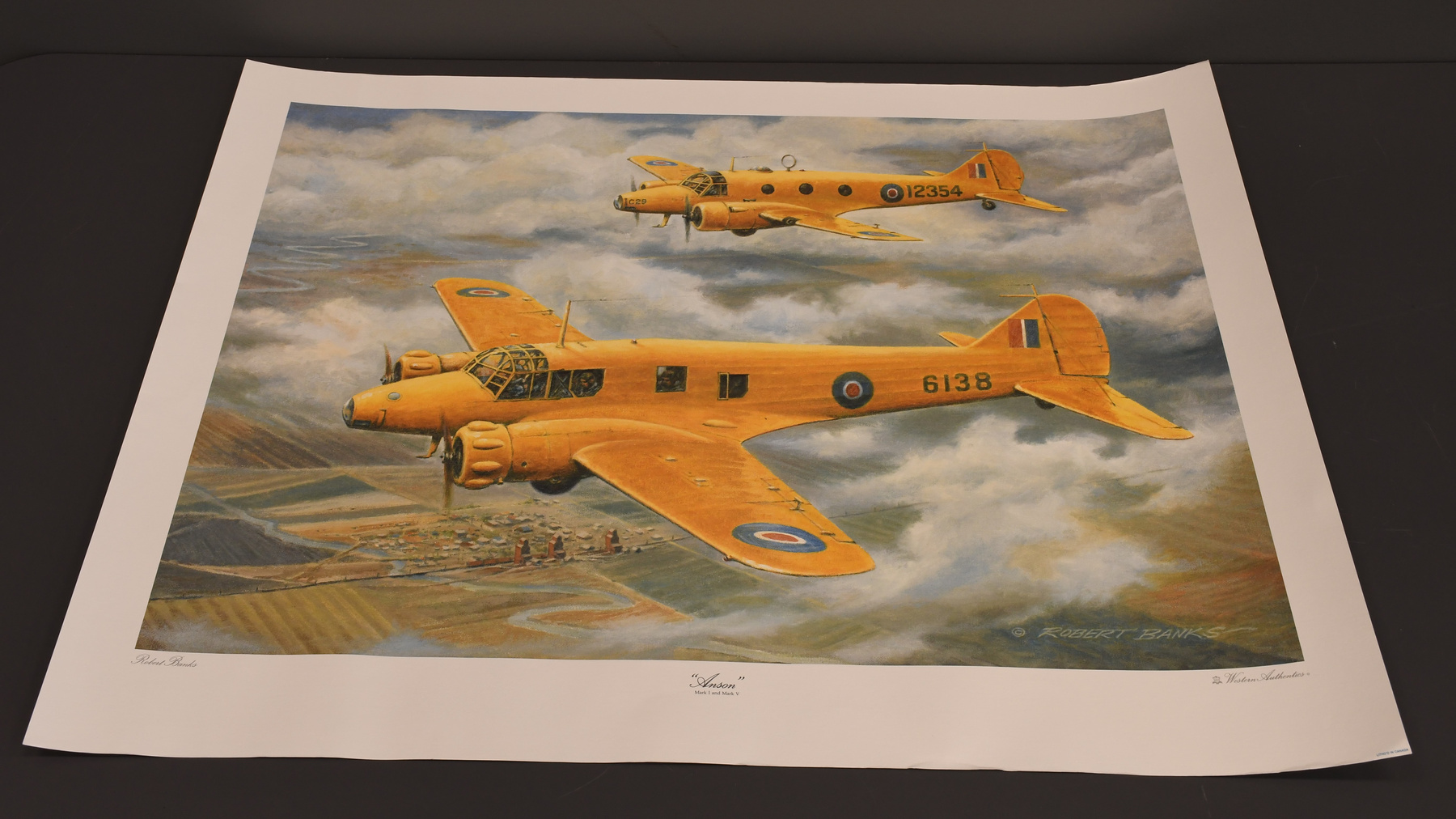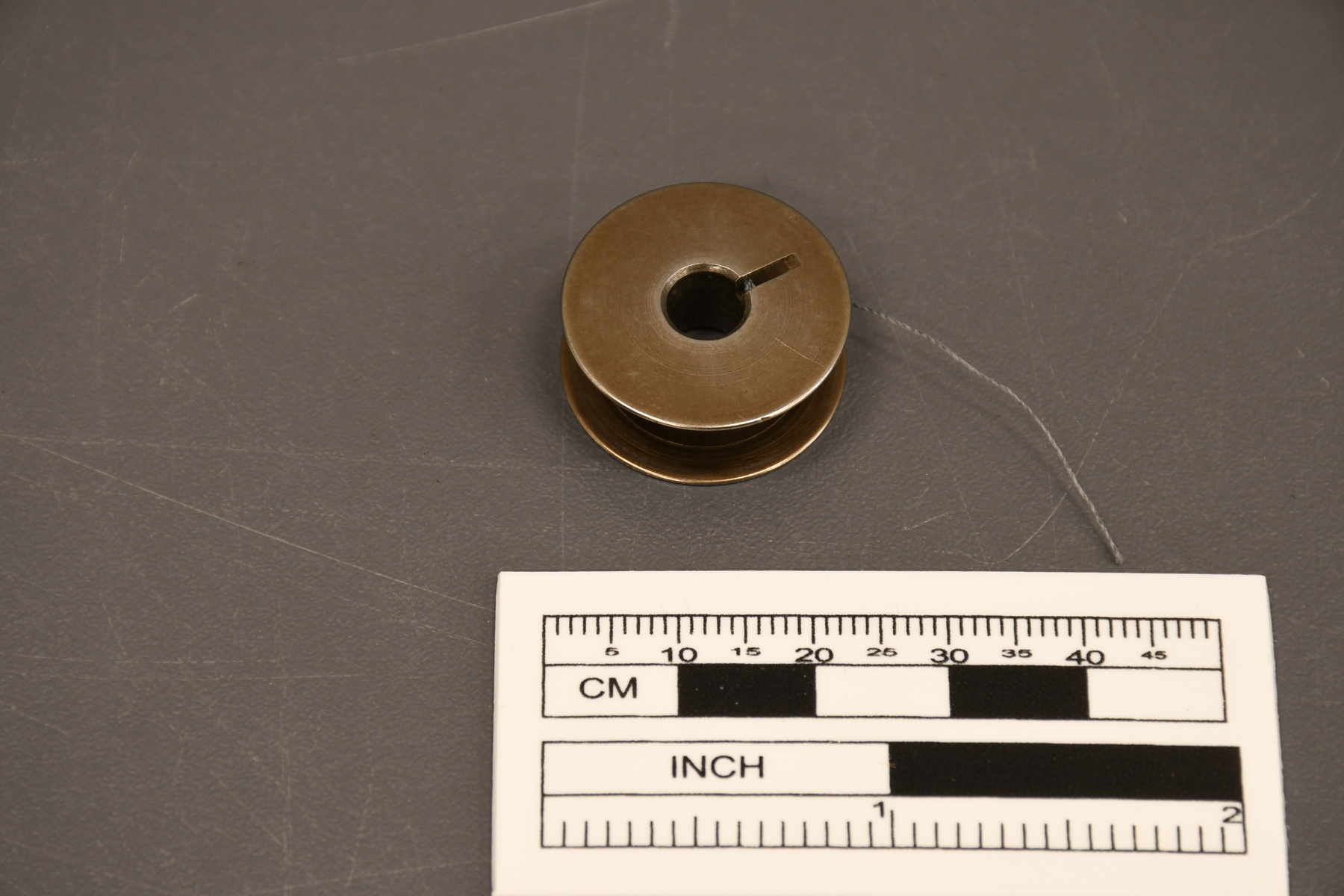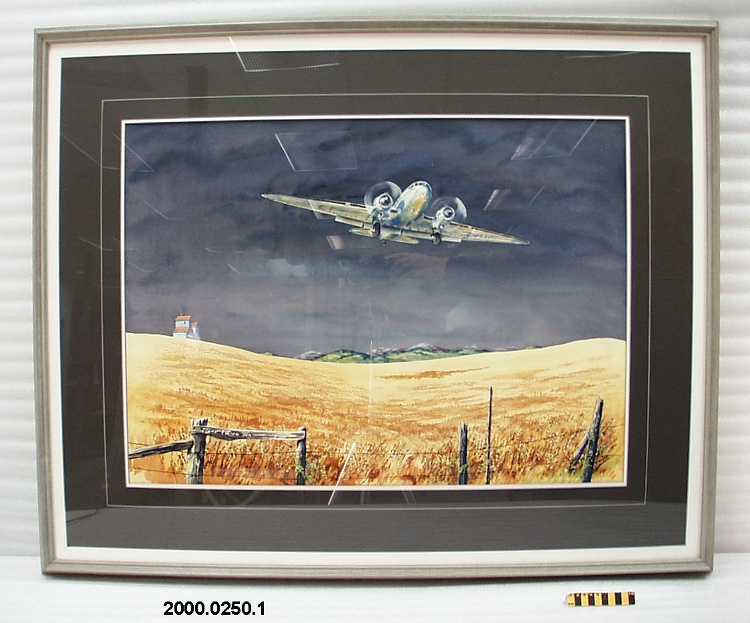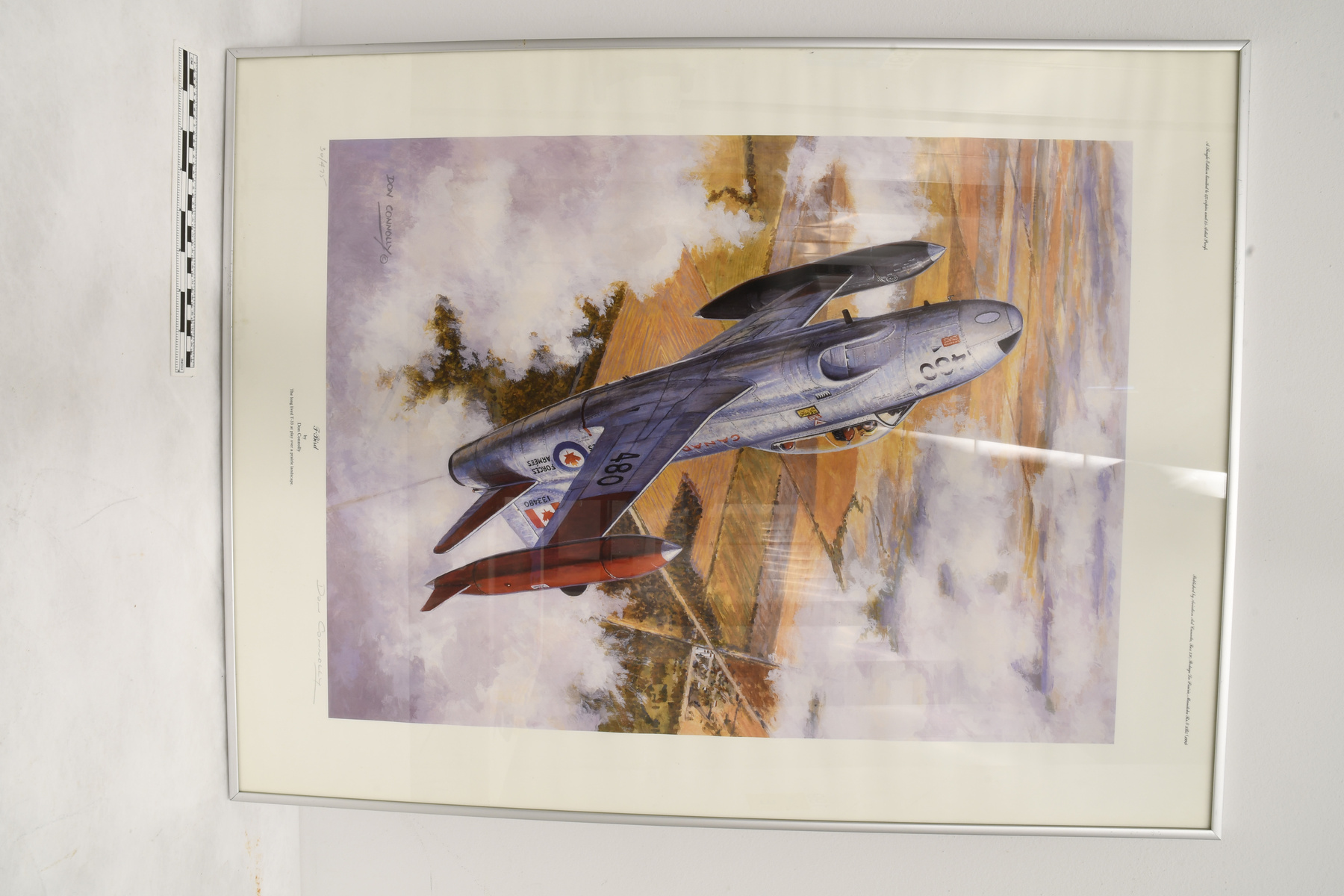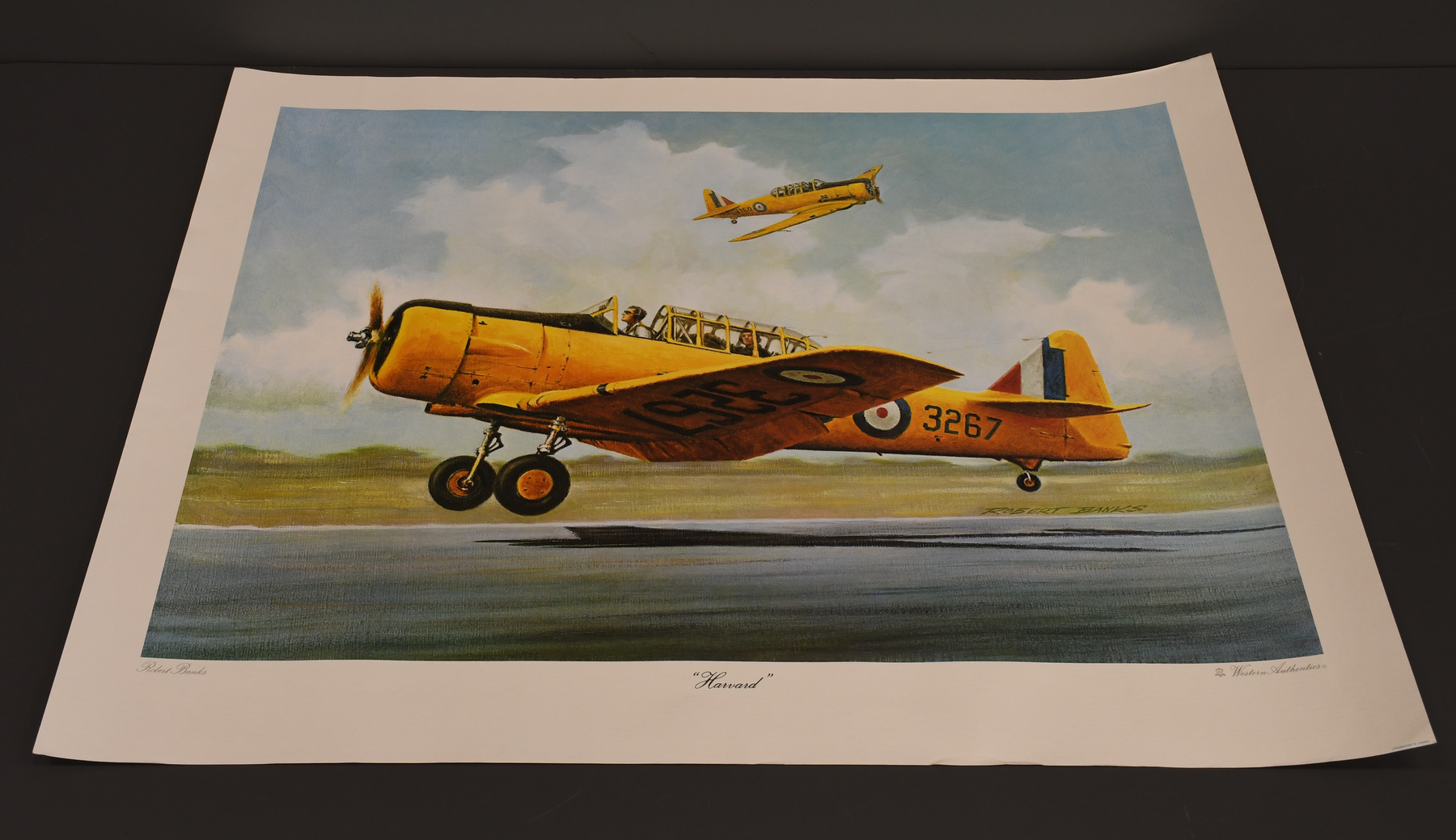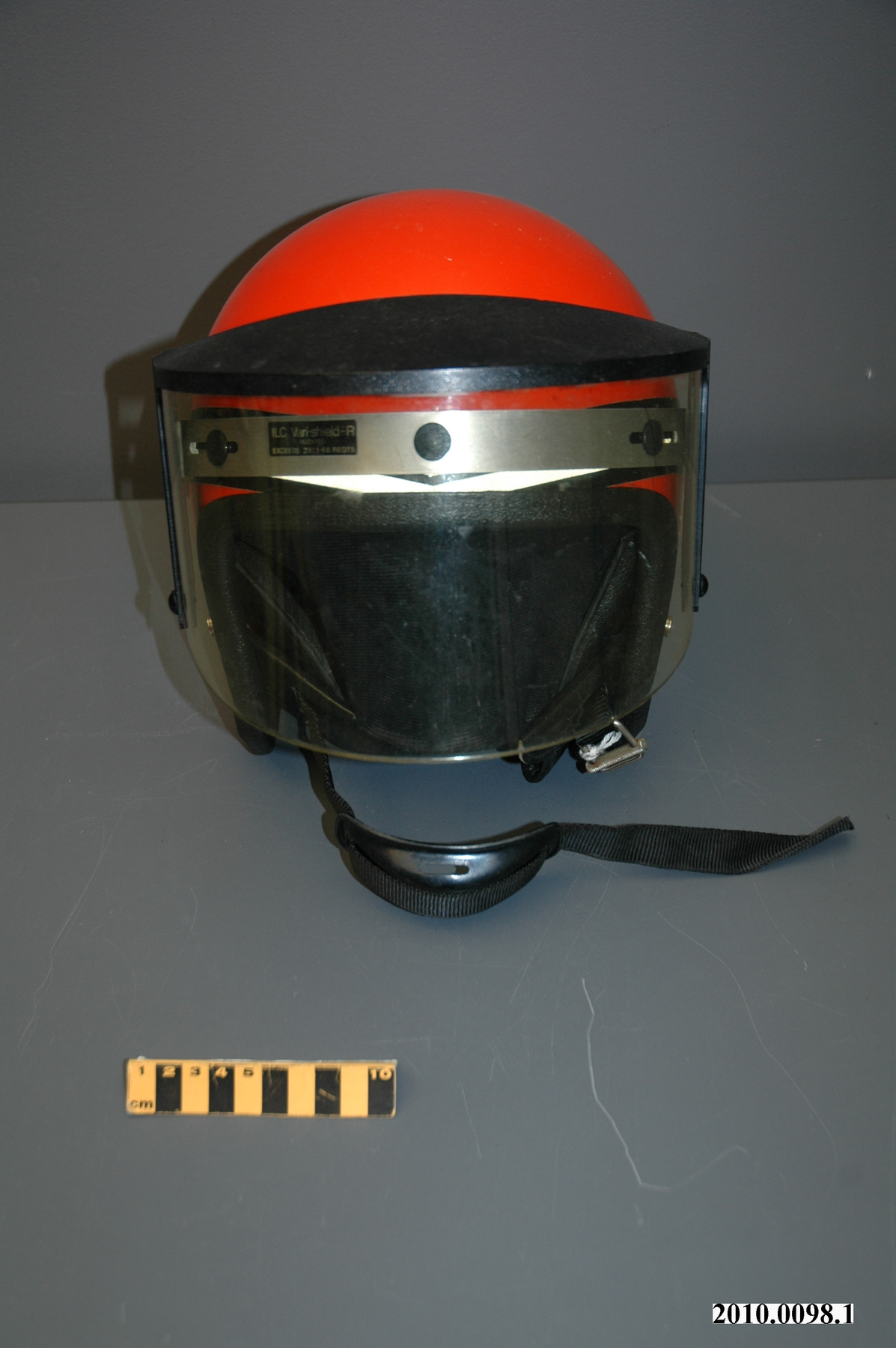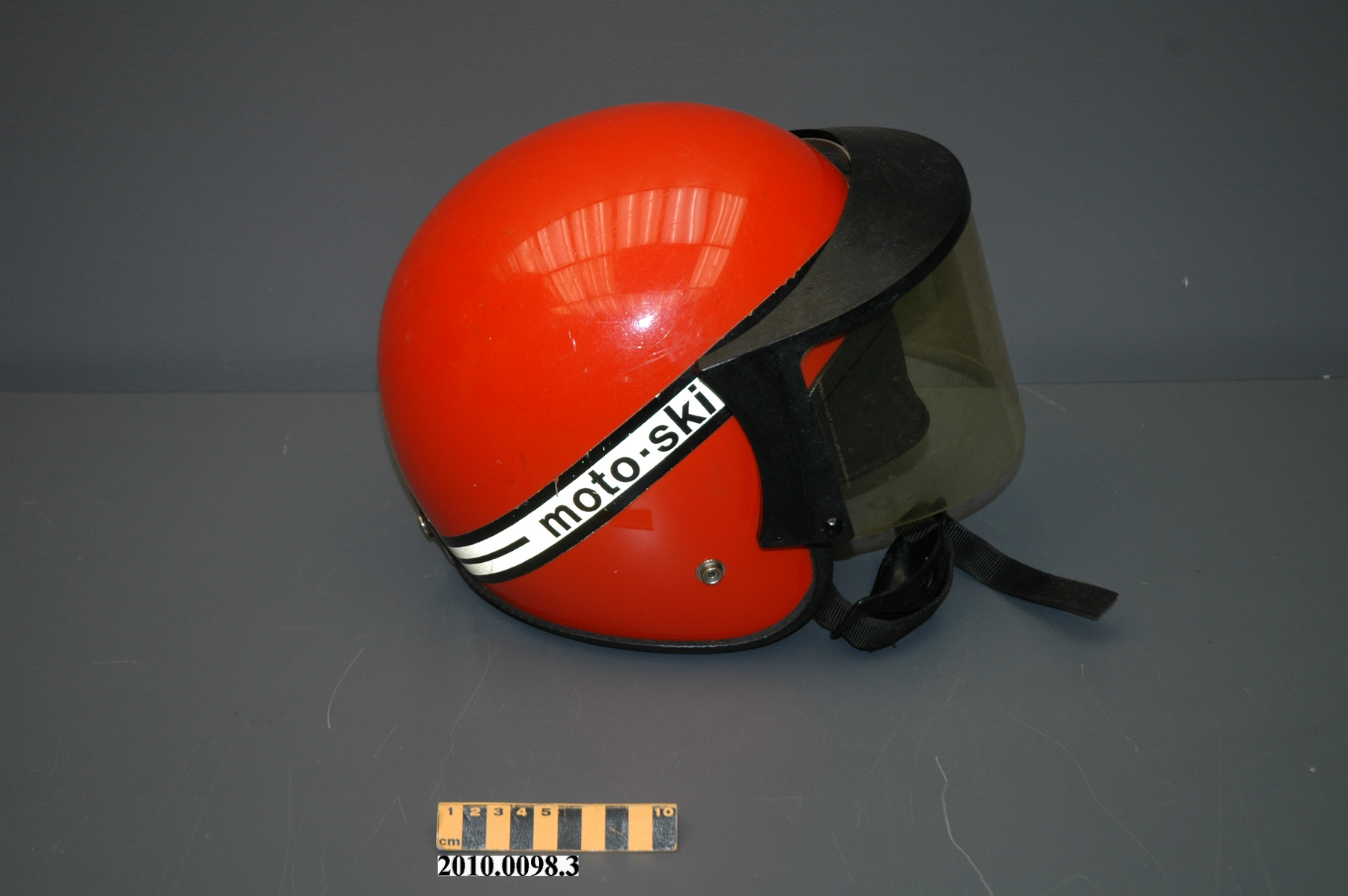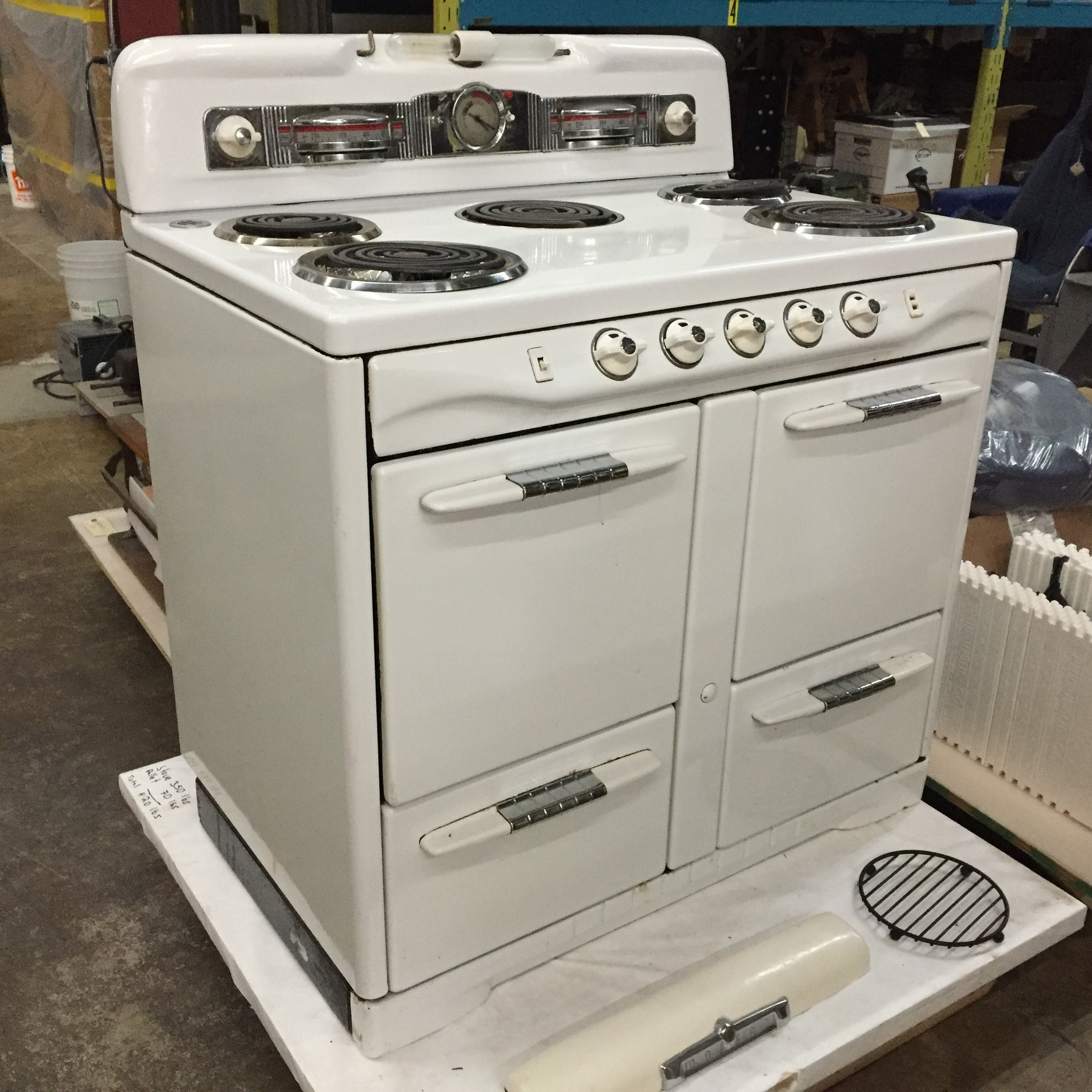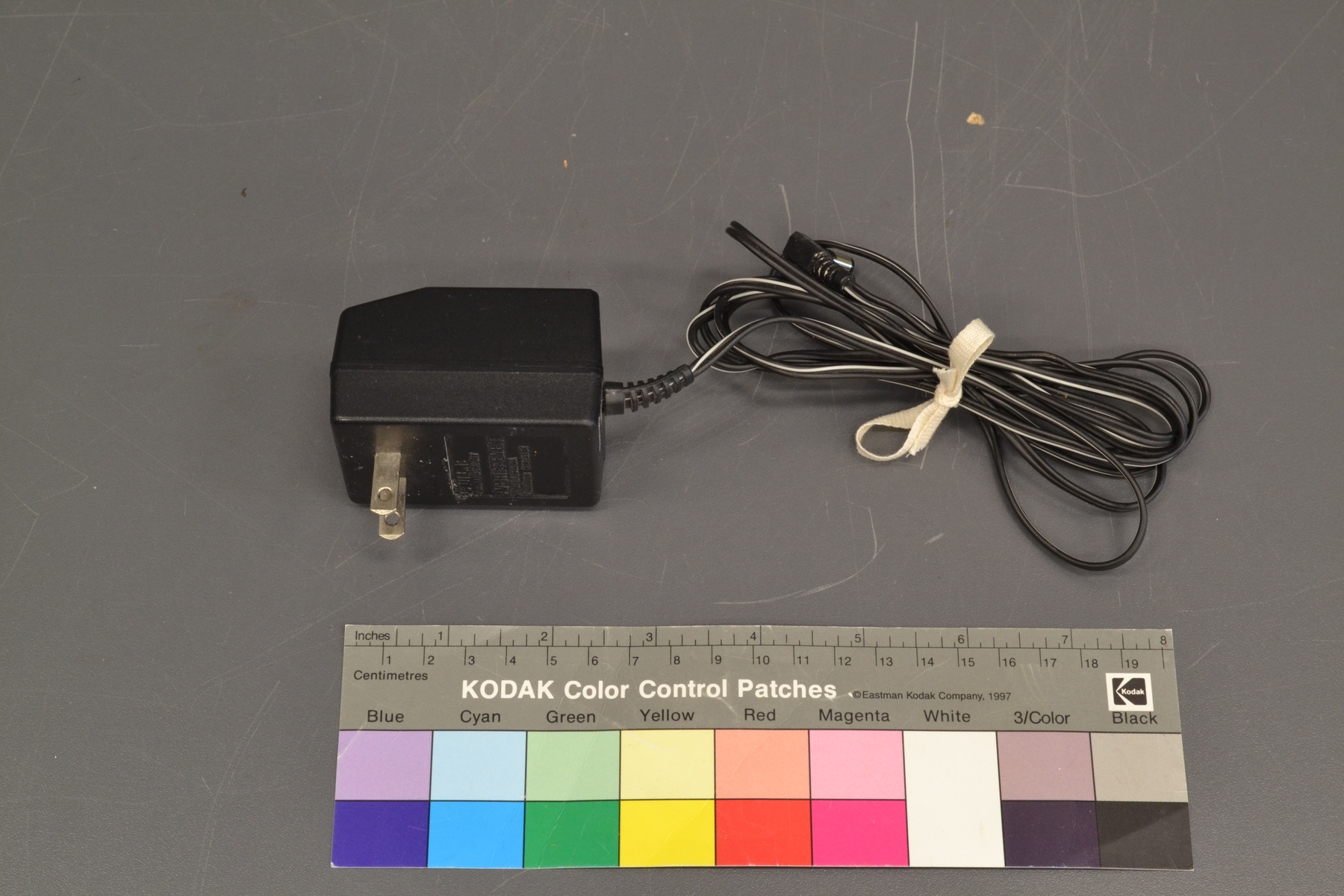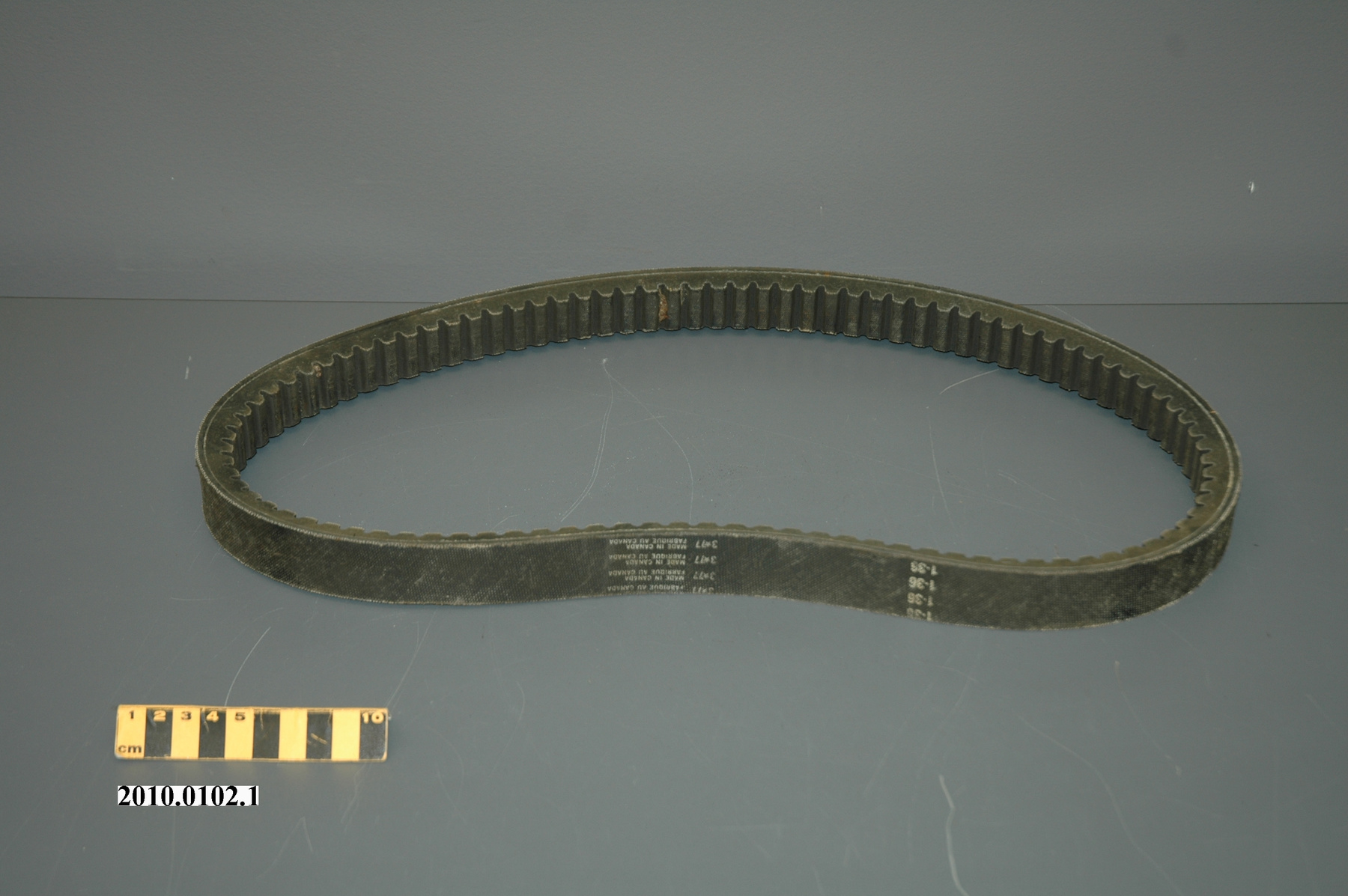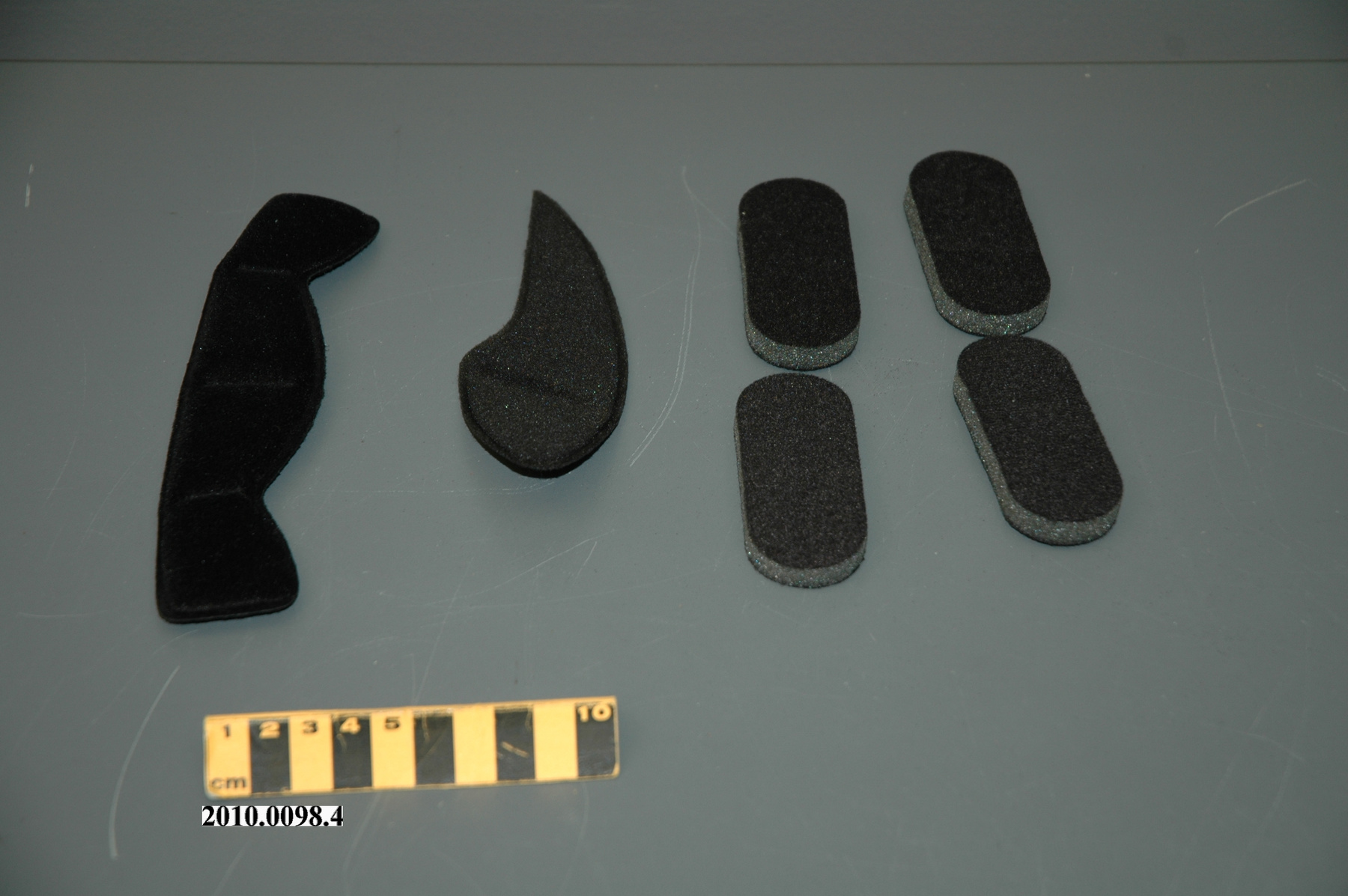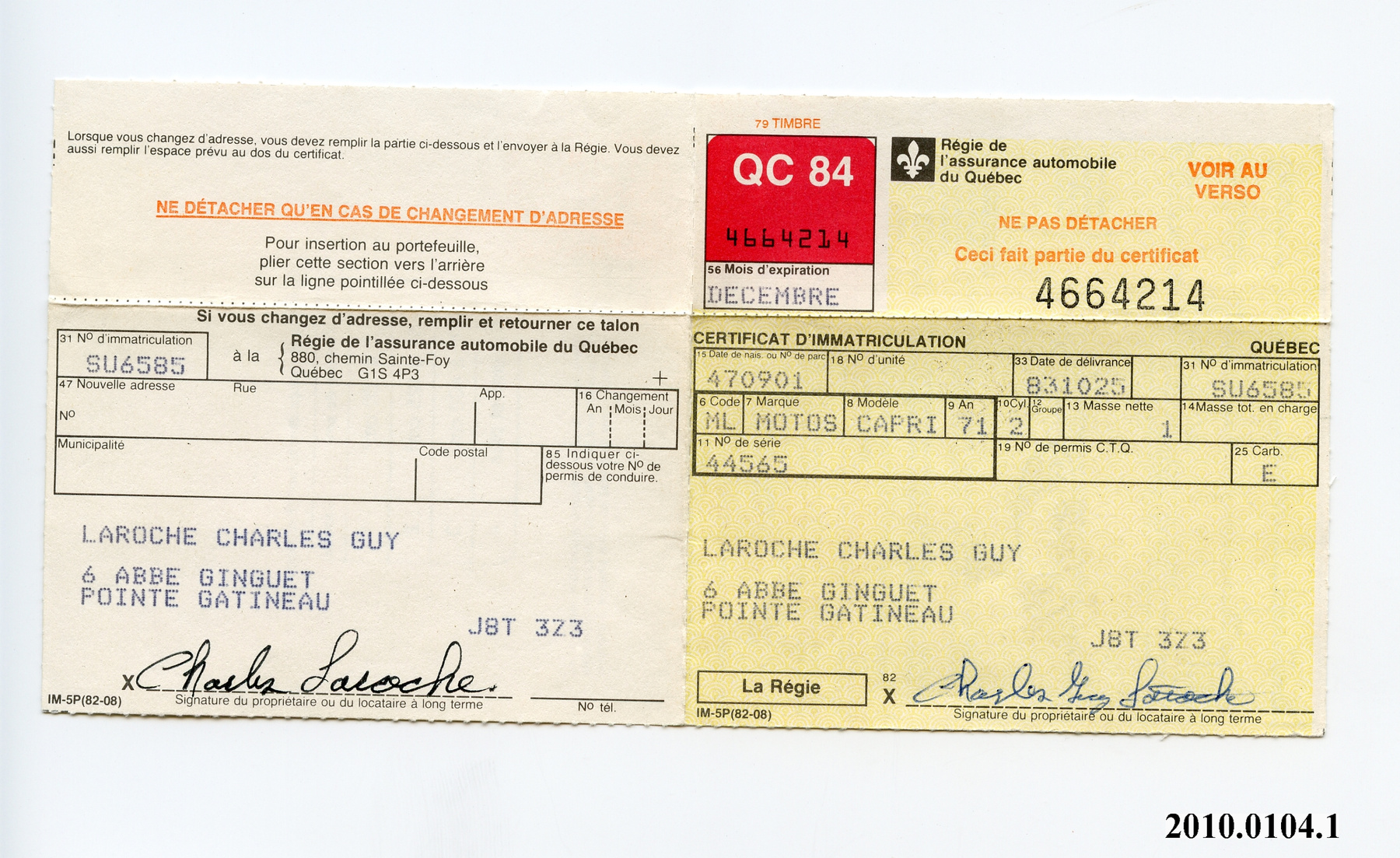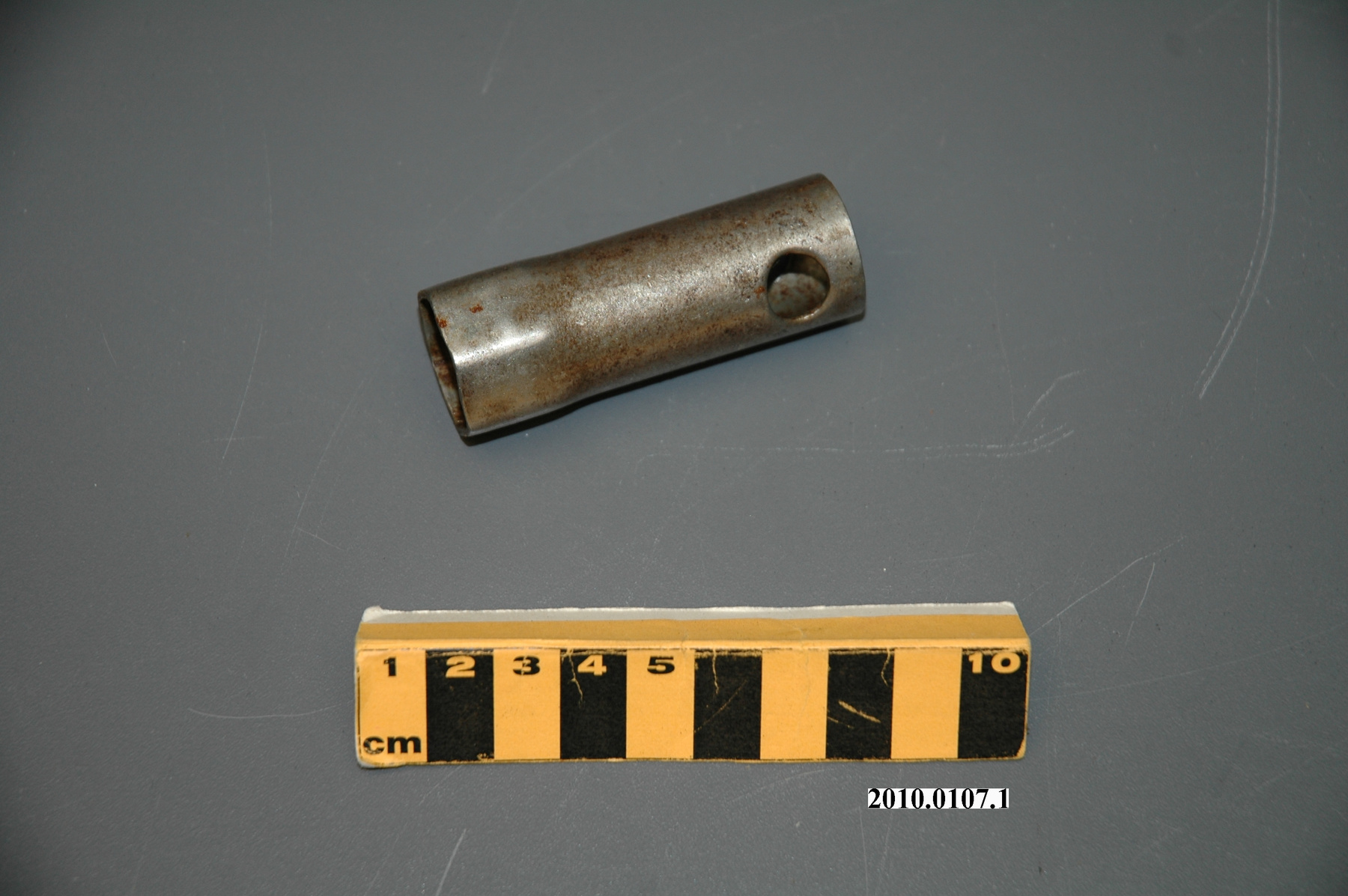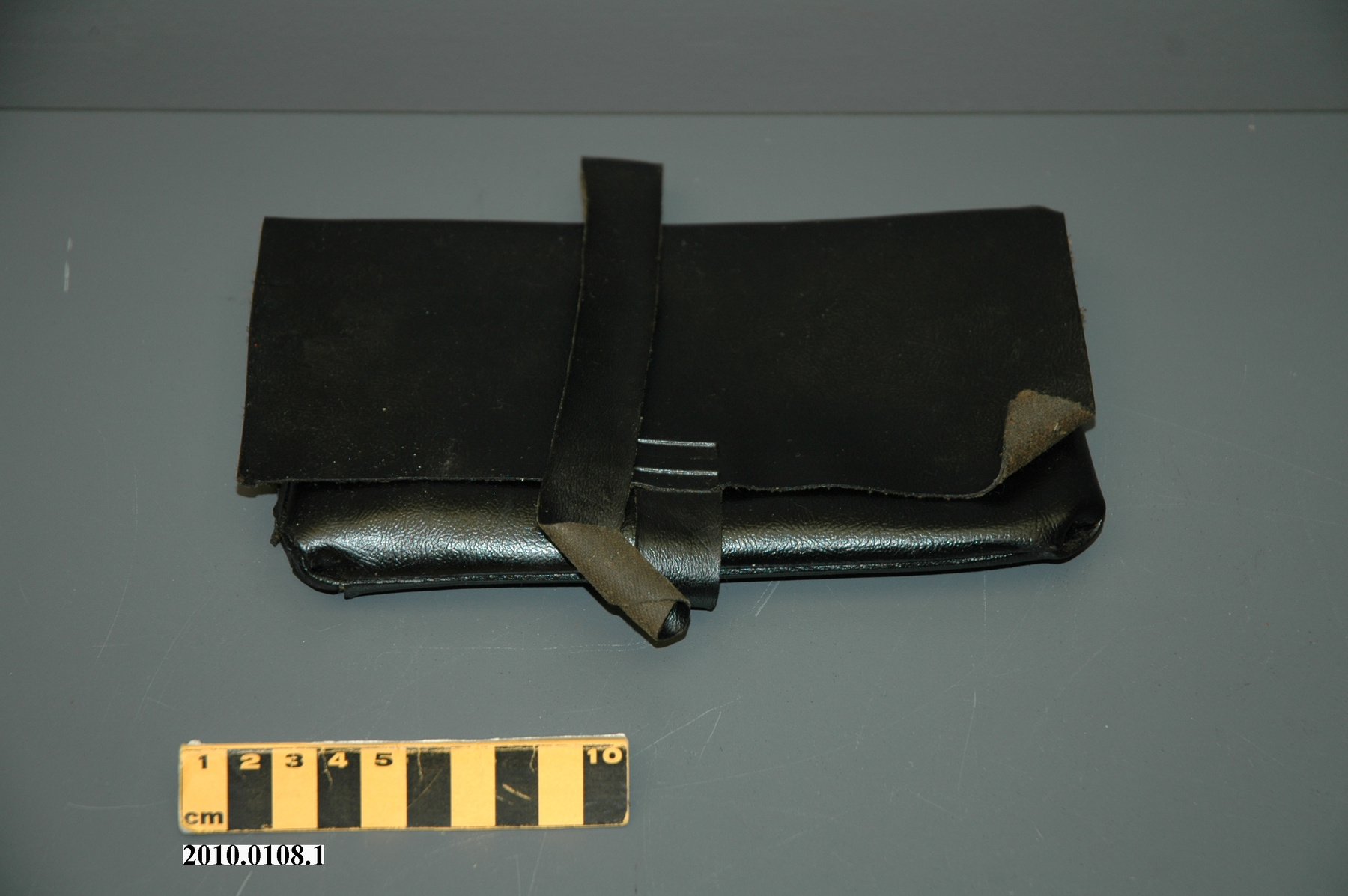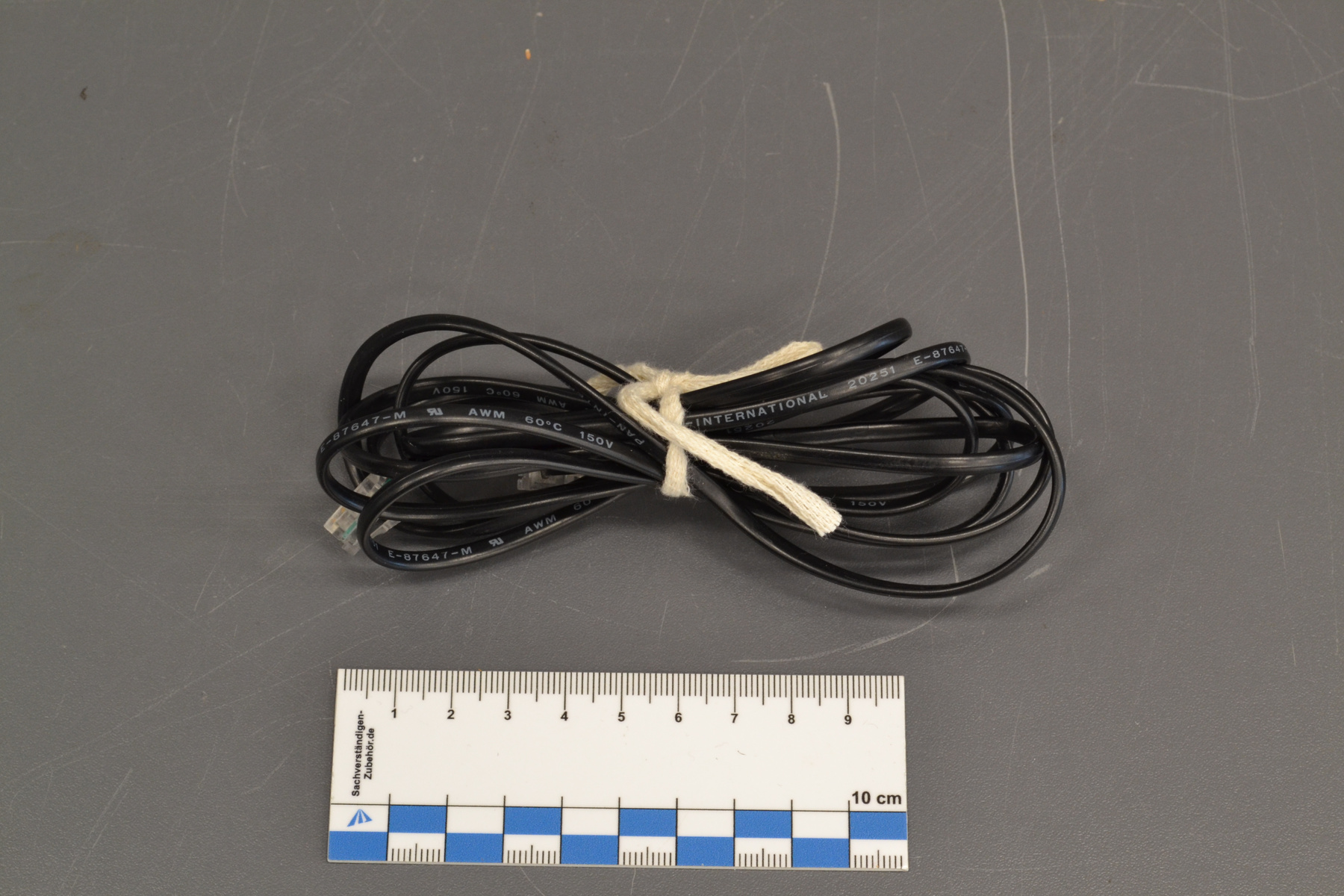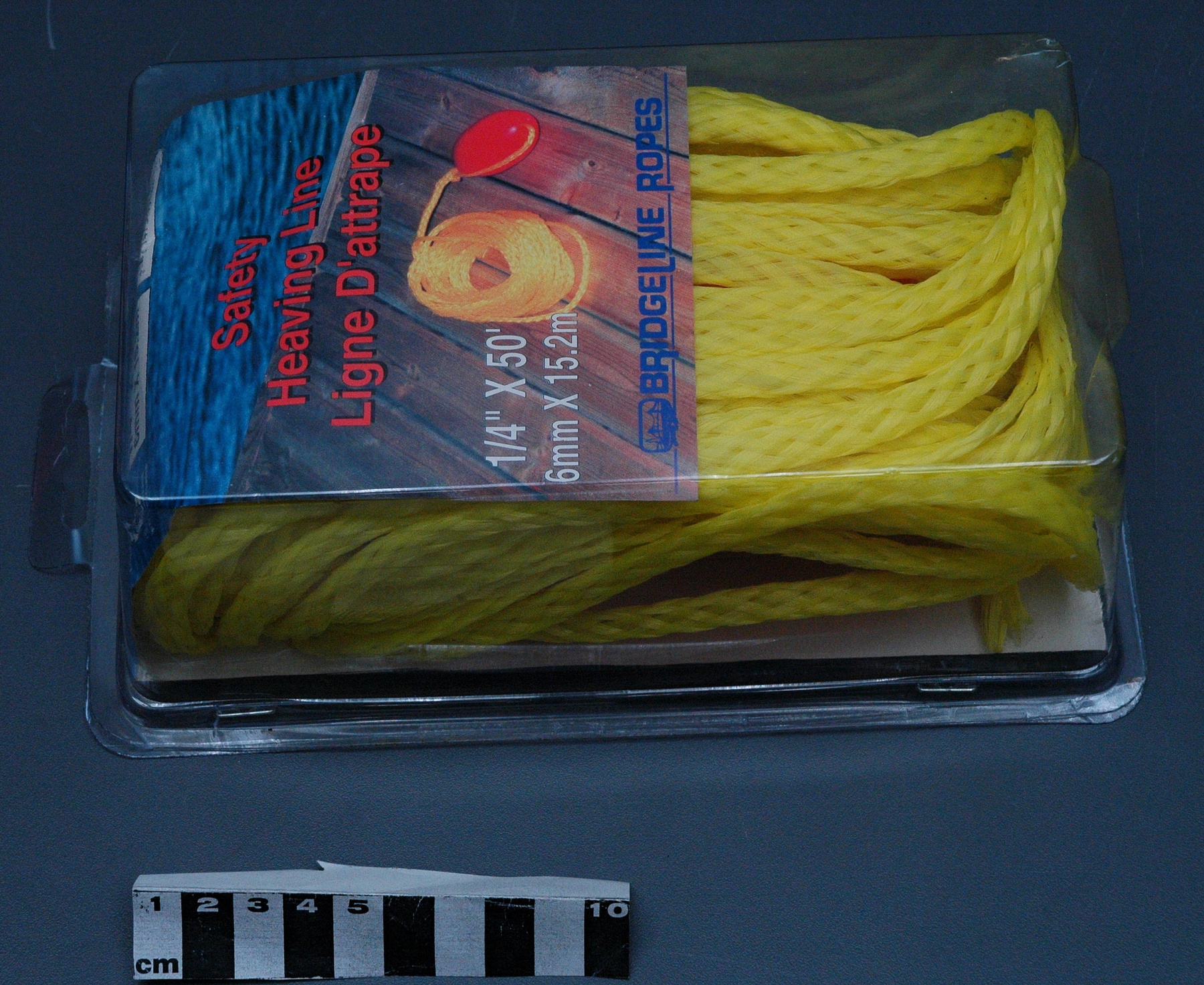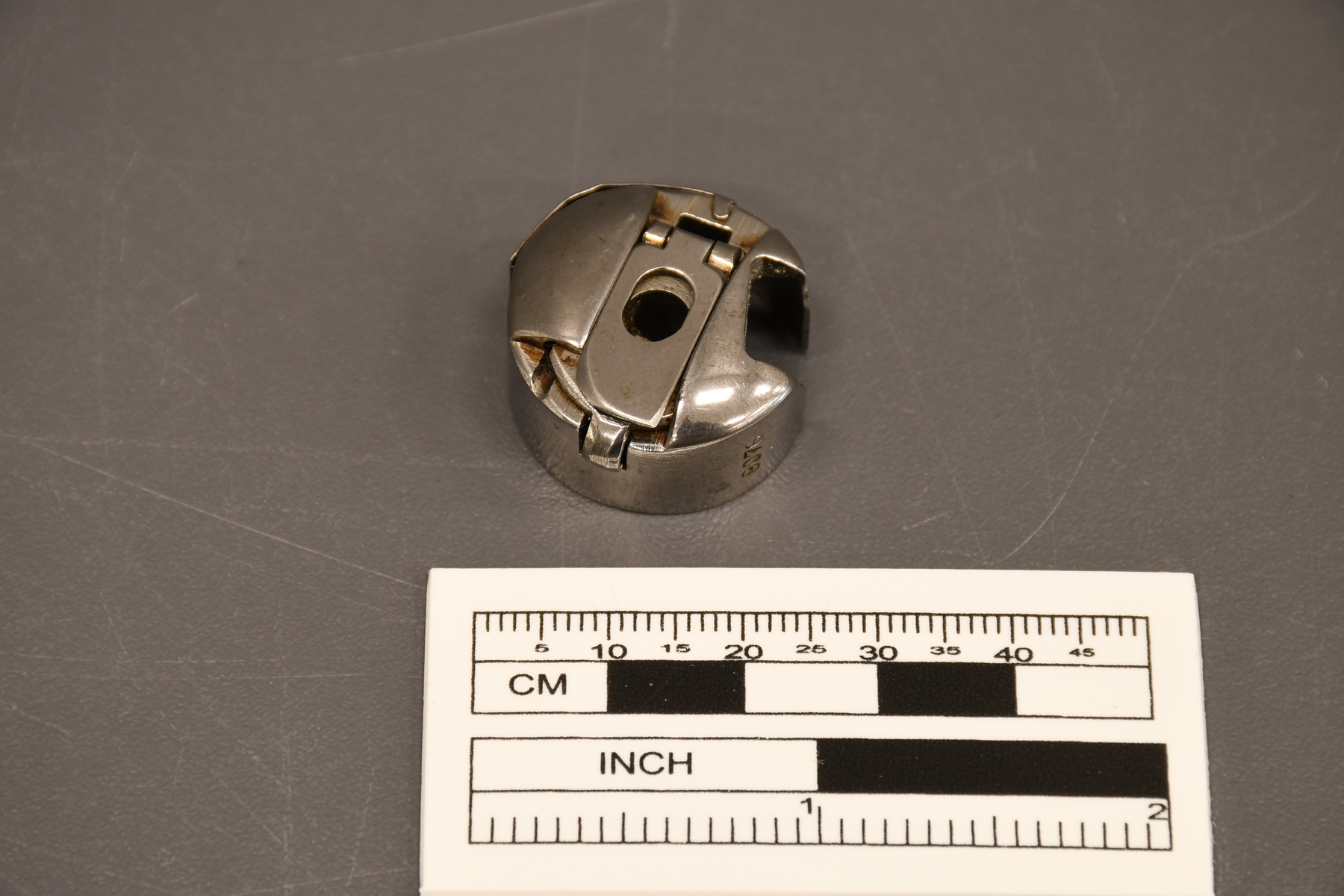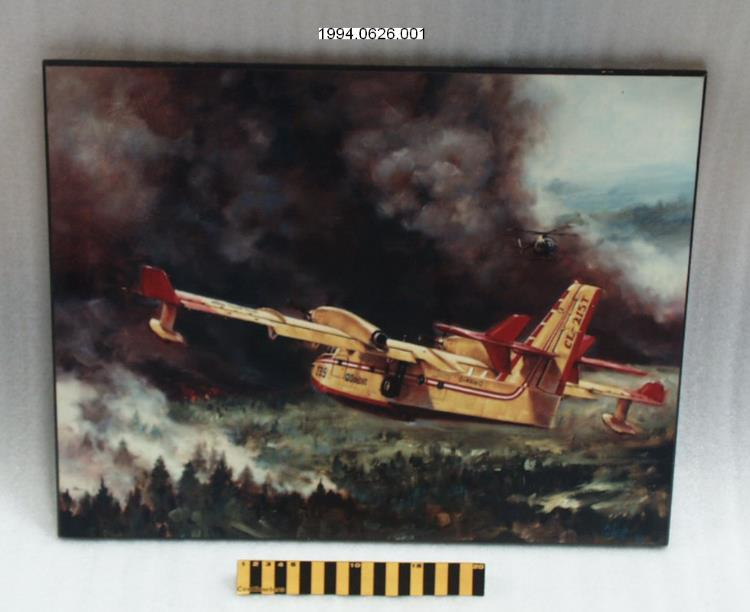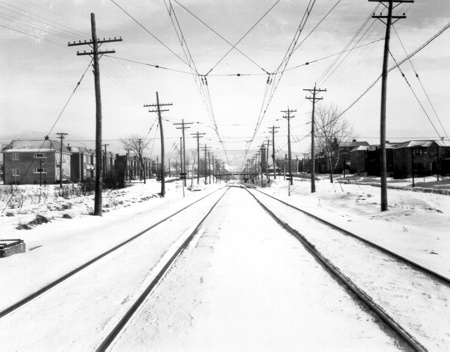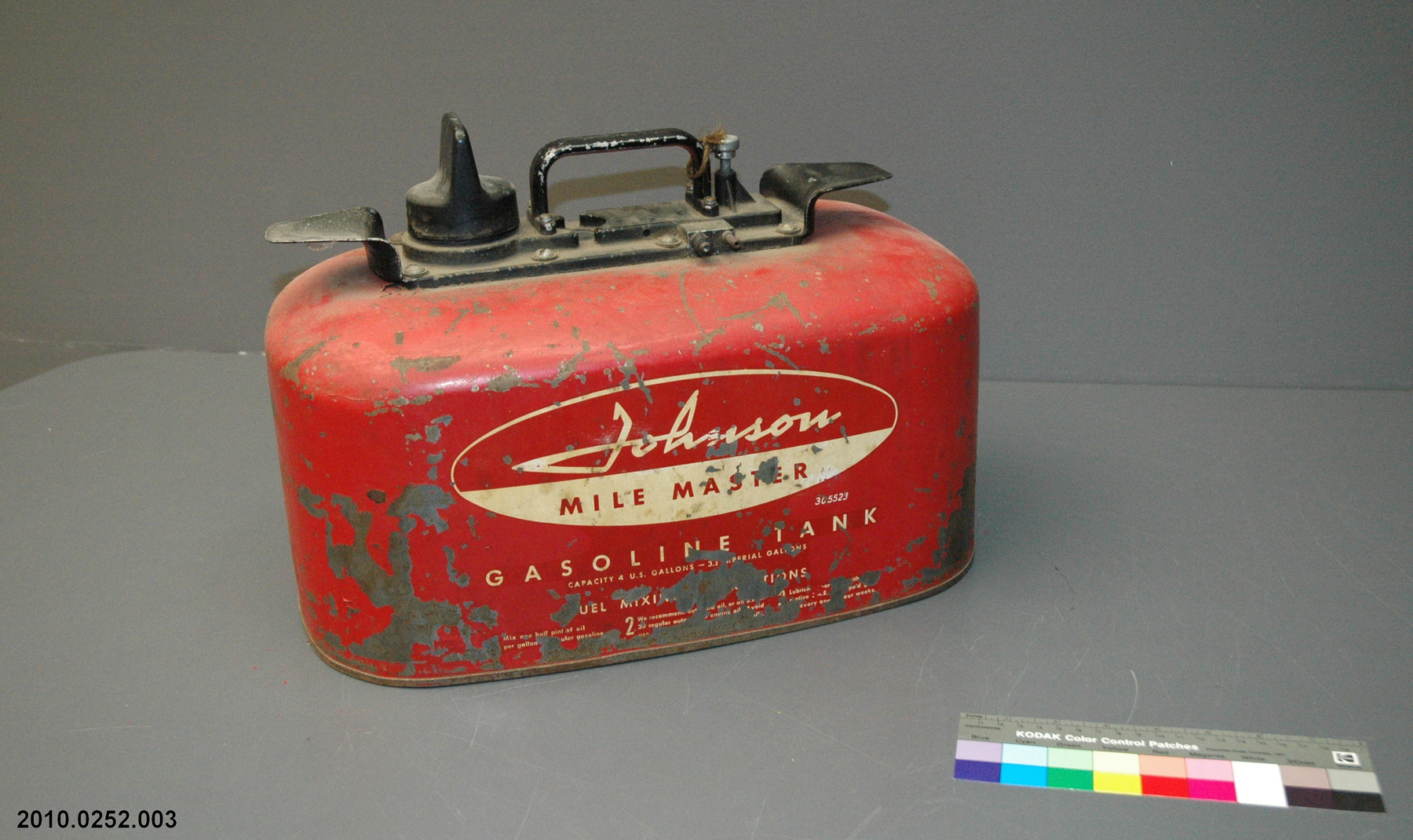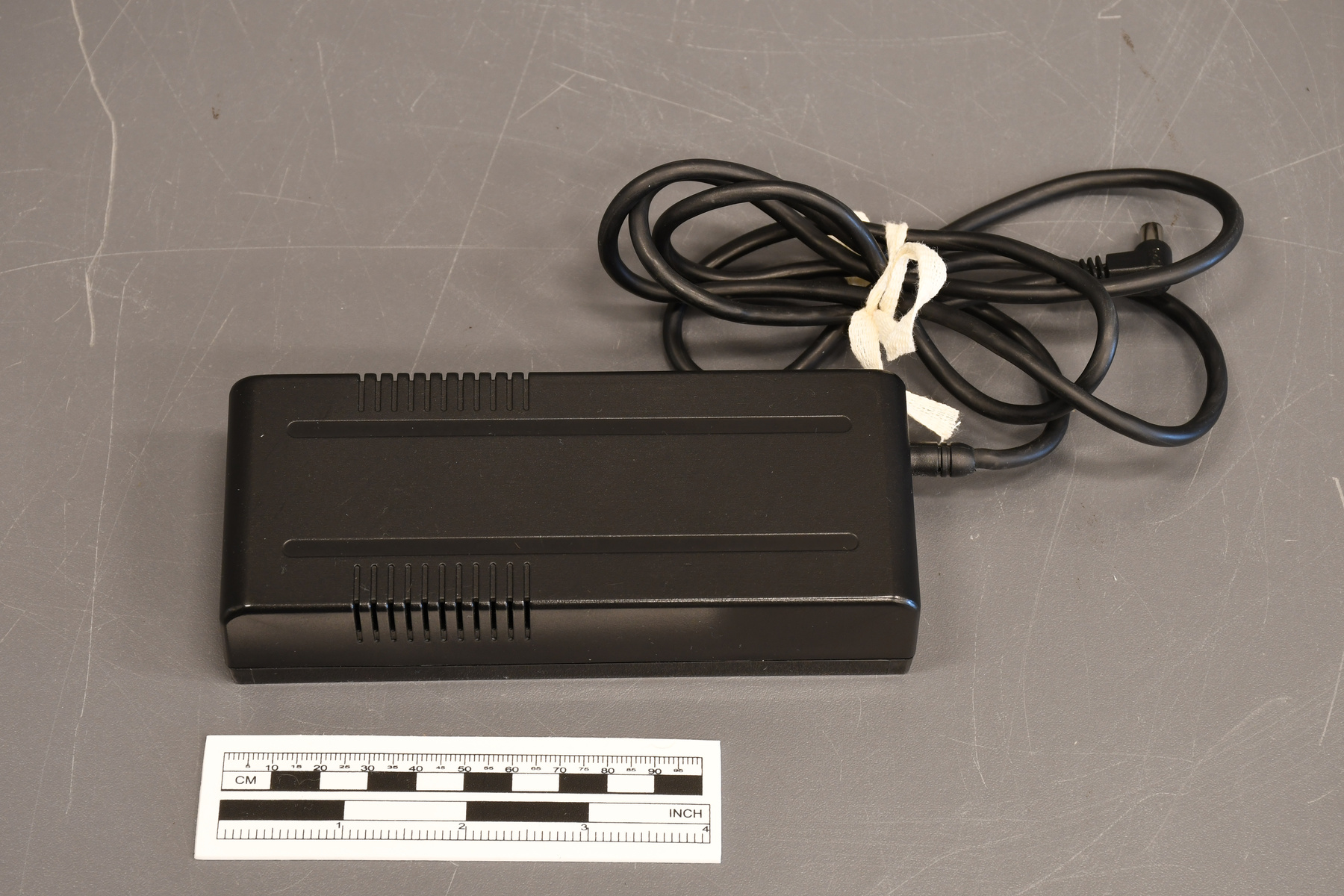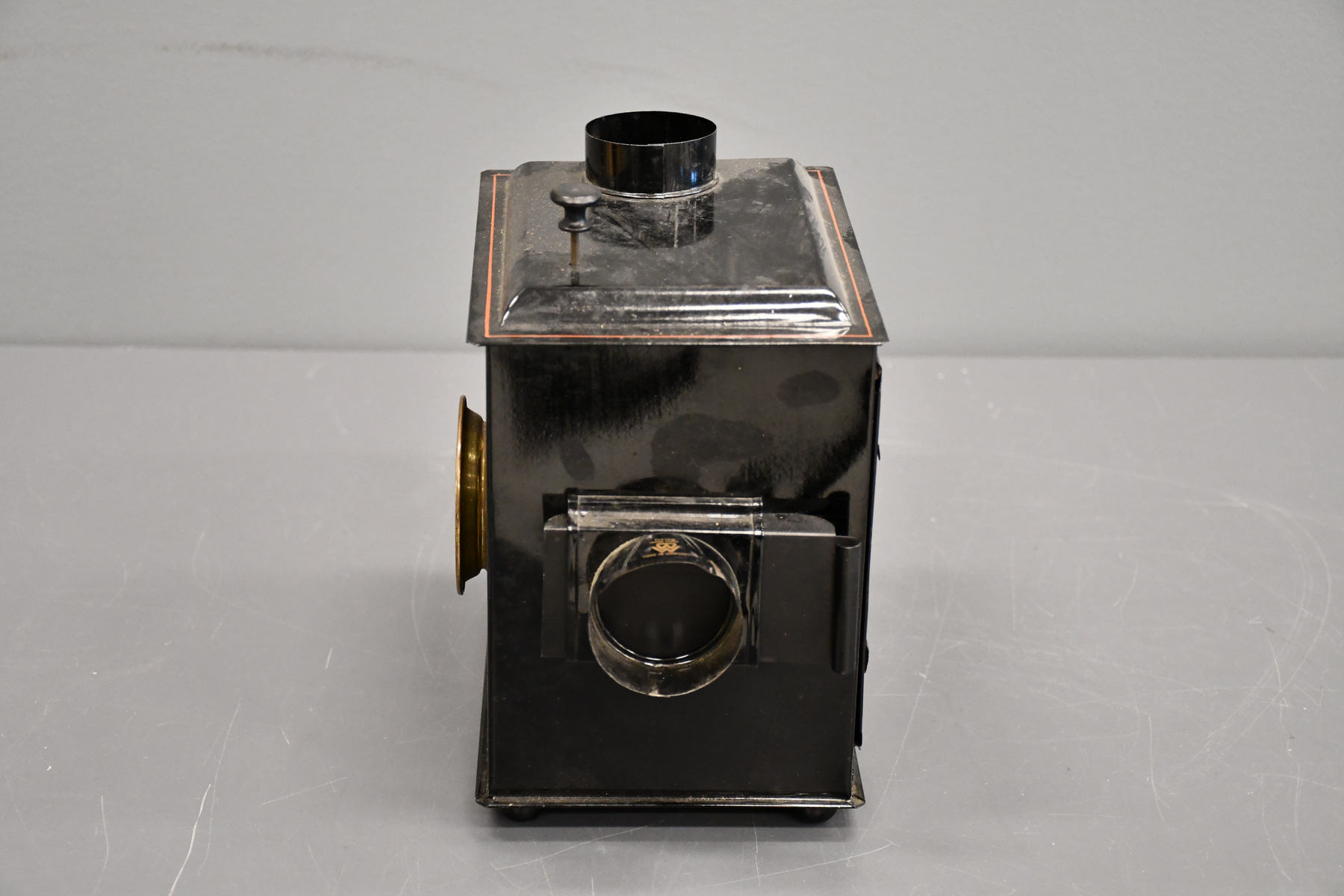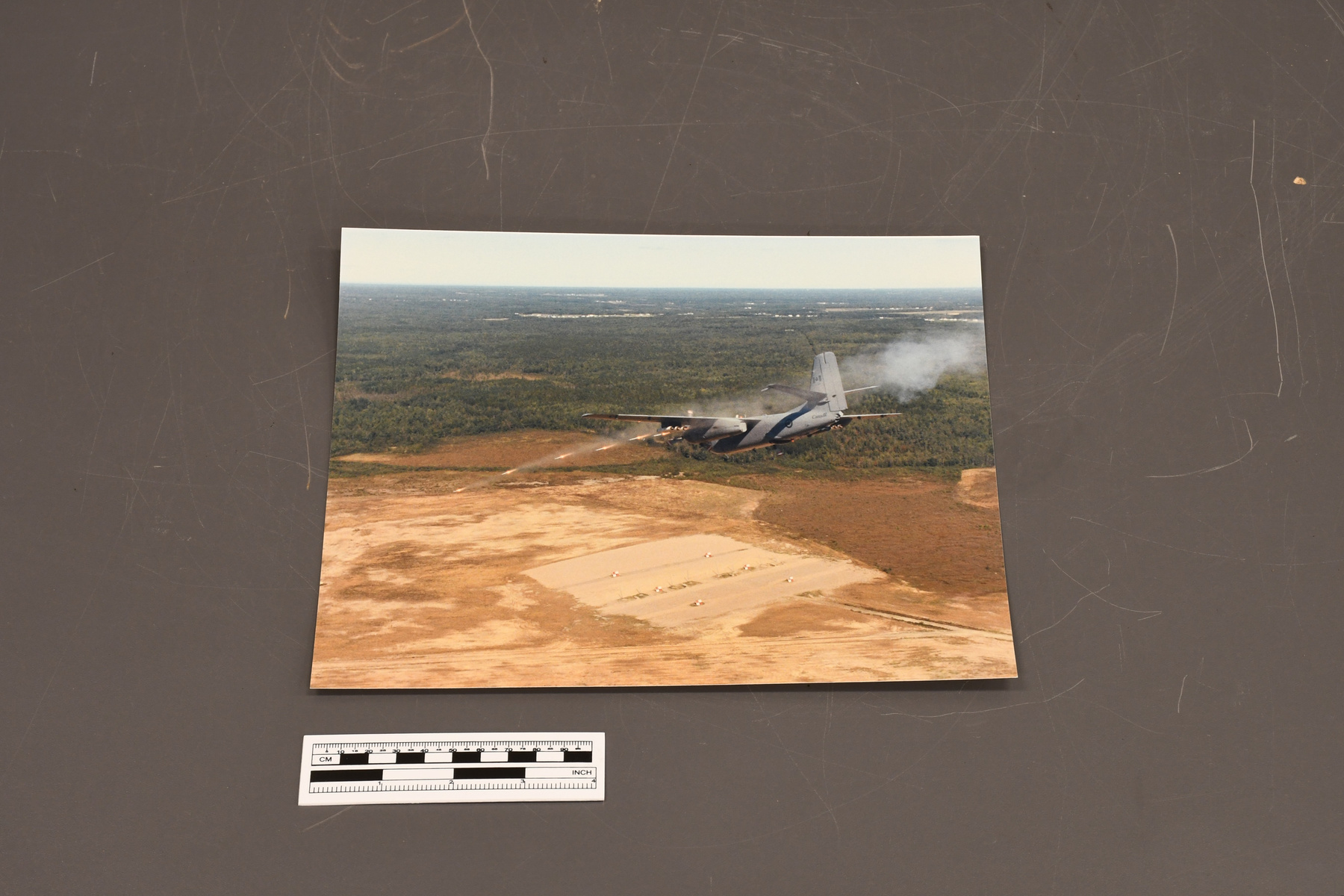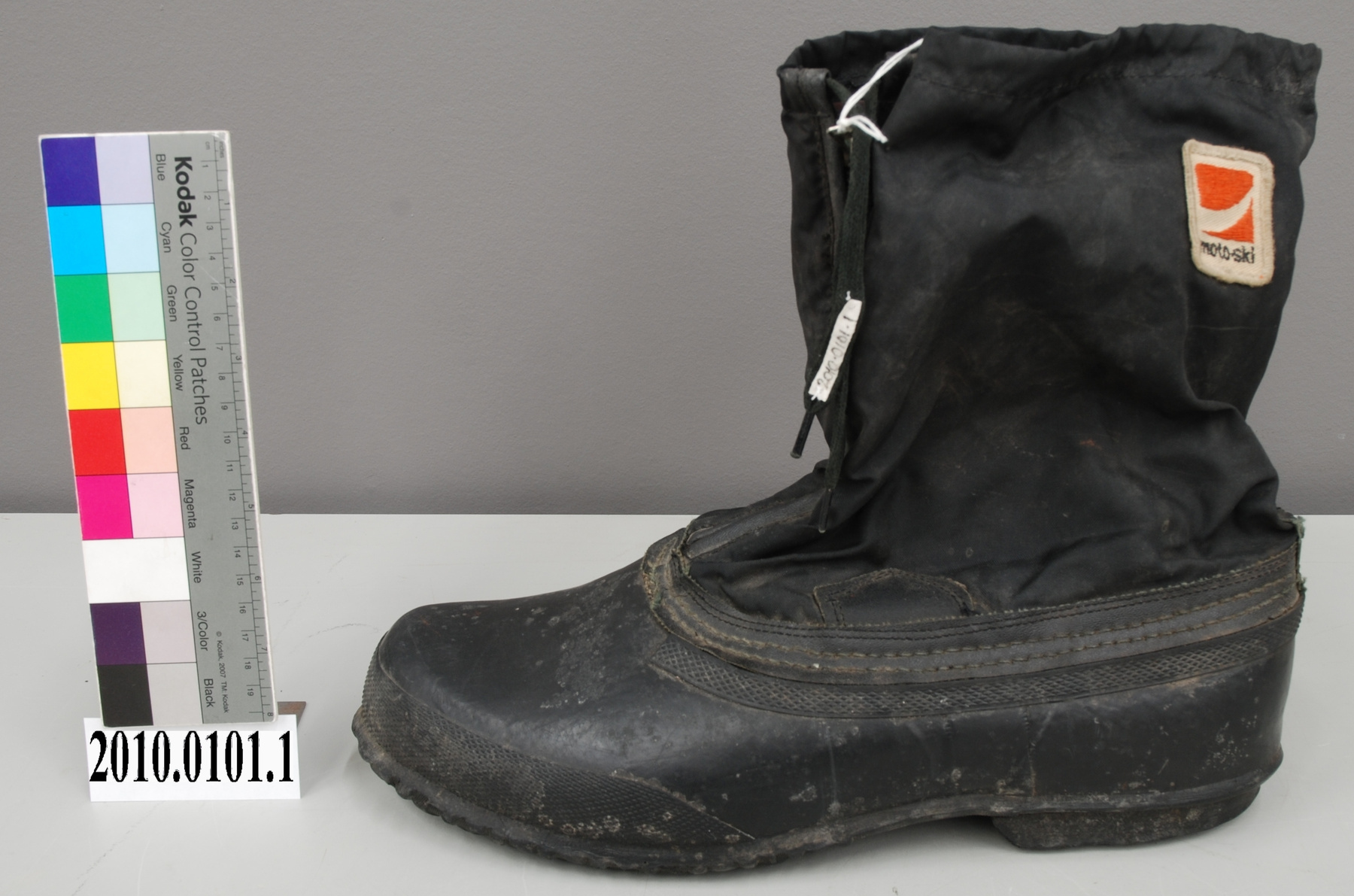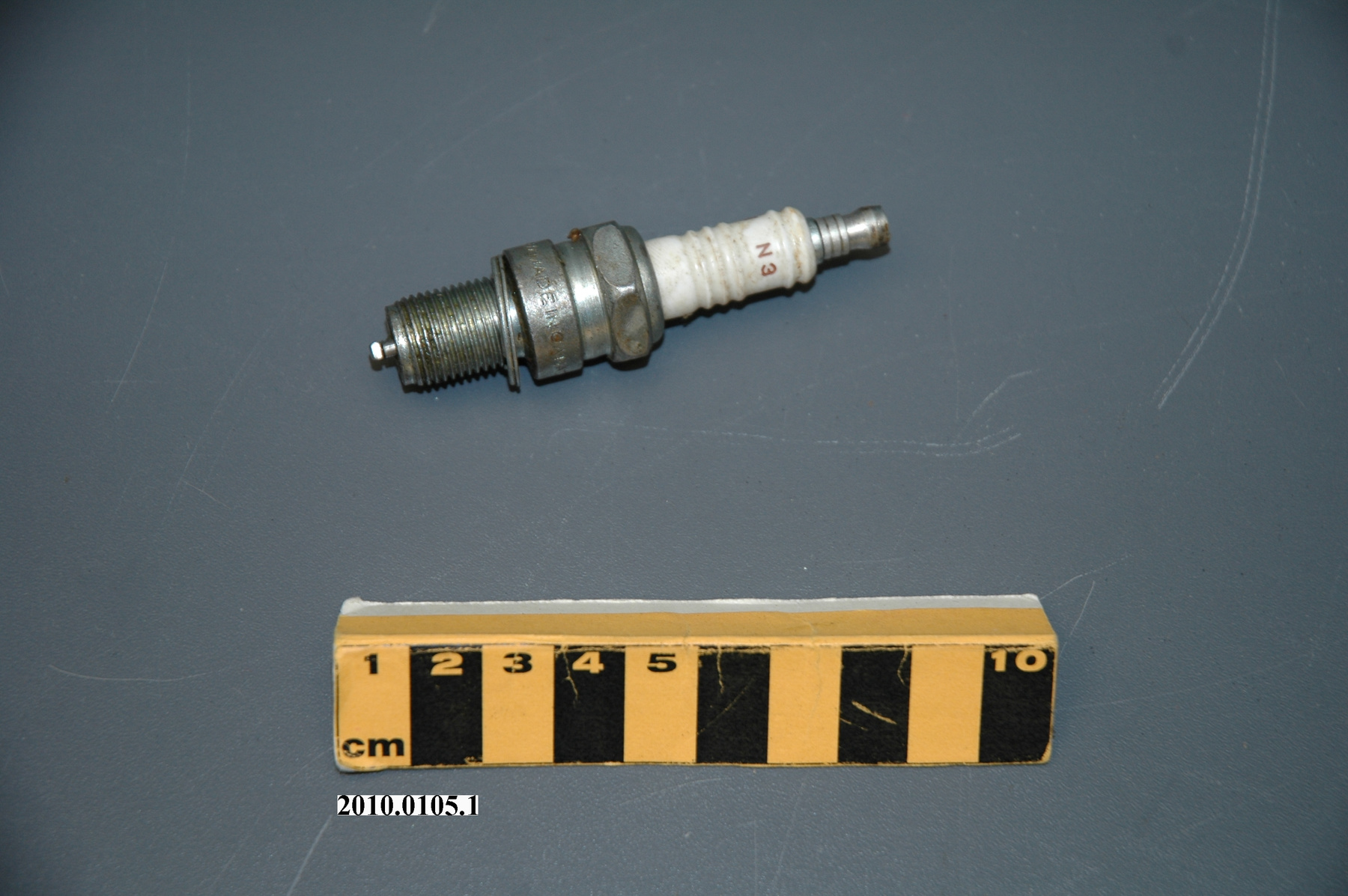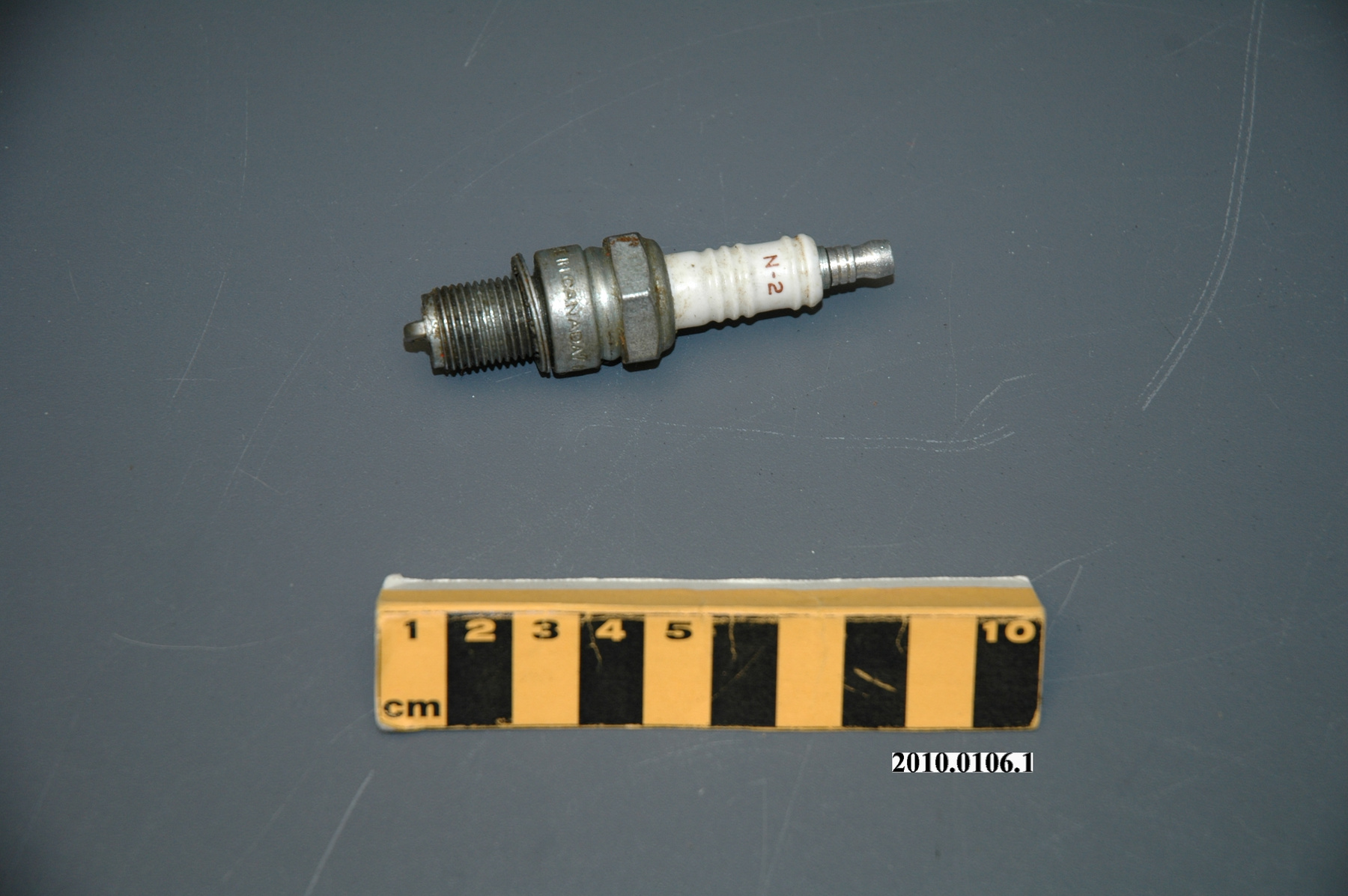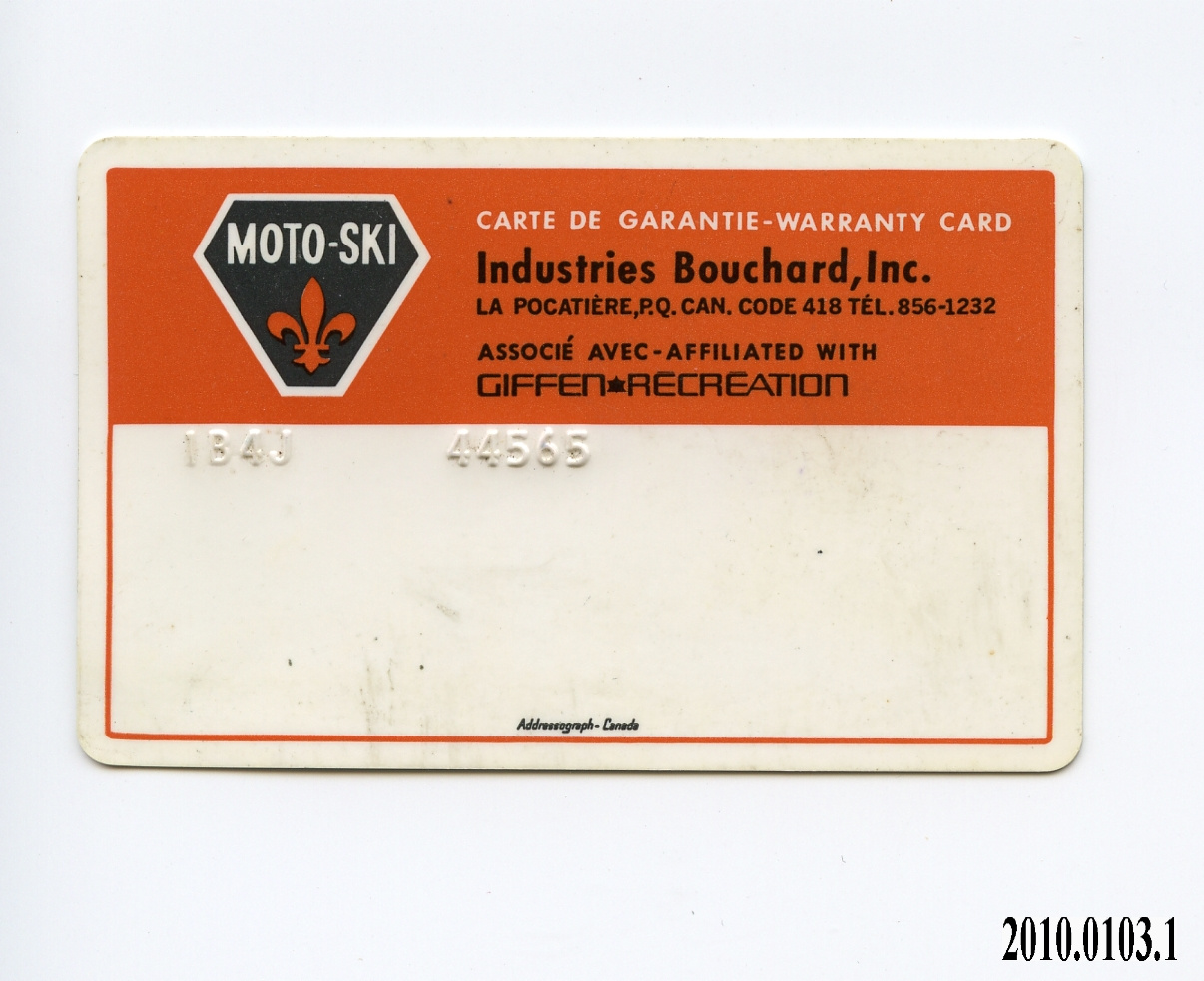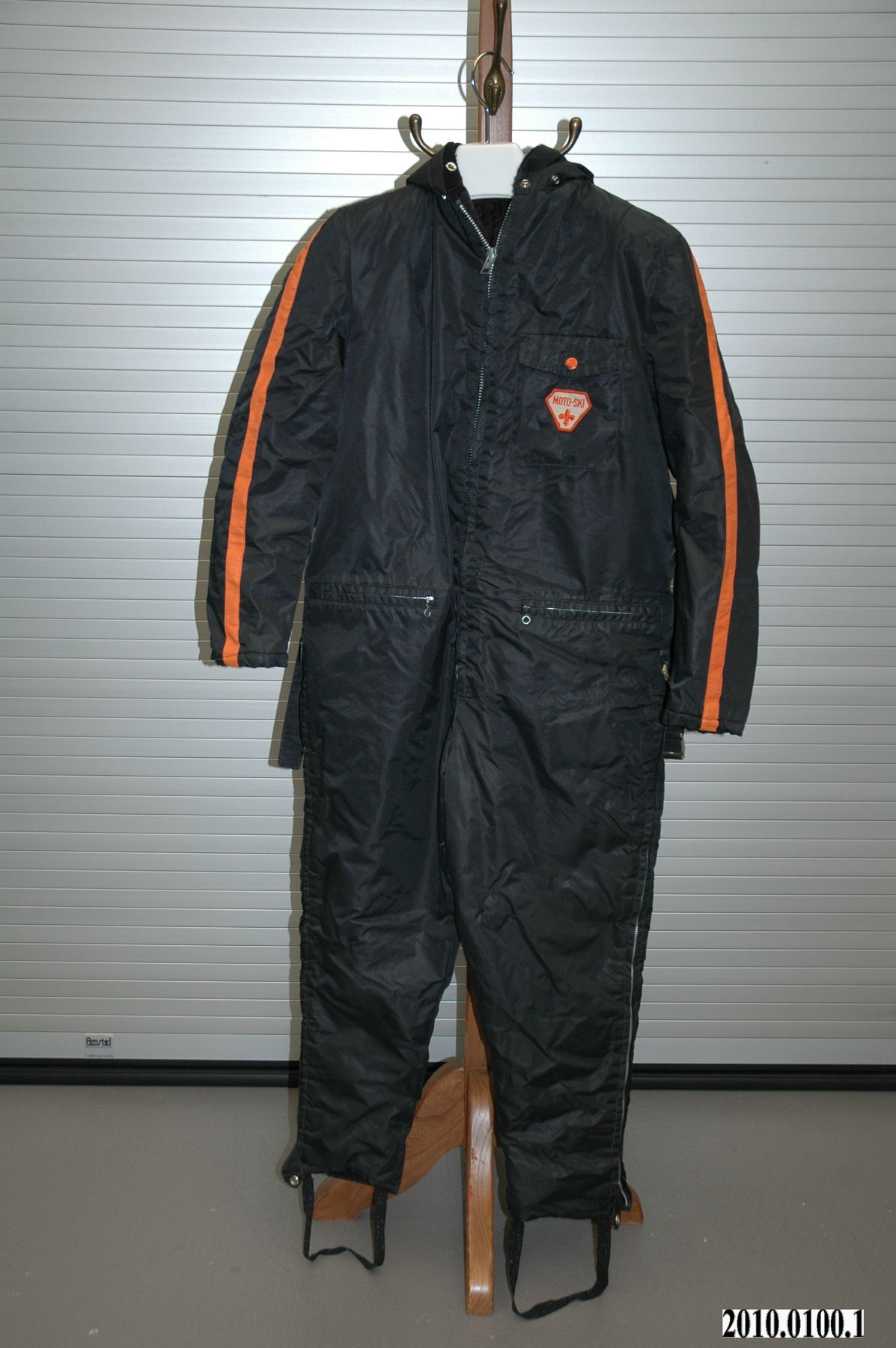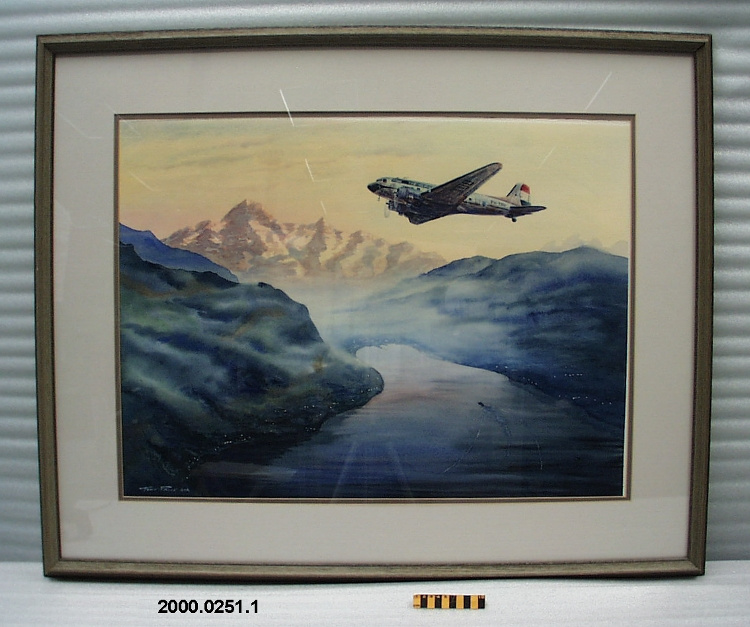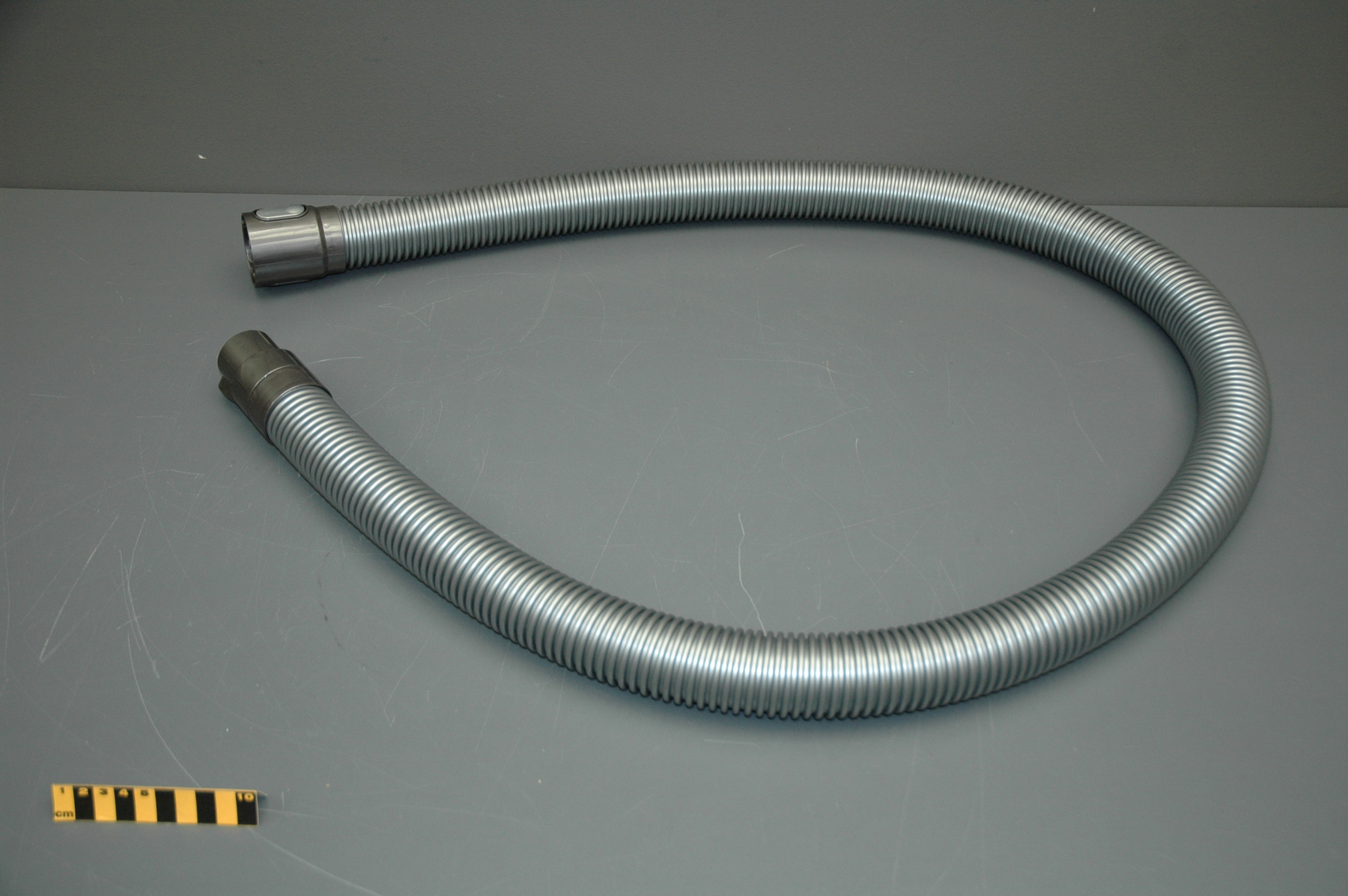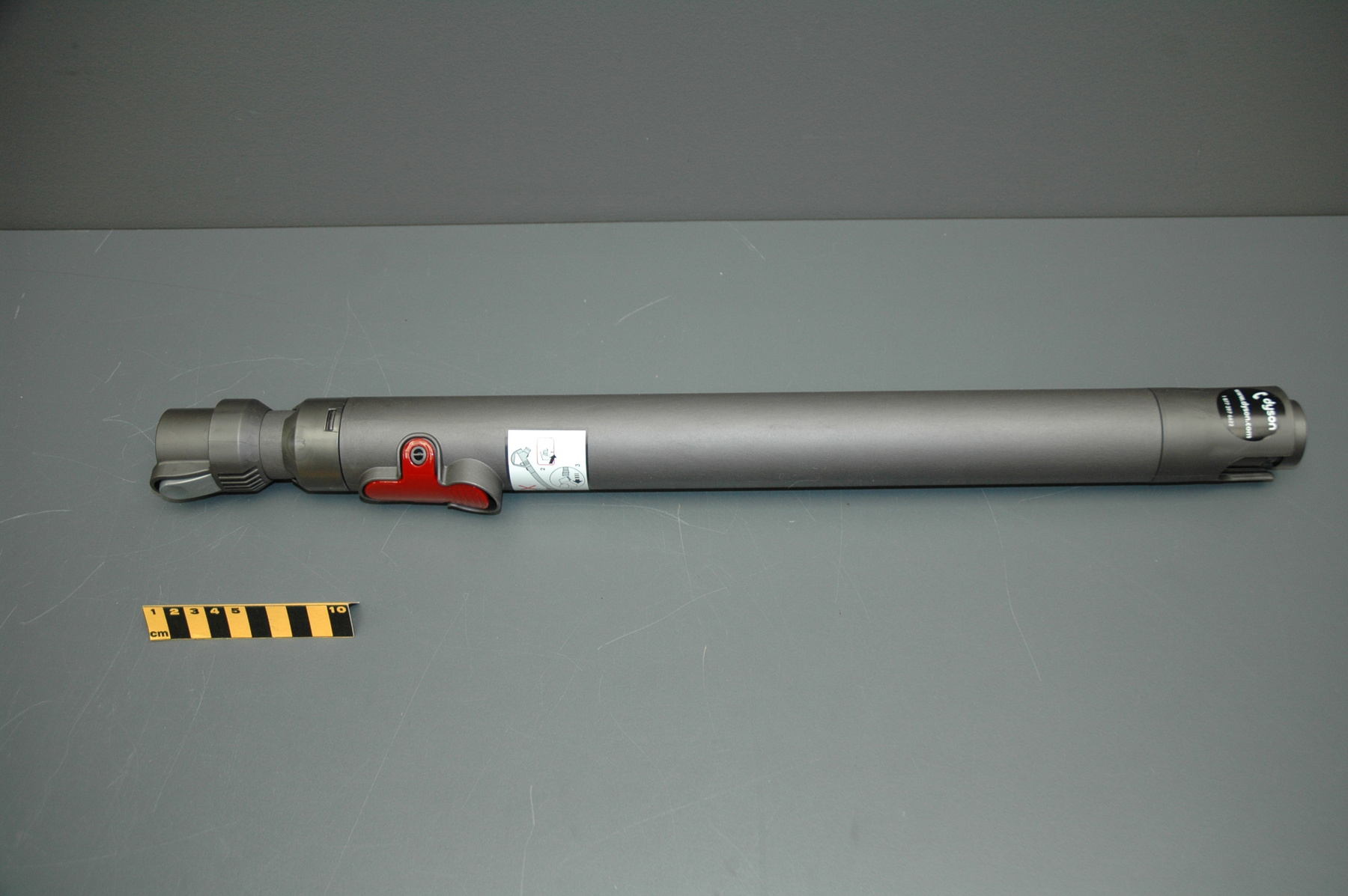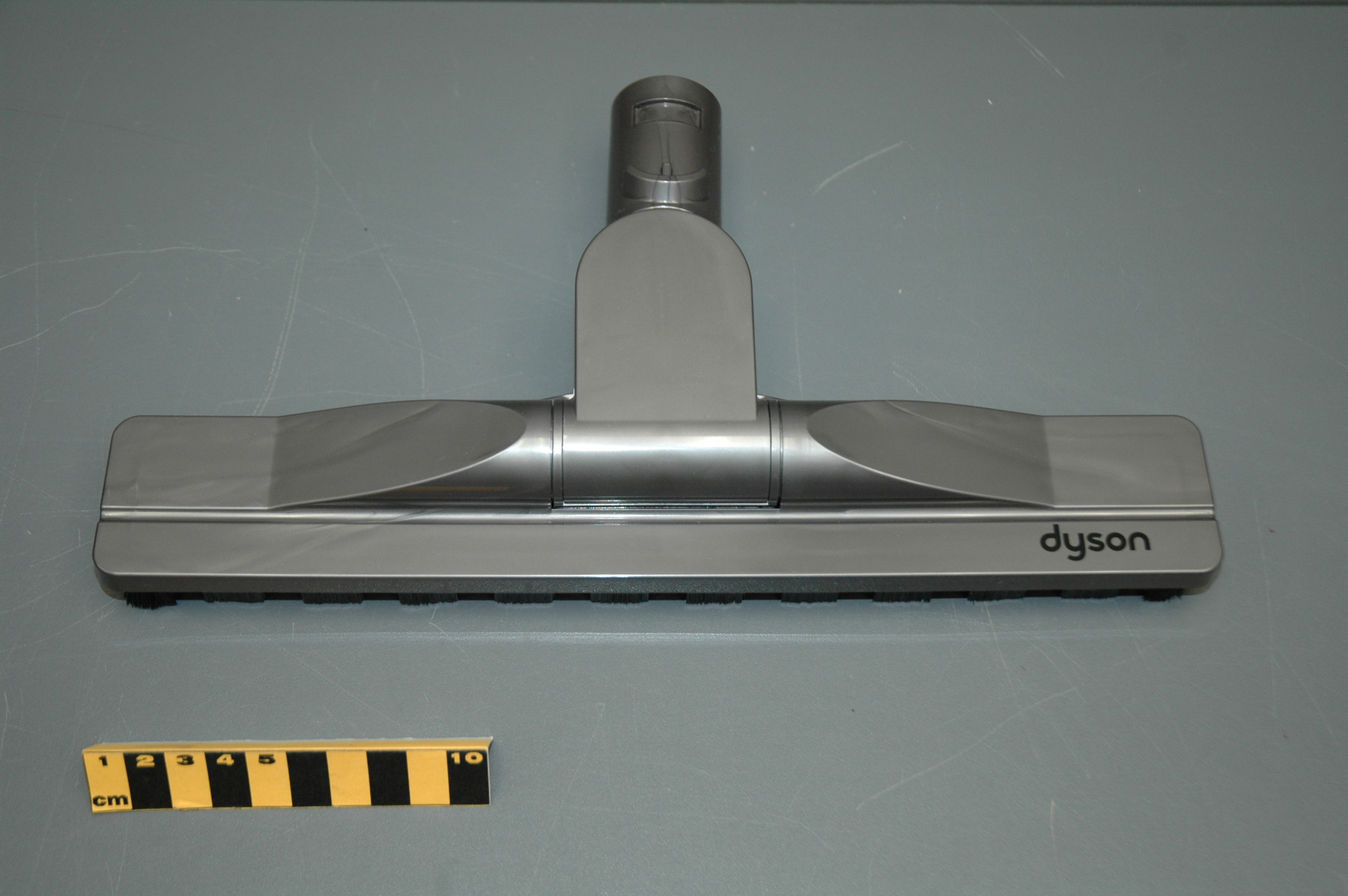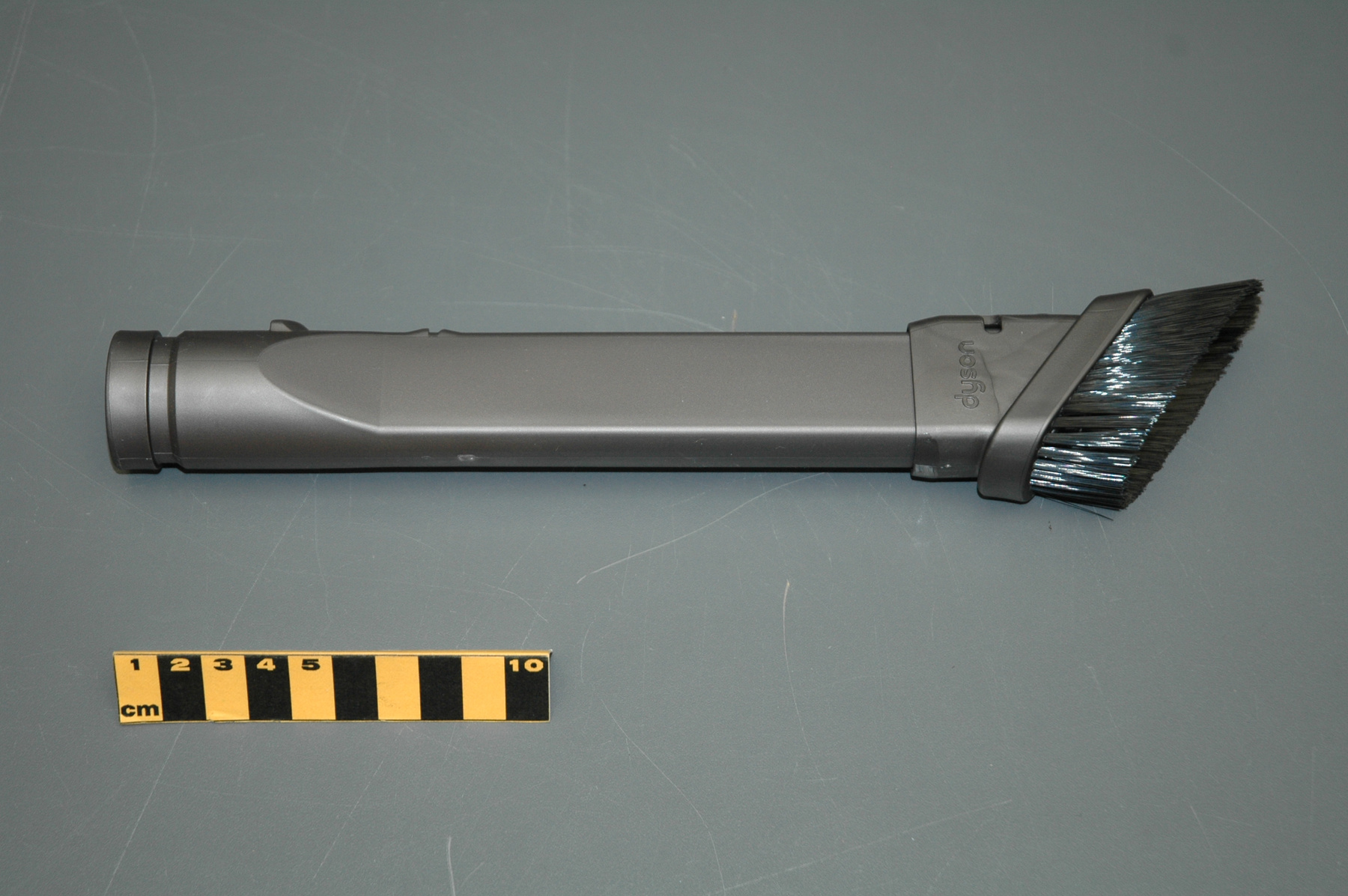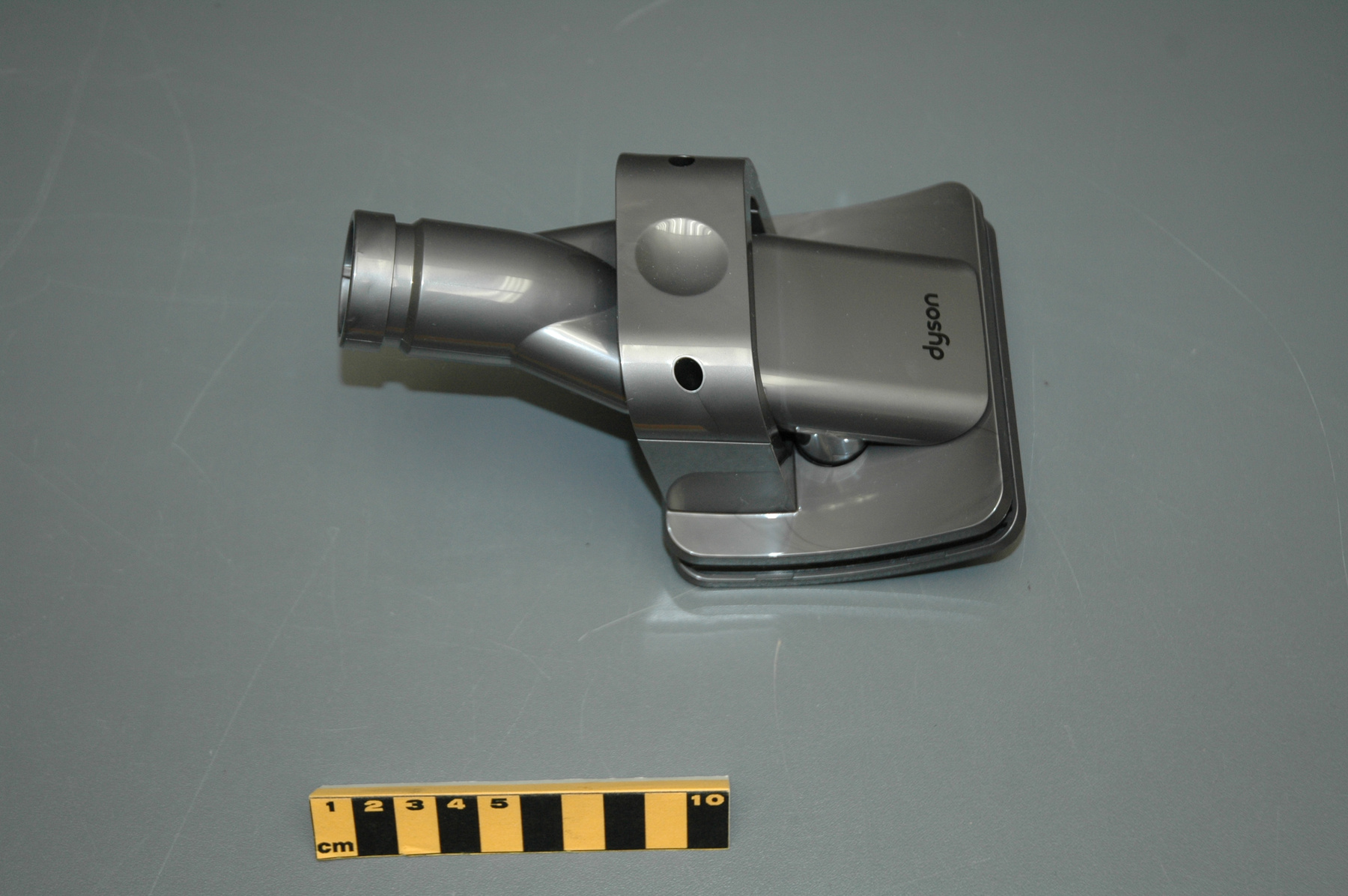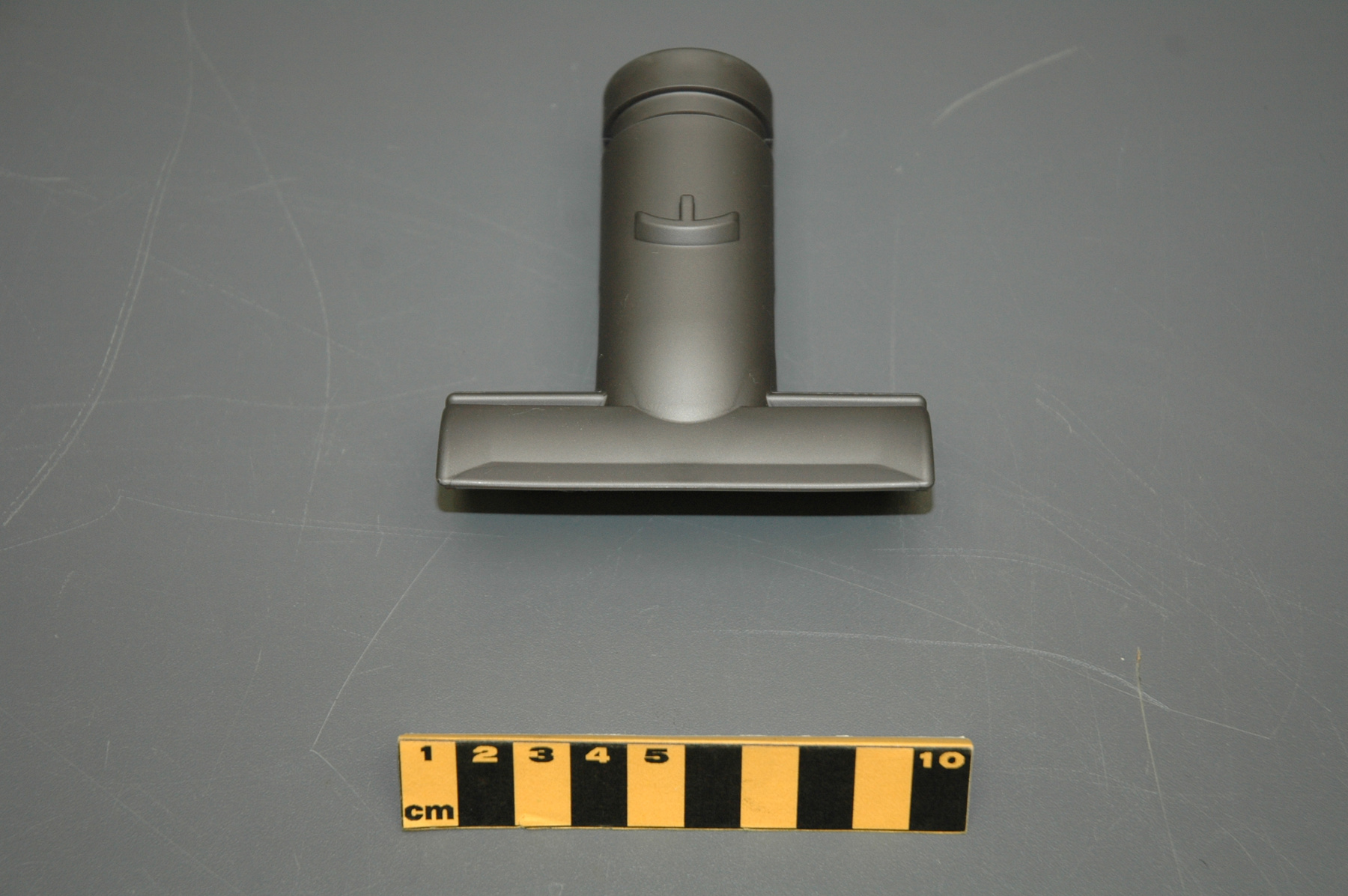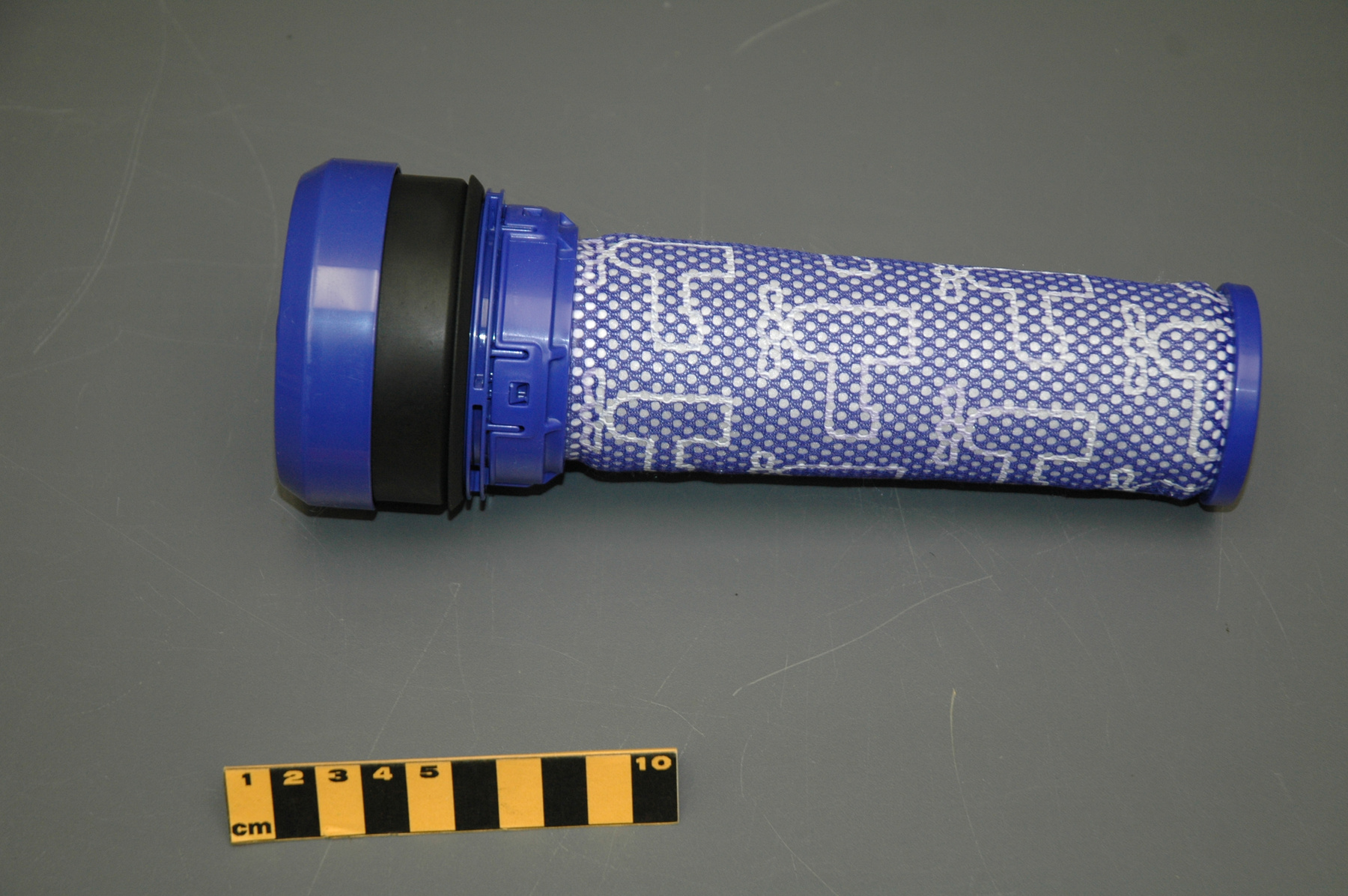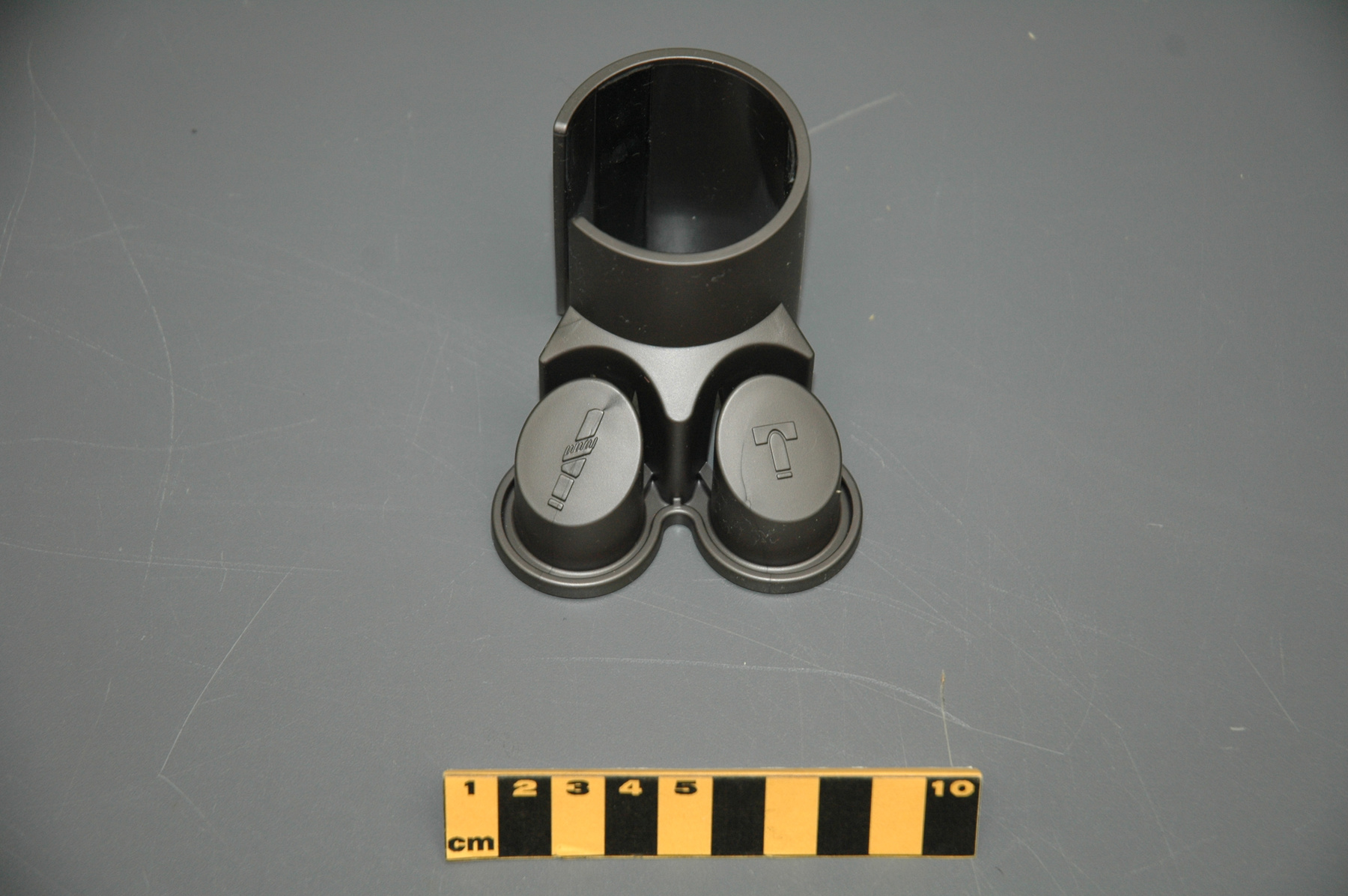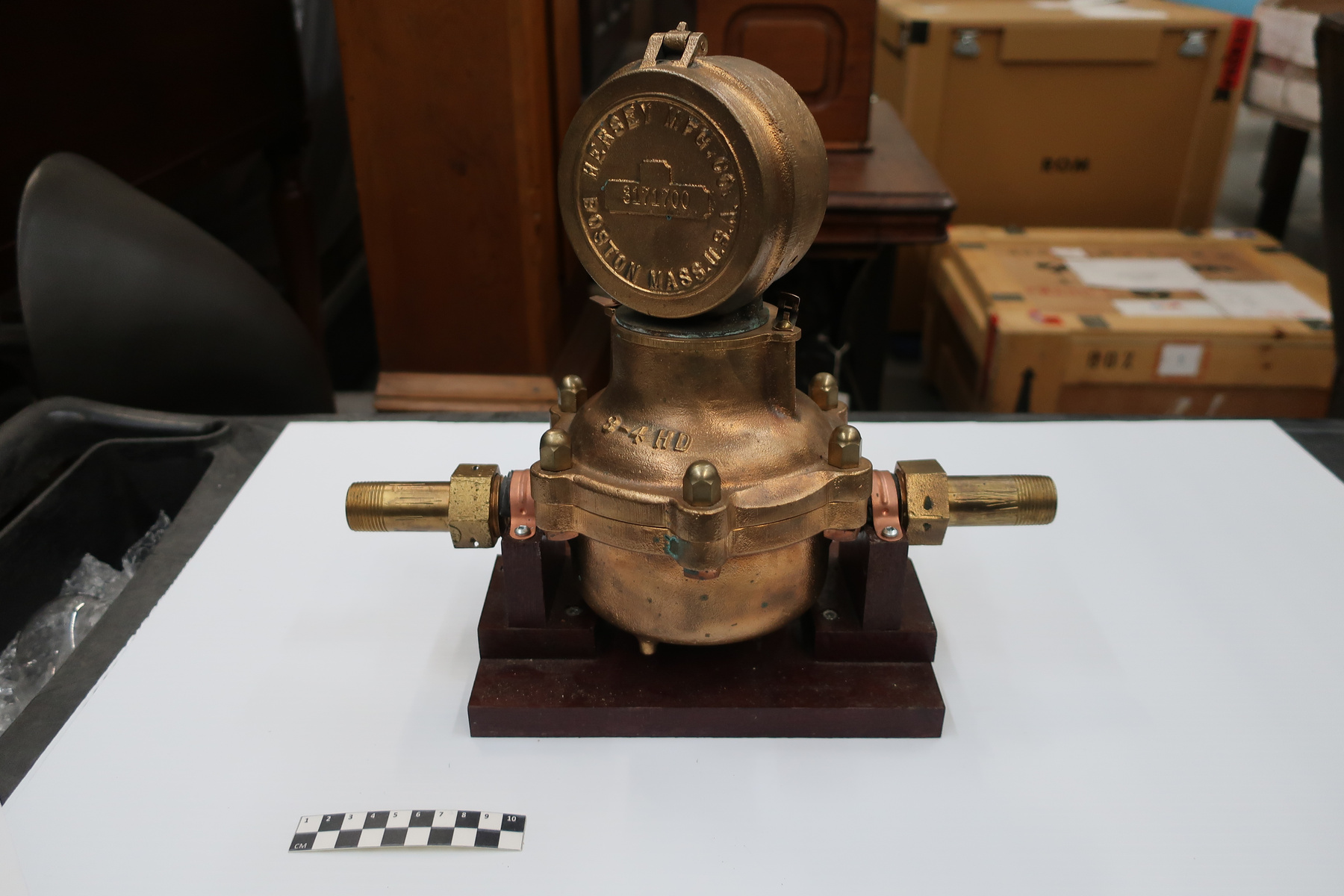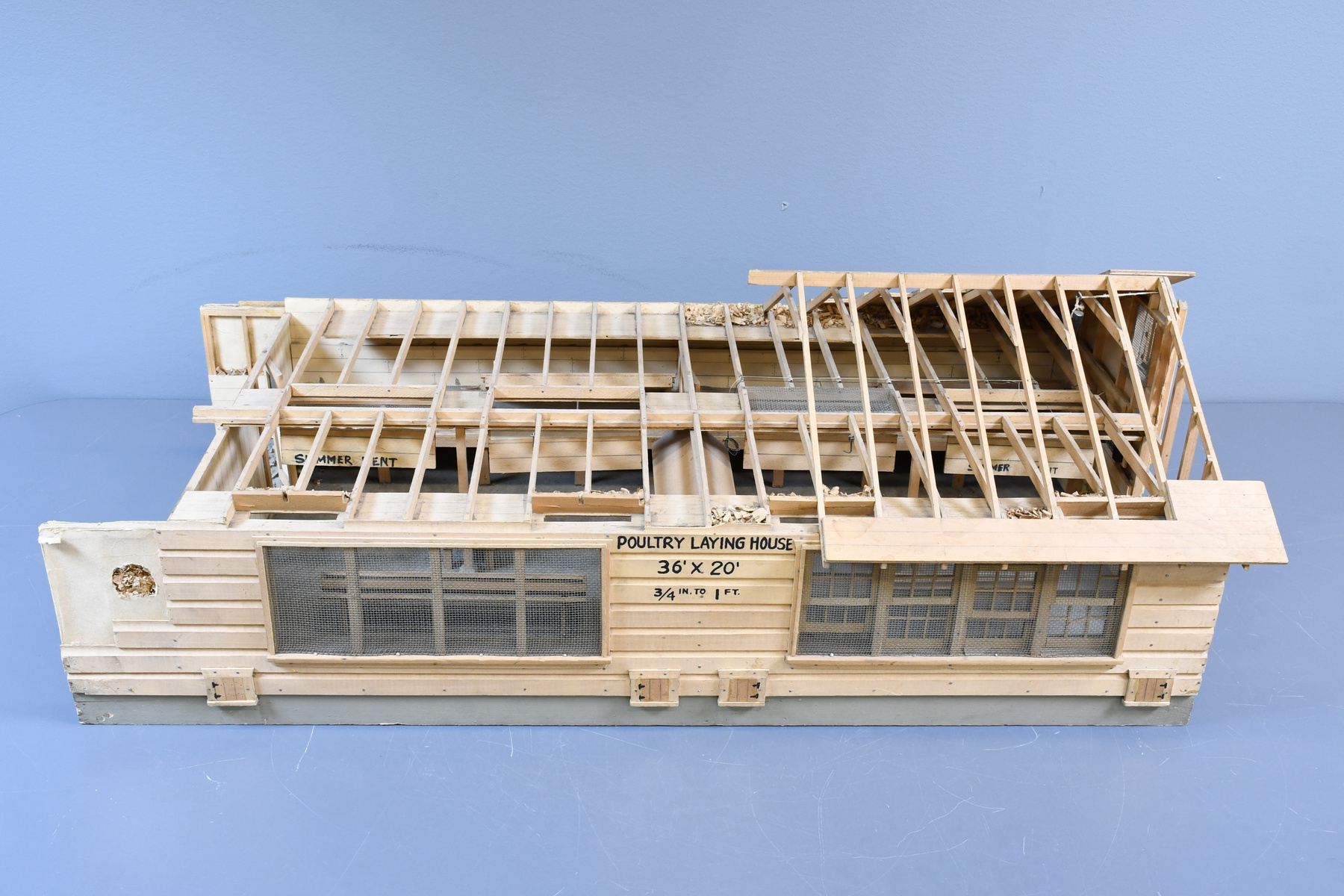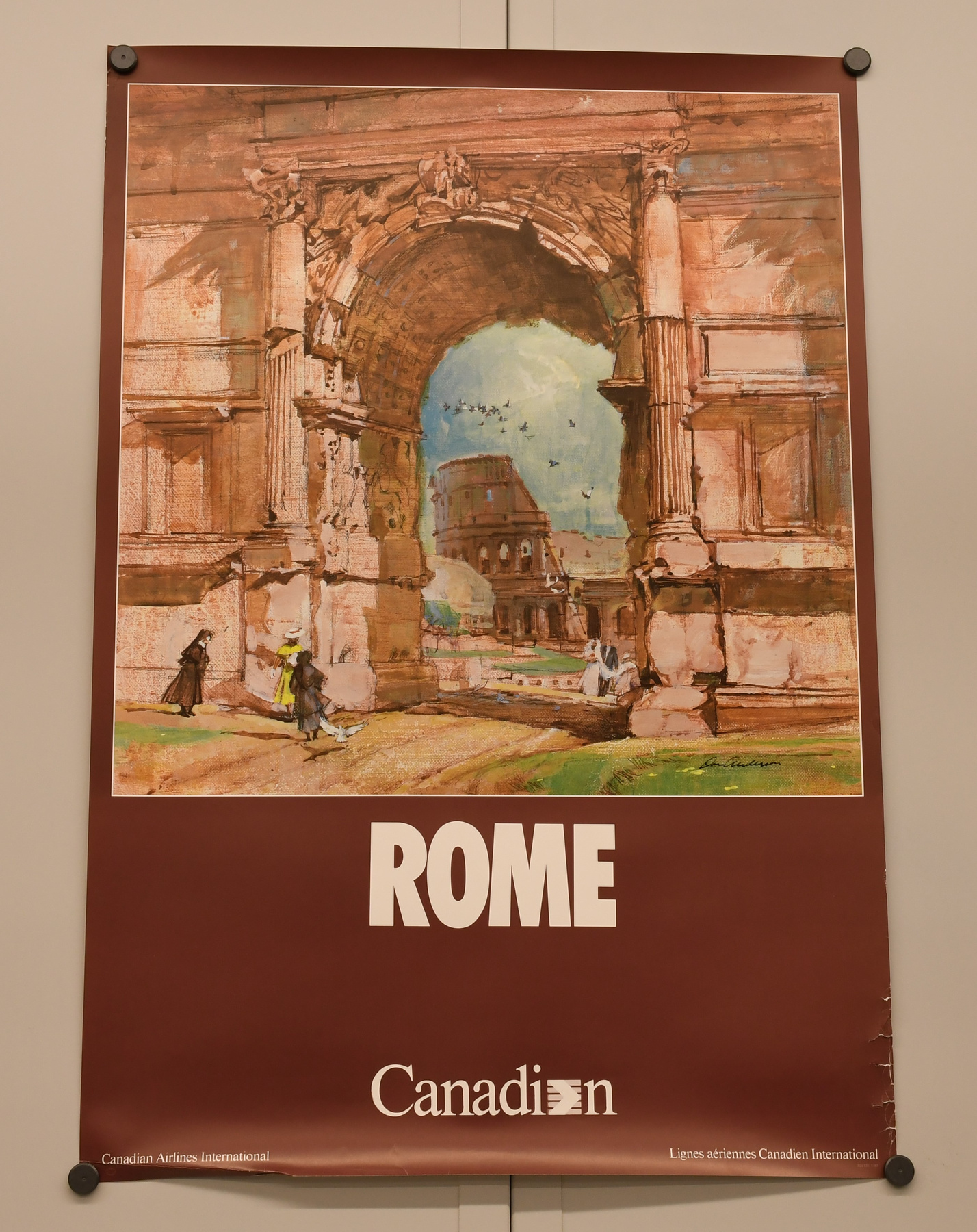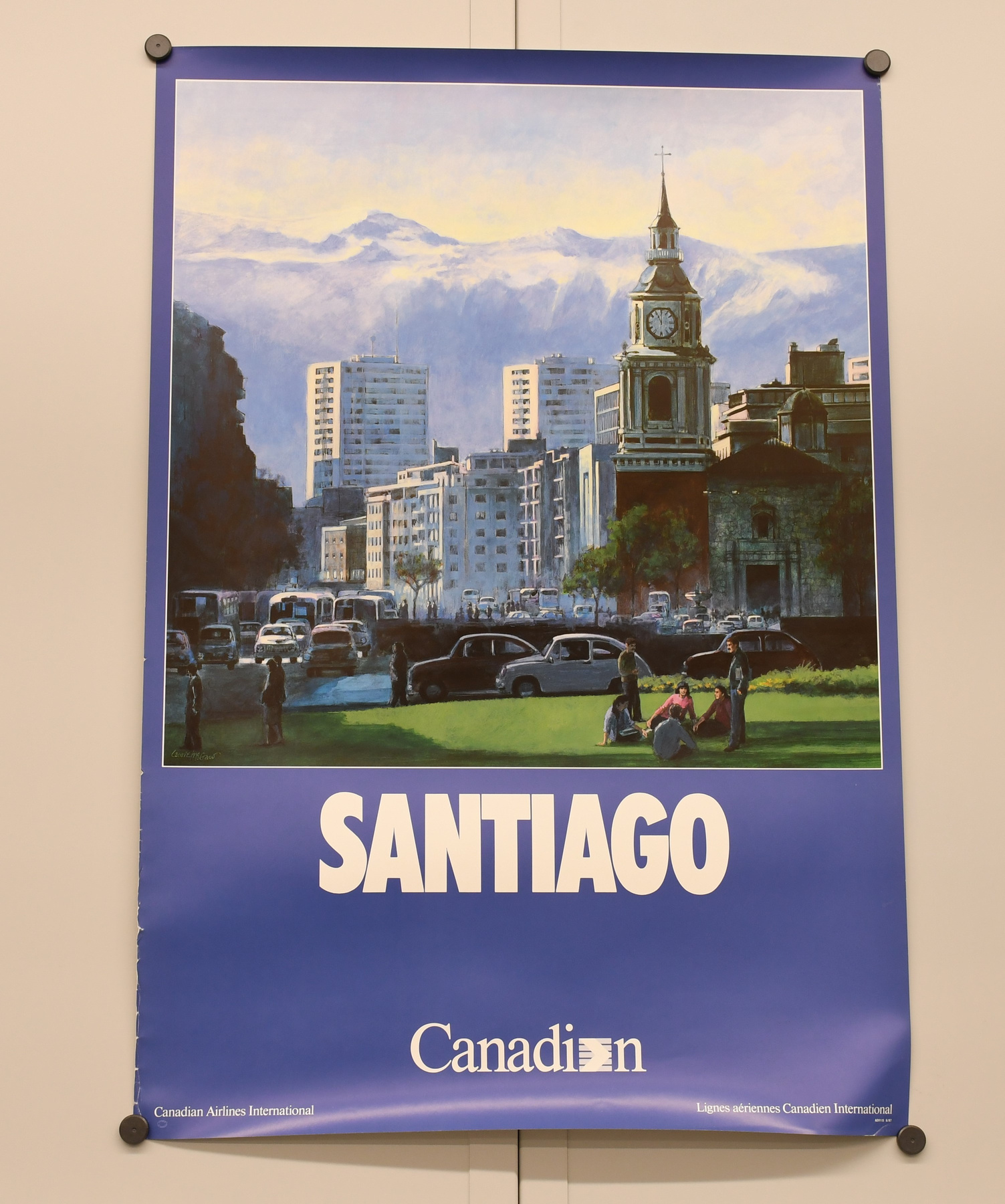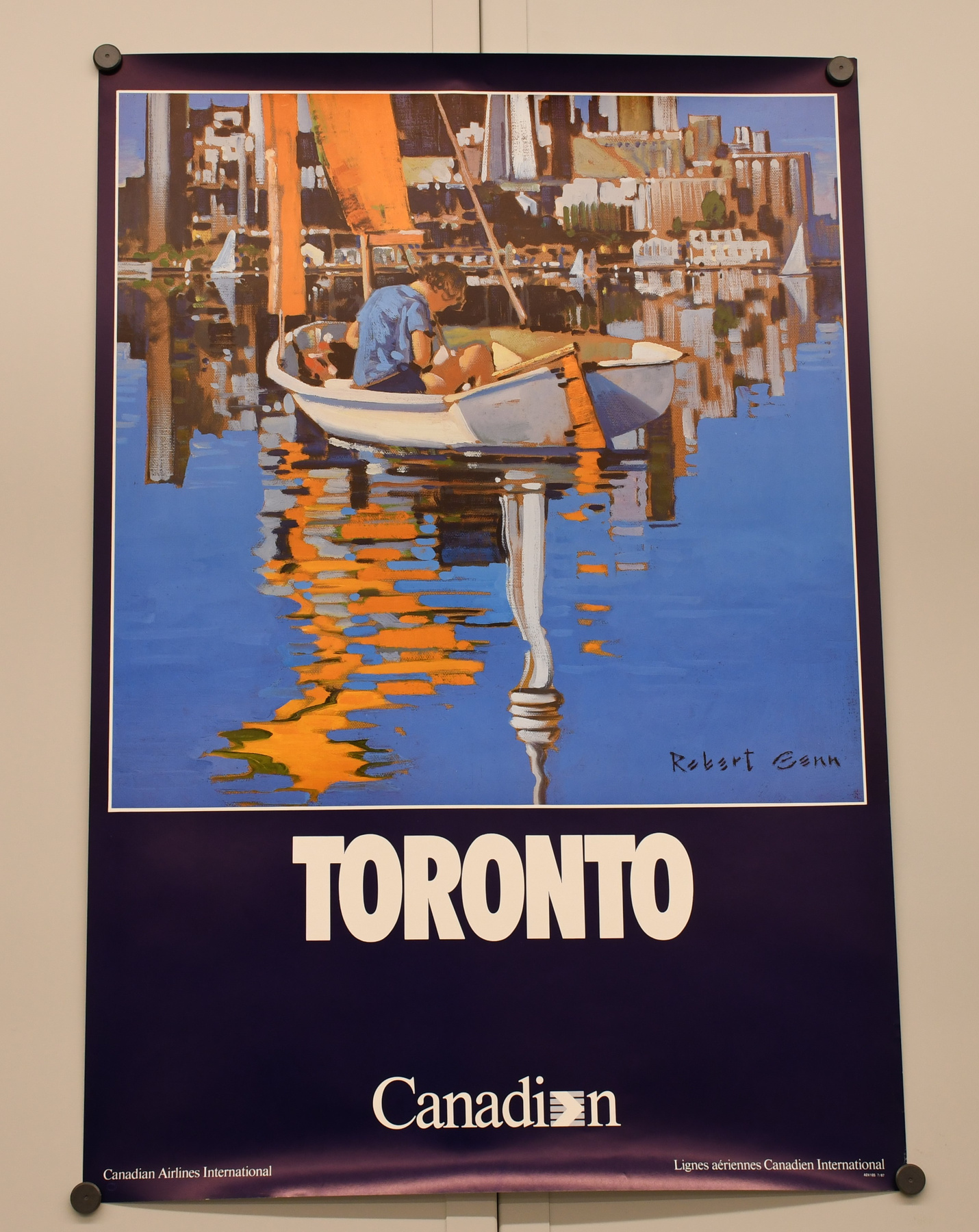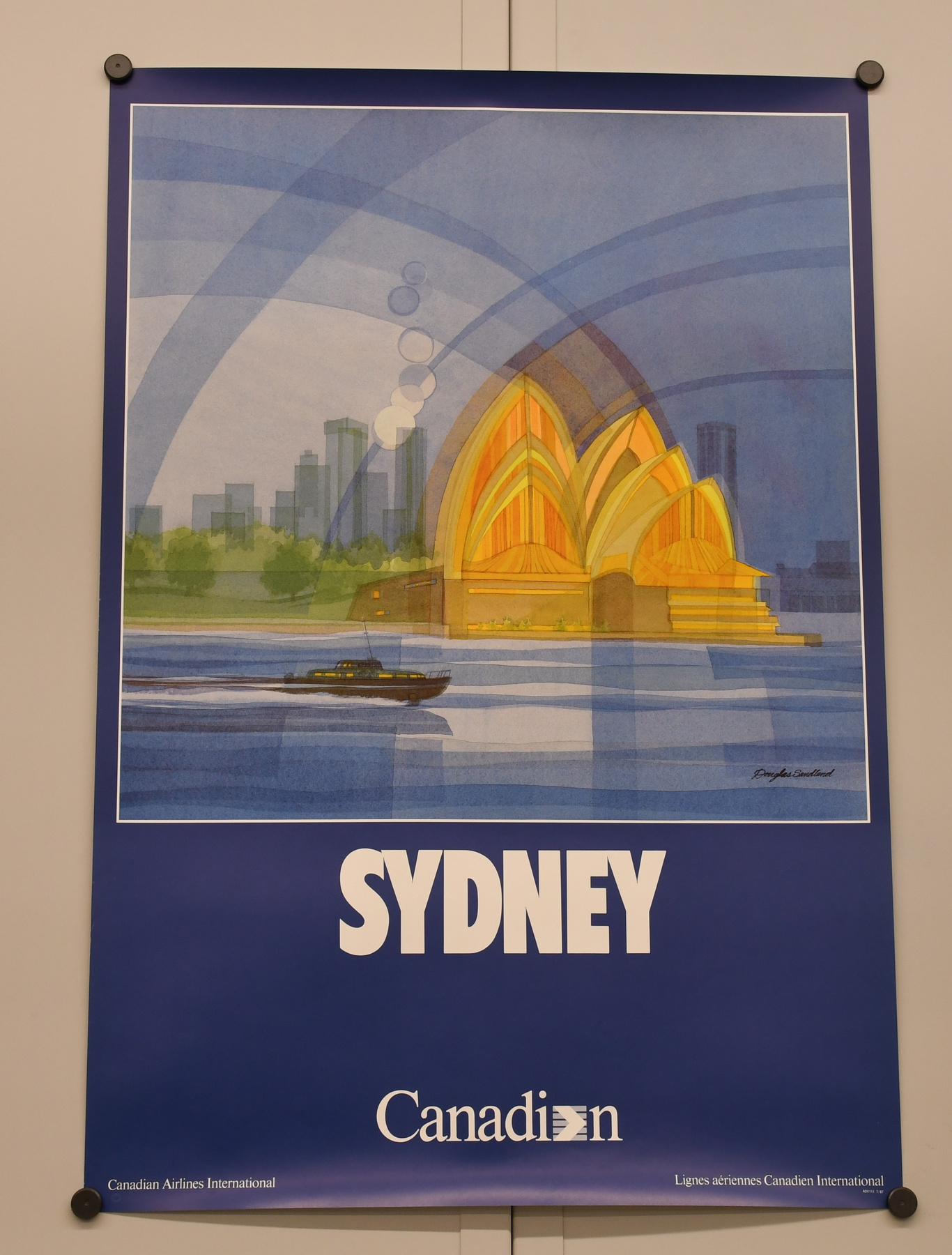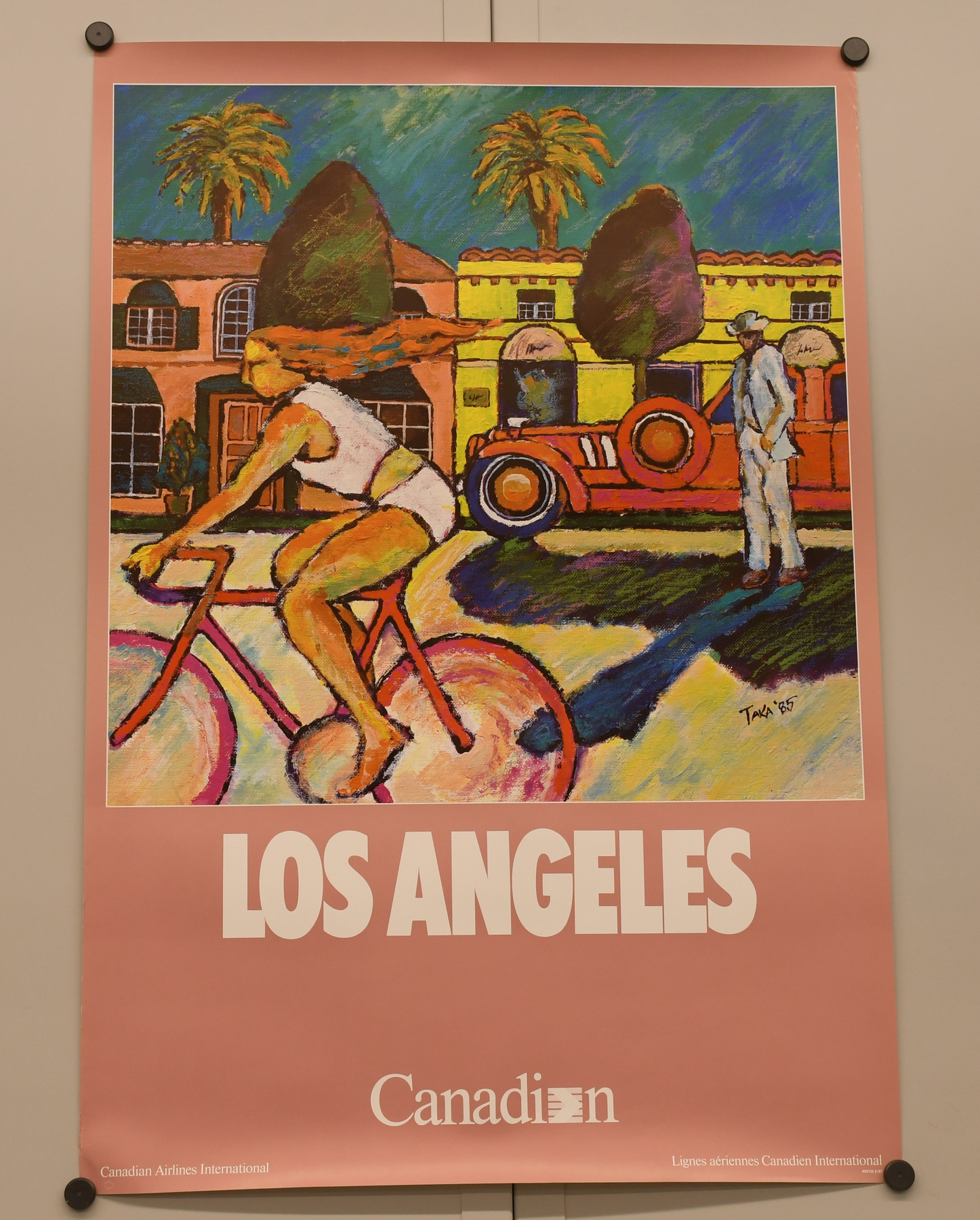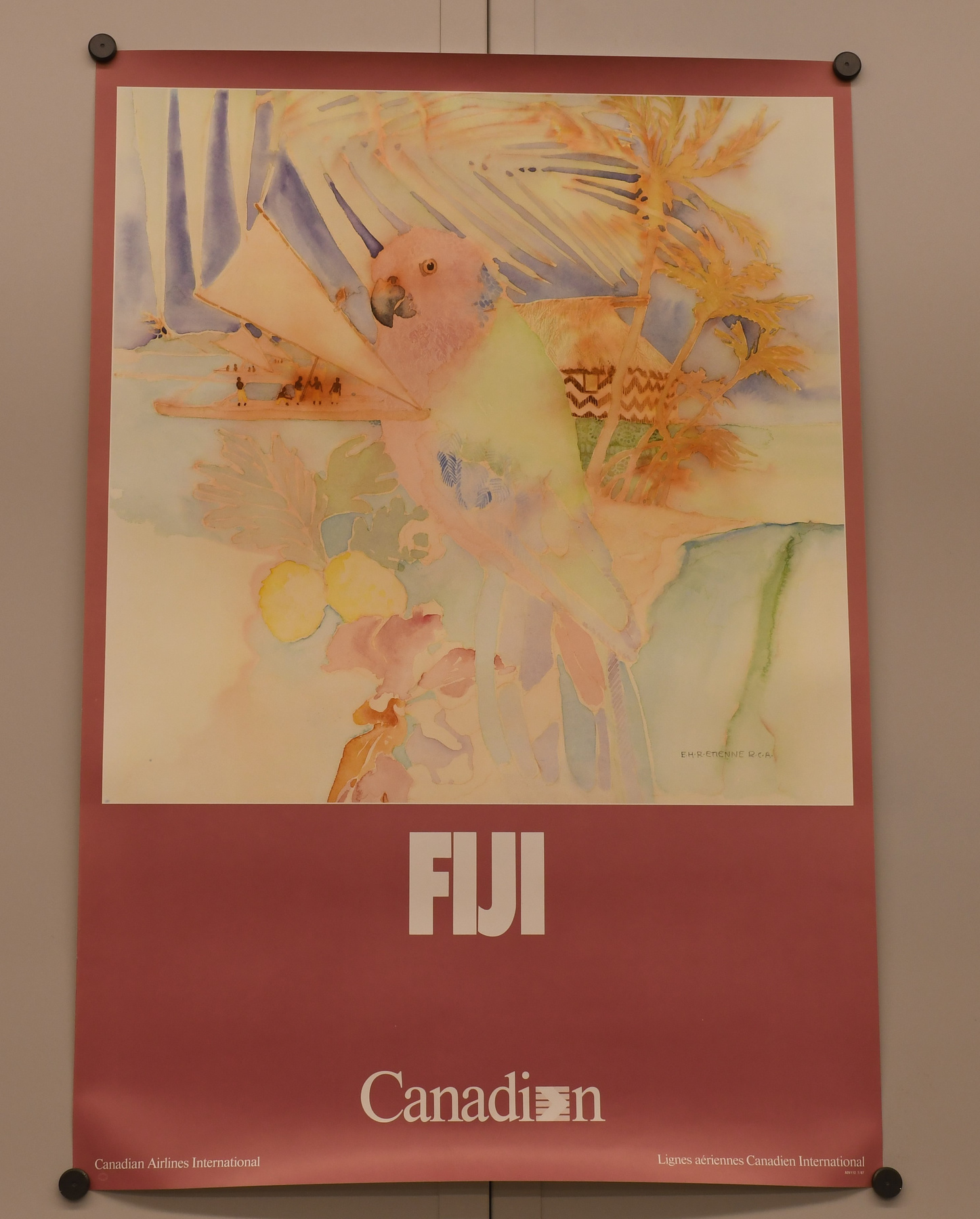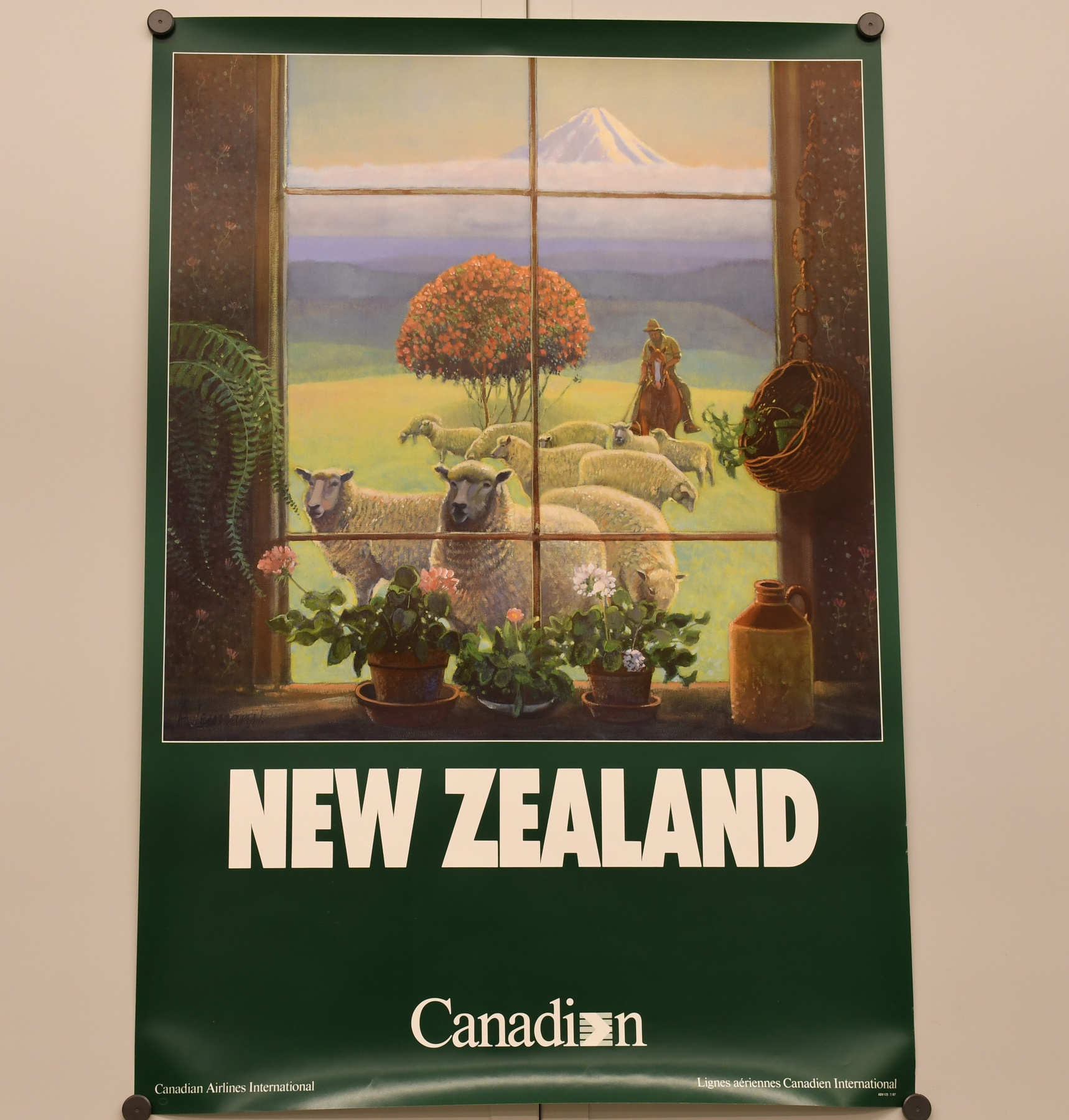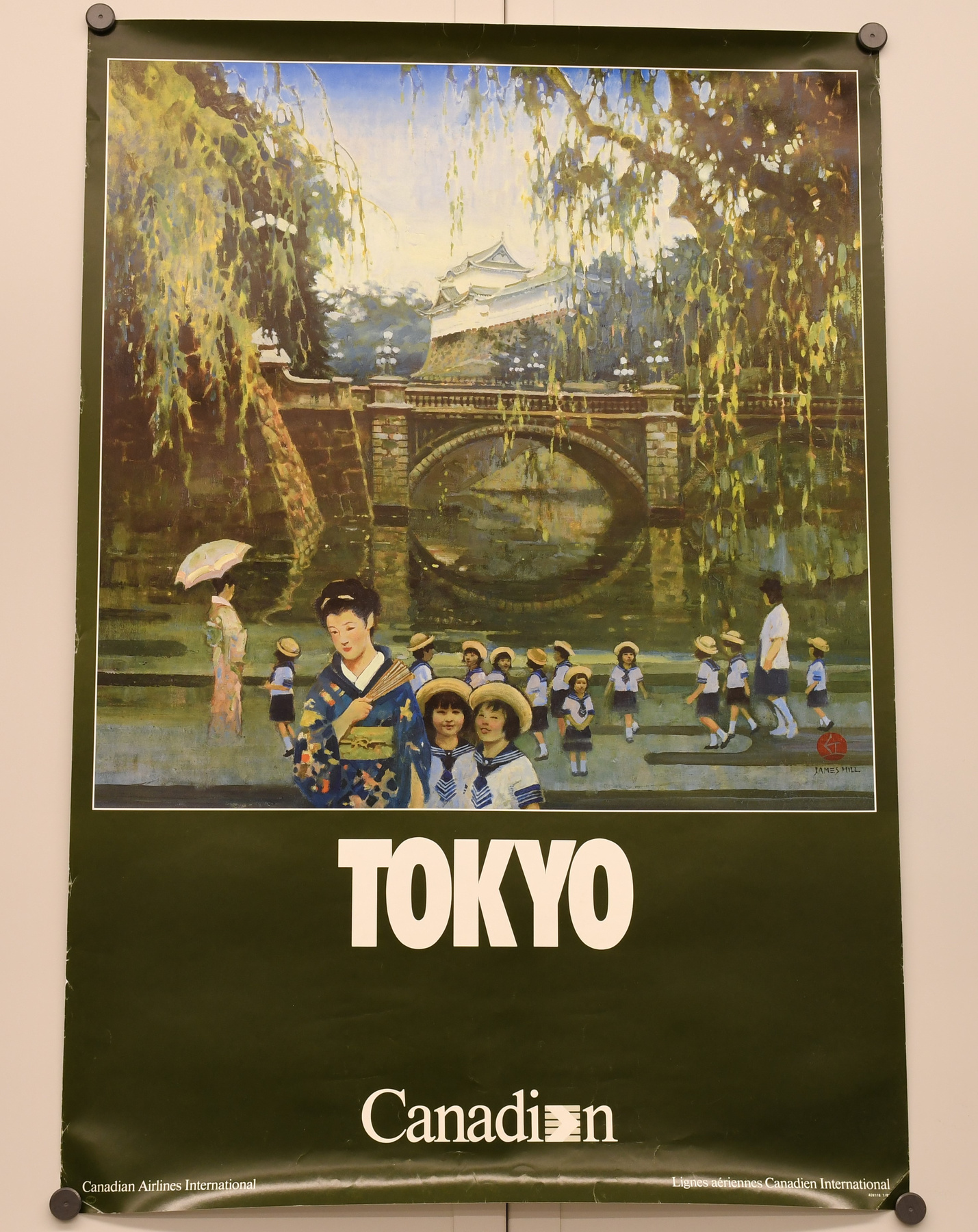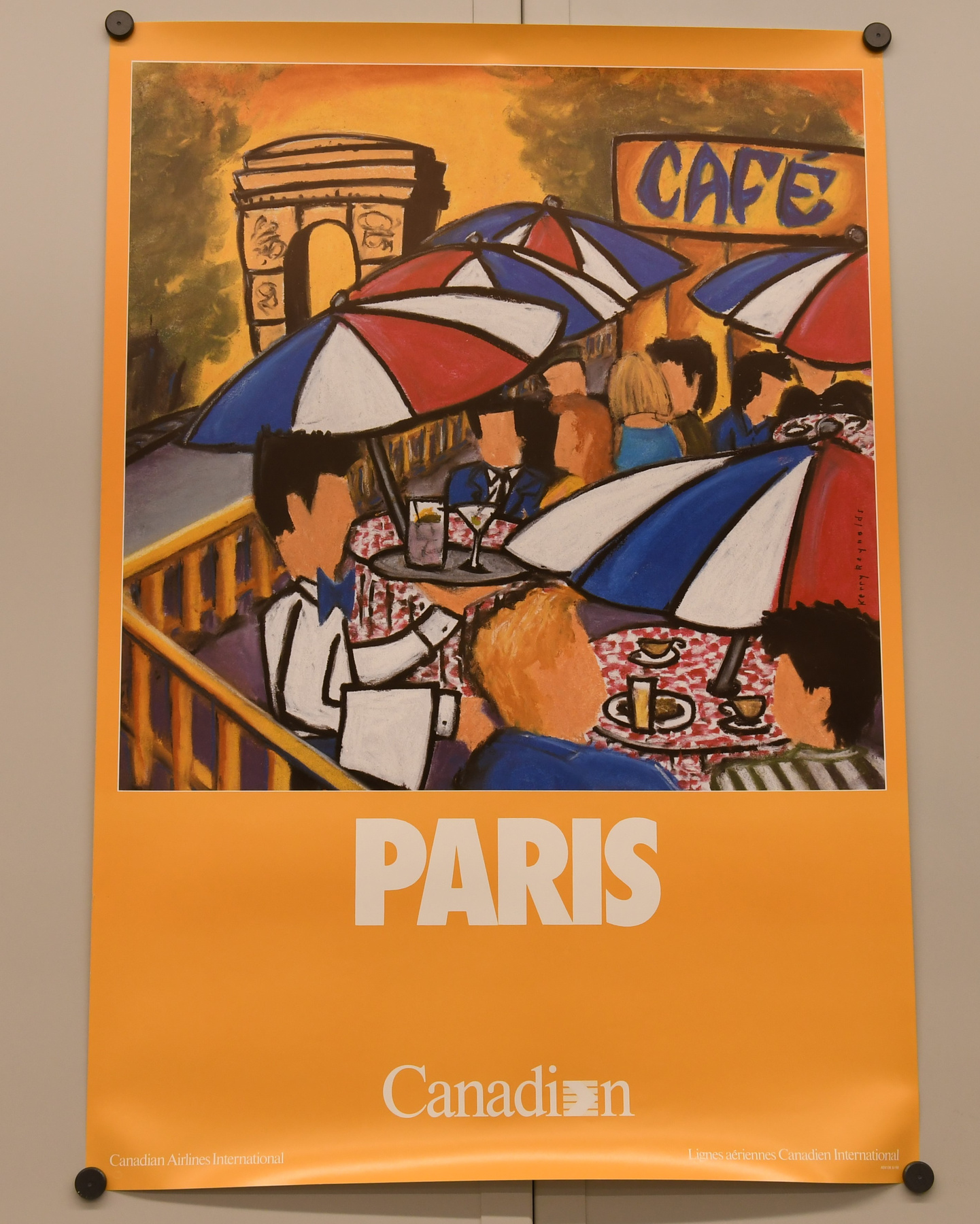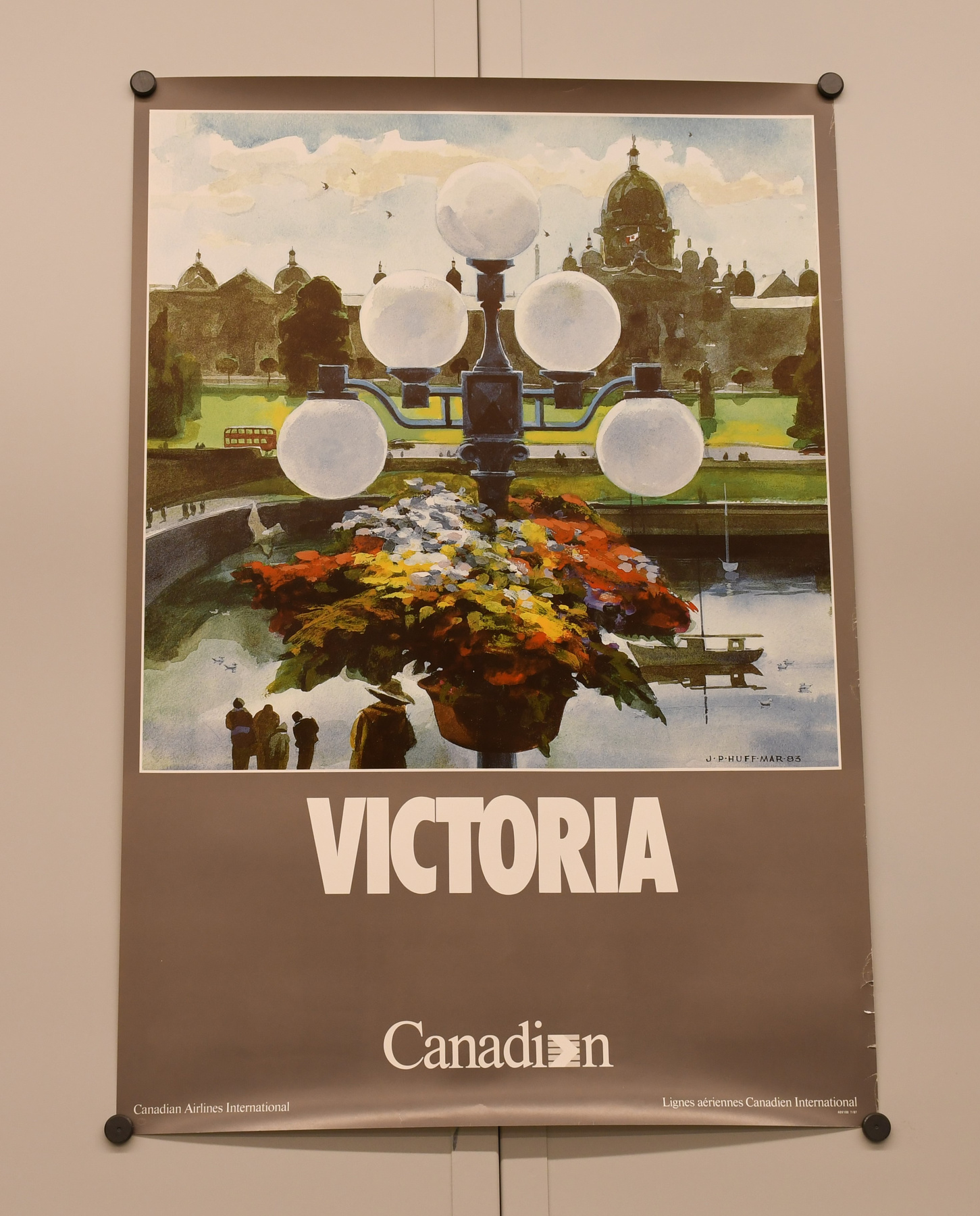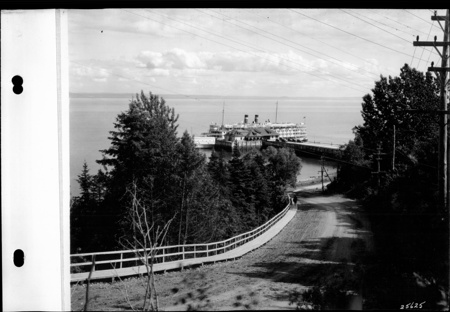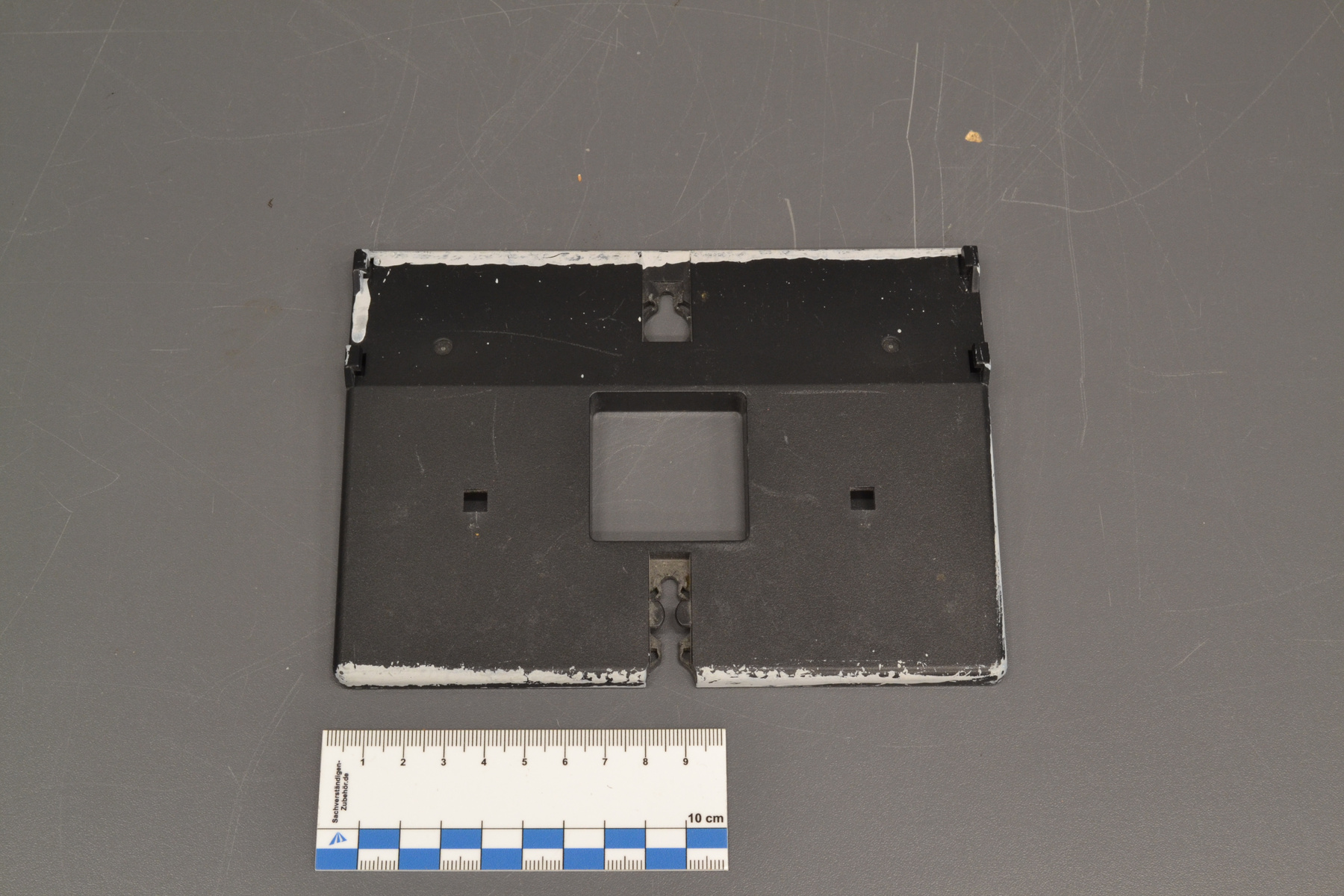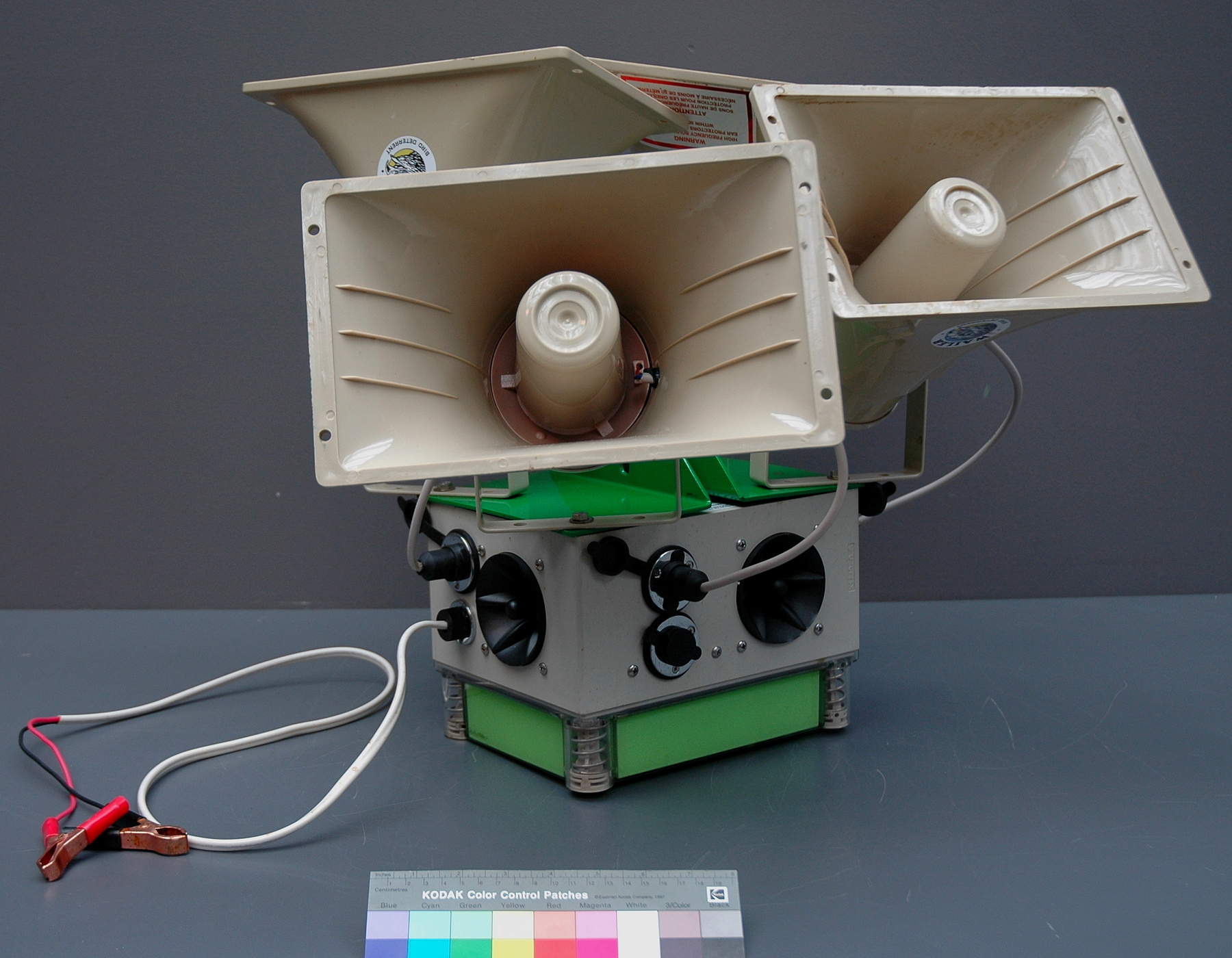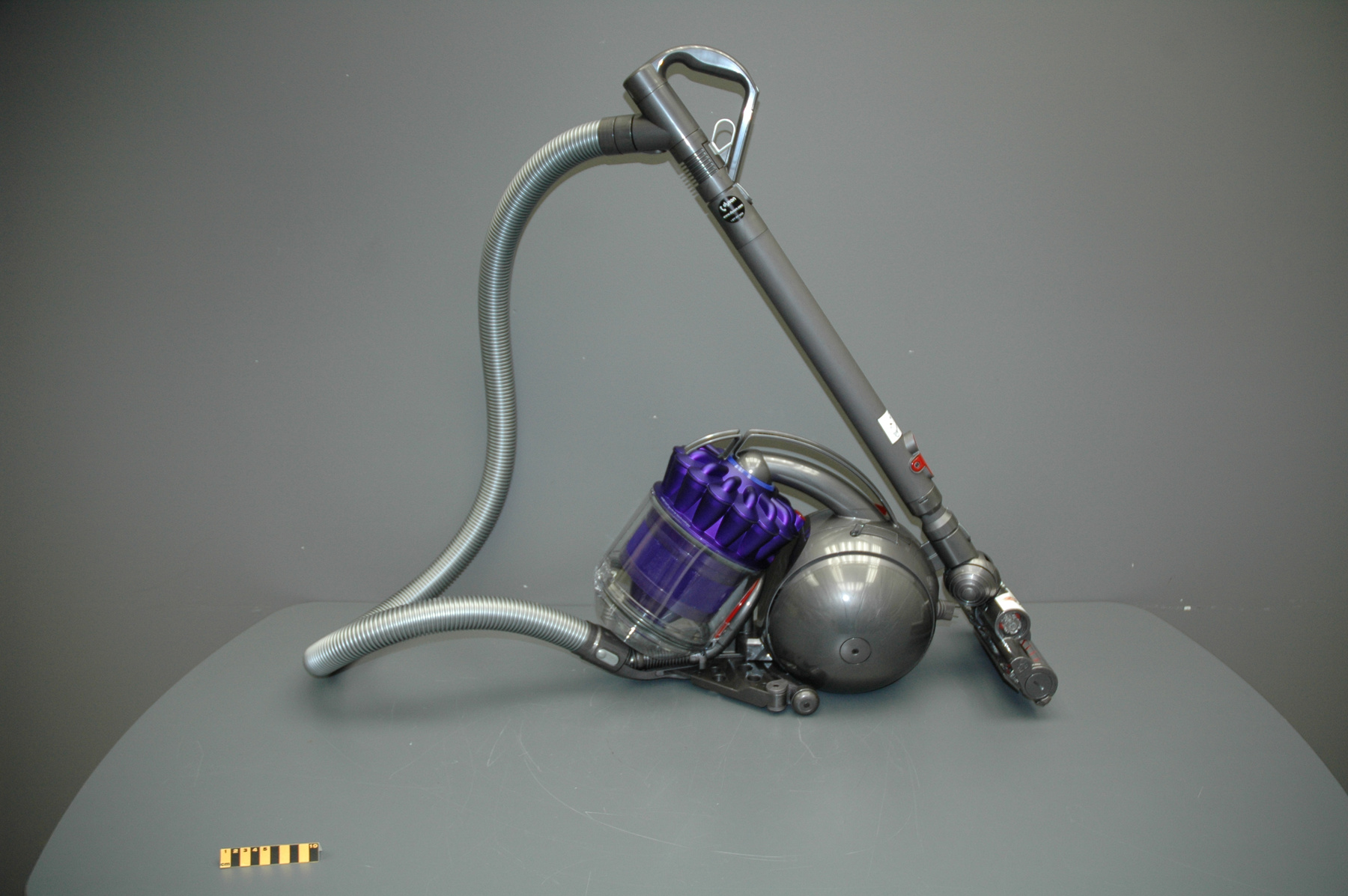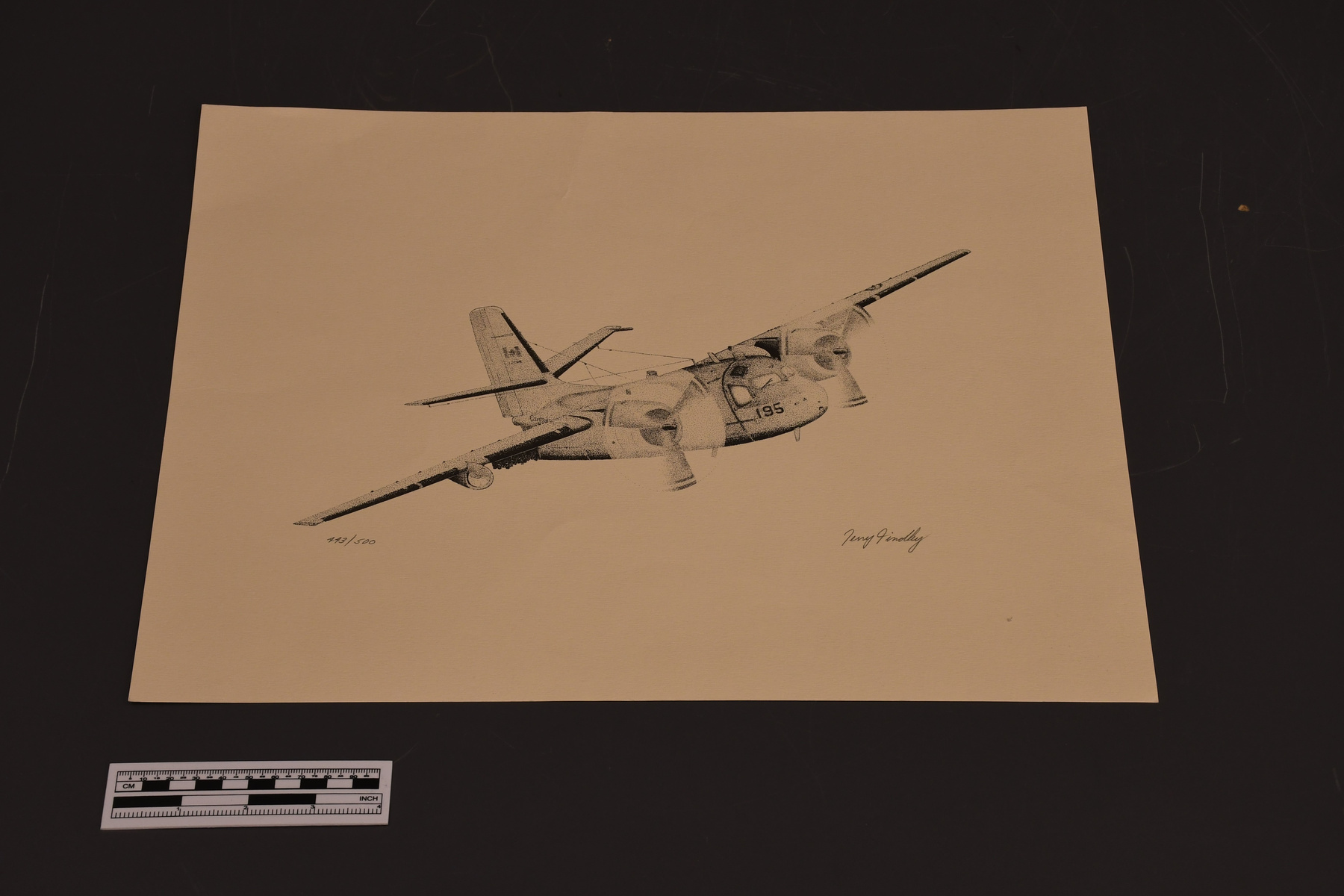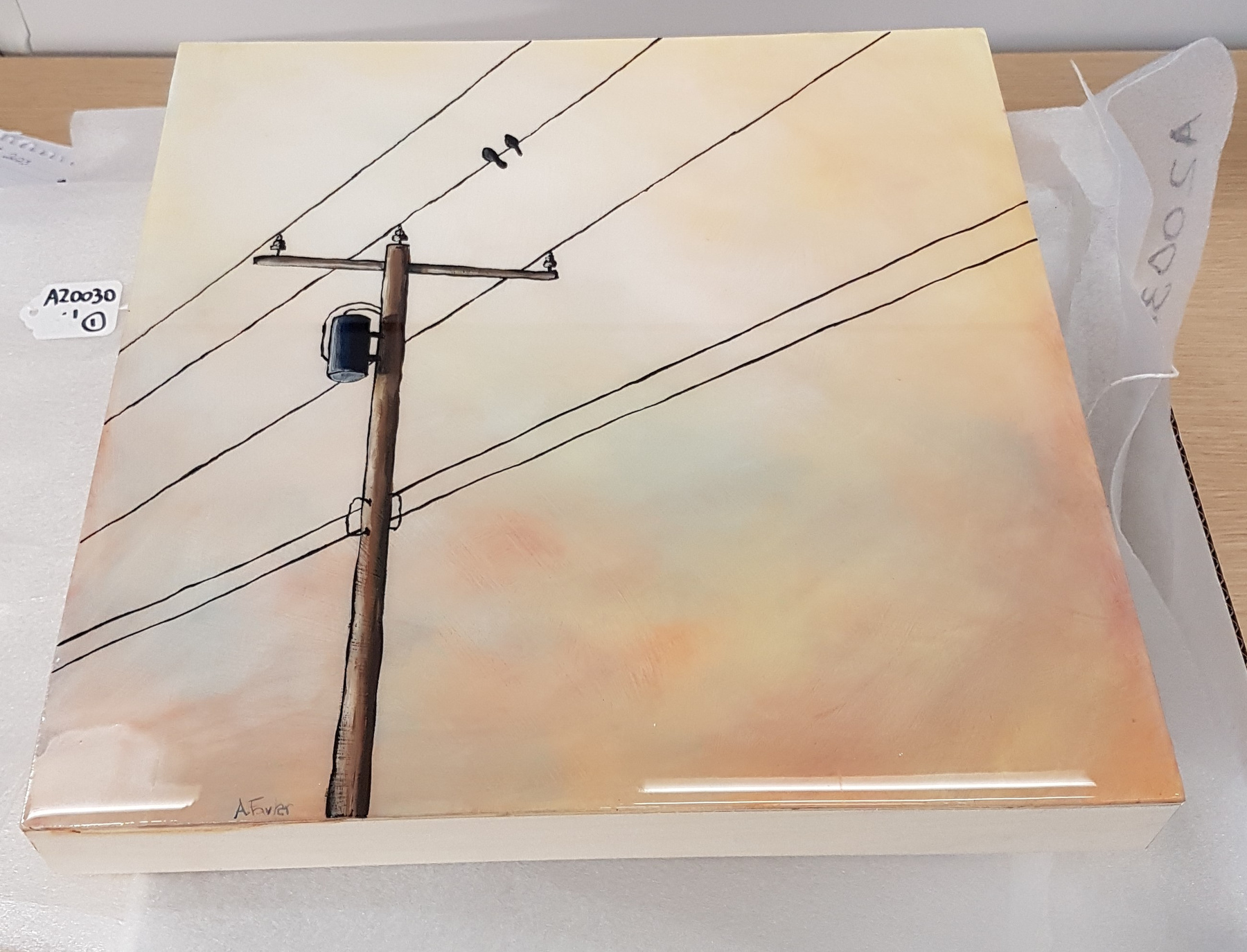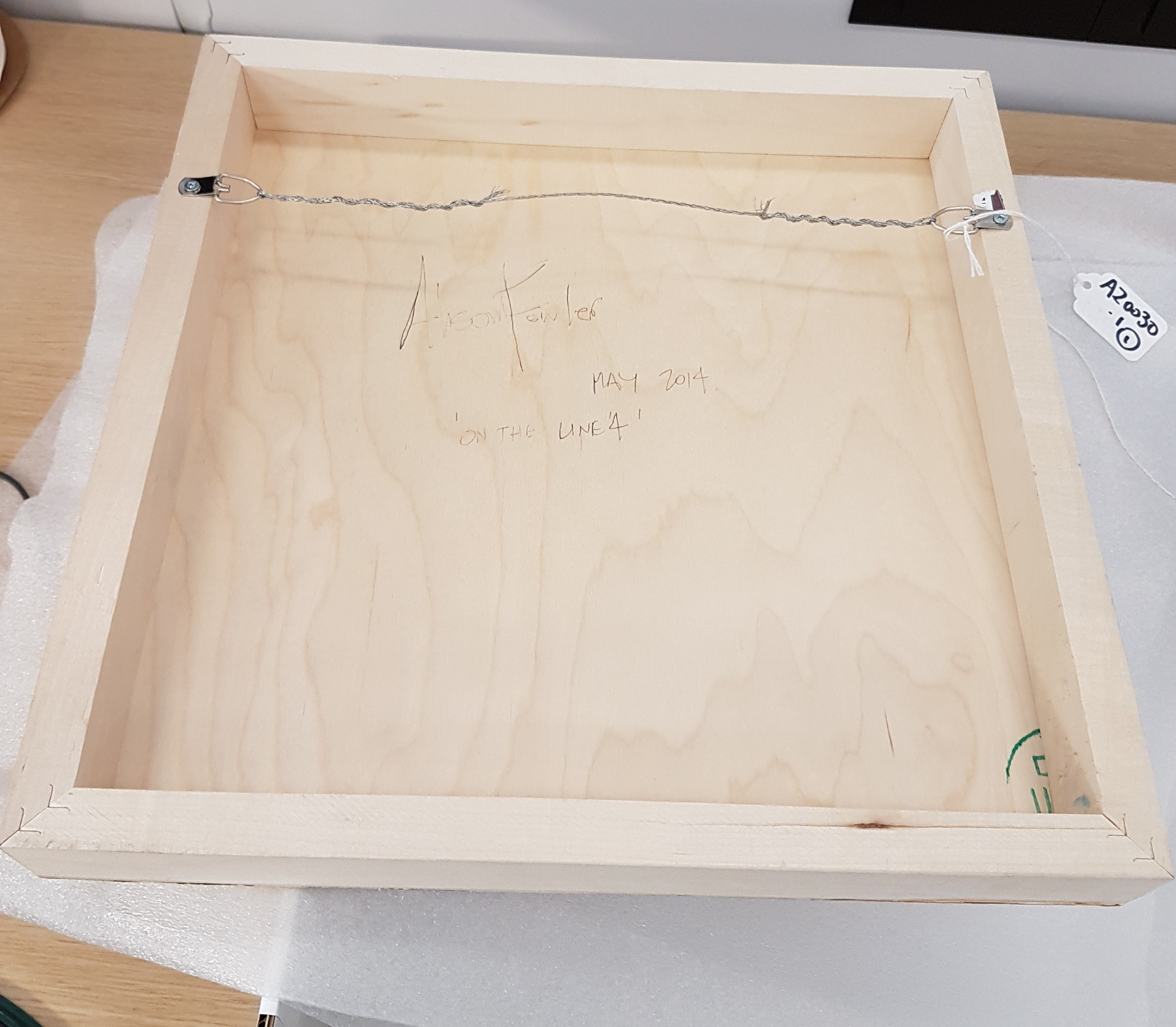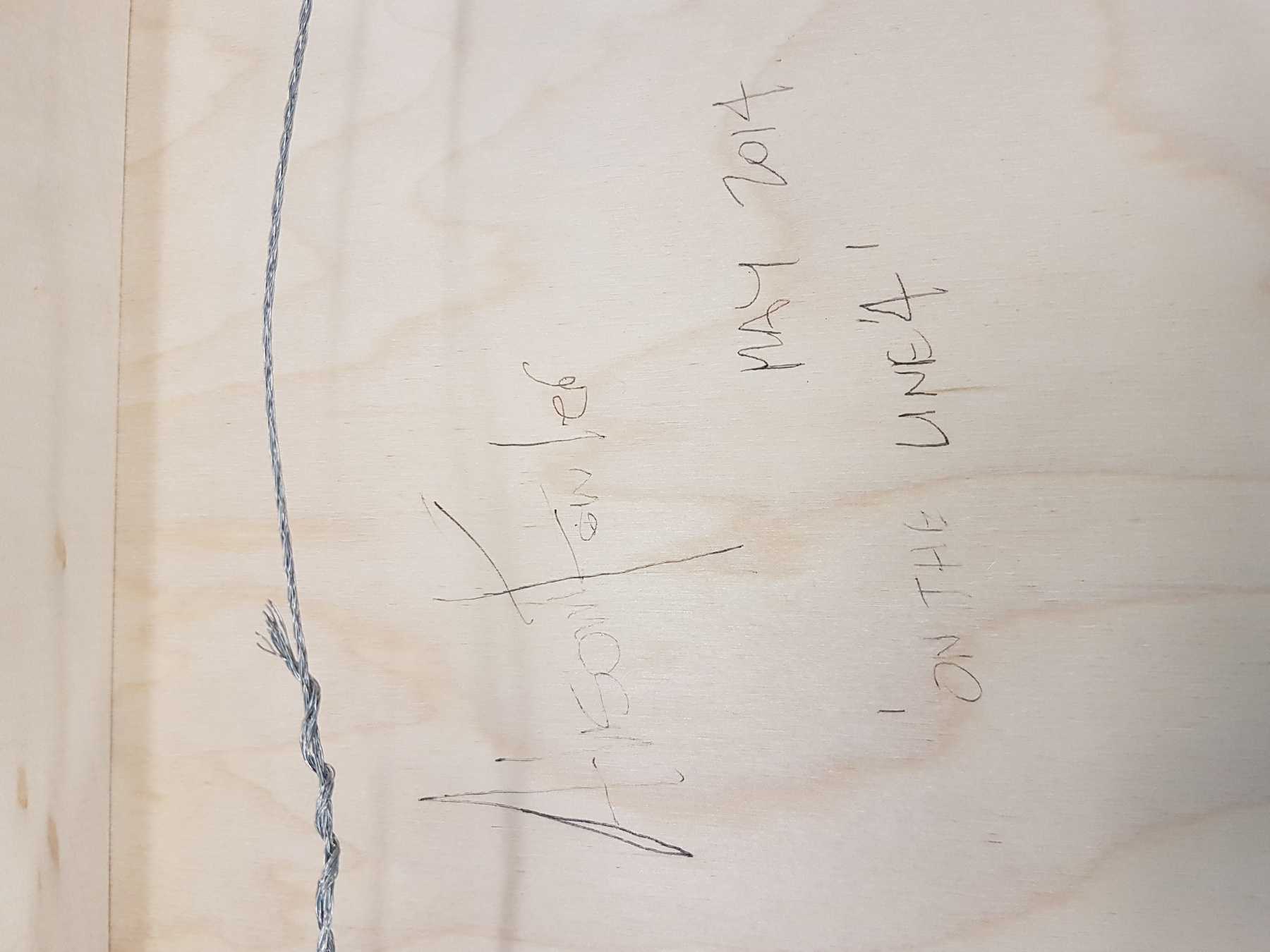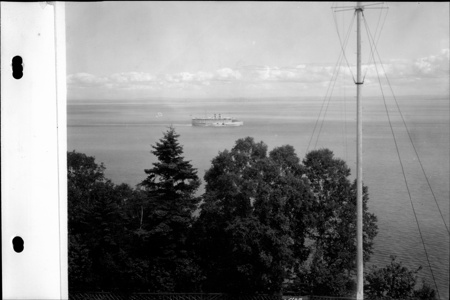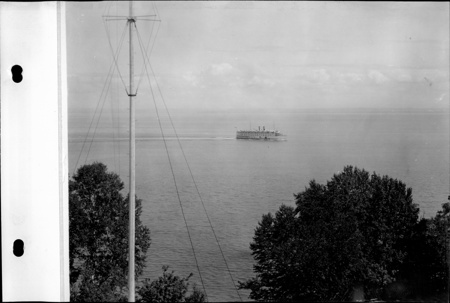Painting
Use this image
Can I reuse this image without permission? Yes
Object images on the Ingenium Collection’s portal have the following Creative Commons license:
Copyright Ingenium / CC BY-NC-ND (Attribution-NonCommercial 4.0 International (CC BY-NC 4.0)
ATTRIBUTE THIS IMAGE
Ingenium,
2014.0379.001
Permalink:
Ingenium is releasing this image under the Creative Commons licensing framework, and encourages downloading and reuse for non-commercial purposes. Please acknowledge Ingenium and cite the artifact number.
DOWNLOAD IMAGEPURCHASE THIS IMAGE
This image is free for non-commercial use.
For commercial use, please consult our Reproduction Fees and contact us to purchase the image.
- OBJECT TYPE
- N/A
- DATE
- 2014
- ARTIFACT NUMBER
- 2014.0379.001
- MANUFACTURER
- Alicat Art Studio
- MODEL
- Birds on a Wire 4
- LOCATION
- Ottawa, Ontario, Canada
More Information
General Information
- Serial #
- N/A
- Part Number
- 1
- Total Parts
- 1
- AKA
- N/A
- Patents
- N/A
- General Description
- Canvas with wooden frame with acrylic paint, varnish and transparent iron oxide.
Dimensions
Note: These reflect the general size for storage and are not necessarily representative of the object's true dimensions.
- Length
- 35.5 cm
- Width
- 35.5 cm
- Height
- 4.0 cm
- Thickness
- N/A
- Weight
- N/A
- Diameter
- N/A
- Volume
- N/A
Lexicon
- Group
- Energy-electric
- Category
- Transmission & distribution
- Sub-Category
- N/A
Manufacturer
- AKA
- Unknown
- Country
- Canada
- State/Province
- Ontario
- City
- Ottawa
Context
- Country
- Canada
- State/Province
- Ontario
- Period
- 2014
- Canada
-
This painting, depicting distribution lines somewhere in Ottawa, is part of a series of painting called: Birds on a wire. In the words of the artist, Alison Fowler: “'birds on a wire' series illustrates the somewhat over looked bond of nature and human technology. The painting nicely juxtapositions power lines, which one could argue are an ultimate symbol of our energy-dependant lives, with elements of nature: birds somewhat oblivious to the human-built environment, and unsettling orange sky. The power lines, although to an untrained eye seem realistic, in fact are a simple representation of the idea of electrification rather than a detail portrayal of a distribution network. It seems to place the distribution line somewhere between the human perception and the birds’ point of view. The two small birds use the line as they would a branch of a tree. They transform the wooden pole and the lines into a hybrid of nature and man-made environment. The fusion of nature and urbanity is reinforced by the orange sky, which brings to mind a sunset or a fire, but also has a hint of artificial illumination. Alison Fowler is an artist based in Ottawa. She lists Lawren Harris, Emily Carr, and Jean Paul Riopell as major influences. Alison often depicts nature in her paintings. She uses straightforward compositions with lots of layering and vibrant colours. She often features trees and birds in her art, but recently became interested in urban scenes, especially power lines on street corners, which viewers can recognize. Cette peinture, qui illustre des lignes électriques quelque part à Ottawa, fait partie d'une série de peintures intitulé "Birds on a wire". Selon l'artiste Alison Fowler, la série "Birds on a wire" illustre le lien négligé entre la nature et la technologie humaine. Cette peinture met bien en contraste les lignes électriques, qui sont un symbole ultime de la dépendance humaine sur l'énergie et les éléments naturels comme les oiseaux et aussi le ciel orangé. Les lignes électriques représentes de façon simple l'idée d'électrification. L'artiste semble placé la ligne d'électricité entre la perception de l'humain et la perception du point de vue des oiseaux. Les deux petits oiseaux utilise la ligne d'électricité comme une branche d'arbre. Les oiseaux transforment le poteau de bois et les lignes en hybride nature et le monde humain. La fusion entre la nature et urbanité est renforcie par le ciel orangé, ce qui nous fait penser à un lever de soleil ou un feu. Alison Fowler es une artiste située à Ottawa. Elle reconnait Lawren Harris, Emily Carr et Jean-Paul Riopell en tant que grandes influences. Elle utilise des compositions simples avec beaucoup de couches et des couleurs vibrantes. Elle utilise souvent des arbres et des oiseaux dans ses pièces. Récemment, elle est devenue intéressé par les scènes urbaines, particulièrement les lignes d'électricités. Ce style simple et les couleurs vibrantes de cette peinture représente bien le style d'Alison. Son illustration de ligne électrique transformé en nature reflète ses intérêts. - Function
-
Artistic representation of technology and nature. Représentation artistique de la technologie et la nature. - Technical
-
The process of electrification, and especially power lines as its metonymy, has been depicted in European and North American popular art since the early 20th century. This popular art, examples of which can be found in our own trade literature collection, was designed to link the concept of electrification with the idea of progress. It had a very clear goal: to attract consumers, and votes. The motif of electrification has also been present in high art, especially among socially-conscious artists and in the social realism. In the United States, the topic often appears in the New Deal art and modernist graphic art. The theme was especially prevalent in Soviet Union and was closely link to propaganda art, but was also present in the social realism across Europe. Although, the subject became less popular in the second half of the 20th century, it never disappeared completely from art. Although power lines as an art subject have been quite wide spread, Canadian artists were not as ready as their European or American counterparts to use the motif. The scarcity of power lines as an art theme in Canada is actually quite telling and most likely linked to the predominance of nature as the topic of choice among Canadian artists. The proposed painting brings together the long standing tradition of depicting electrification in art with more prevalent in Canada context of nature and, by depicting easily recognizable urban landscape, the reemerging trend of depicting power lines in popular art. Le processus d'électrification, particulièrement les lignes d'électricité en tant que métonymie, a été bien représenté en art populaire en Europe et Amérique du Nord depuis le début du 20e siècle. Cet art populaire, (exemple qu'on peut retrouvé dans notre propre collection de littérature commerciale), avait l'intention de lié le concept d'électrification avec l'idée du progrès. Le but était clair: d'attirer des clients et des votes. Le motif de l'électrification a également été présent dans le grand art, en particulier chez les artistes socialement conscients et dans le réalisme social. Aux États-Unis, le sujet apparaît souvent dans l'art de la période du New Deal. Le thème était particulièrement répandu en Union soviétique et était étroitement lié à l'art de la propagande, mais était également présent dans le réalisme social à travers l'Europe. Bien que le sujet soit devenu moins populaire dans la seconde moitié du 20e siècle, il n'a jamais complètement disparu. Malgré le fait que le sujet artistique des lignes électriques étaient populaire, les artistes canadiens était plus réticent d'utiliser ce thème. Le manque de ligne électrique en tant que sujet d'art au Canada est indicatif que l'intérêt artistiques des artistes canadiens était plus directement lié à la nature. Cette peinture exemplifie la tradition de représenter l'électrification en art avec l'ajout du contexte canadien. De plus, cette peinture représente des structures urbaines facilement reconnaissables, particulièrement la ré-émergence des lignes électriques en art populaire. - Area Notes
-
Unknown
Details
- Markings
- On the bottom of the front of the canvas: "A. FOWLER" On the back of the canvas: ALISON FOWLER / MAY2014 / "ON THE LINE 4".
- Missing
- None apparent
- Finish
- Canvas with wooden frame with acrylic paint, varnish and transparent iron oxide. Toile avec perimètre en bois avec peinture acrylique, vernis et oxyde de fer transparent.
- Decoration
- N/A
CITE THIS OBJECT
If you choose to share our information about this collection object, please cite:
Alicat Art Studio, Painting, circa 2014, Artifact no. 2014.0379, Ingenium – Canada’s Museums of Science and Innovation, http://collection.ingeniumcanada.org/en/id/2014.0379.001/
FEEDBACK
Submit a question or comment about this artifact.
More Like This
